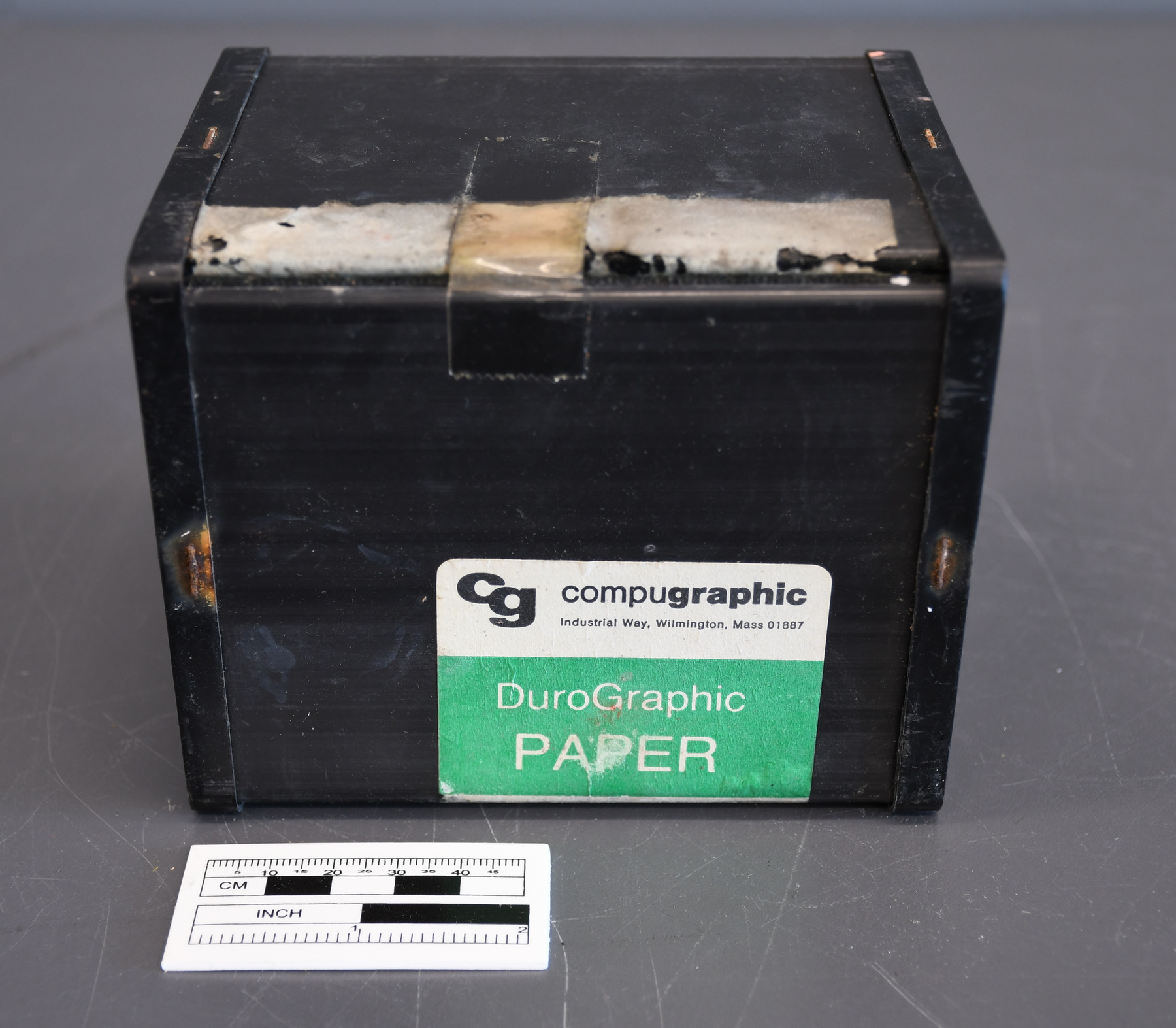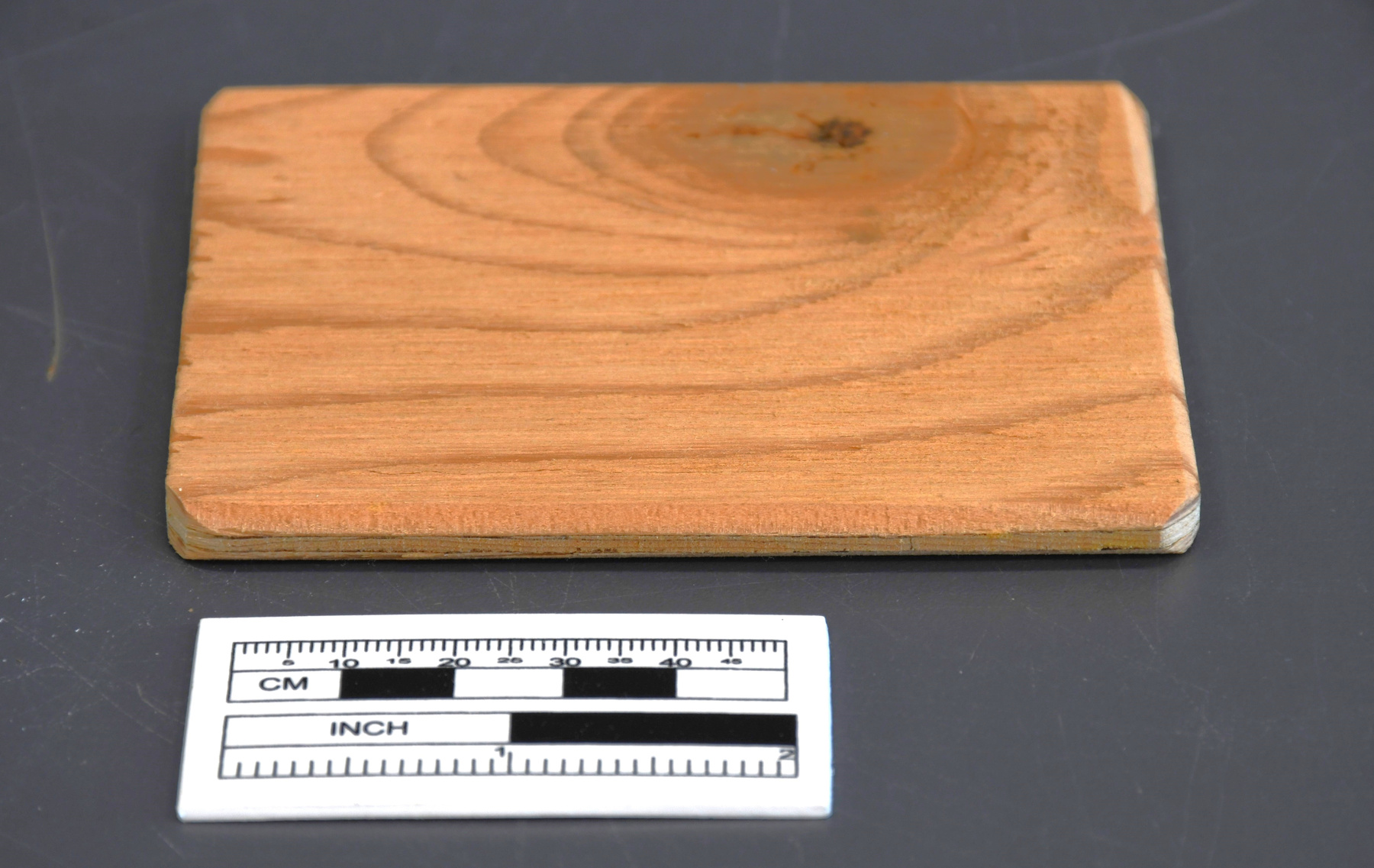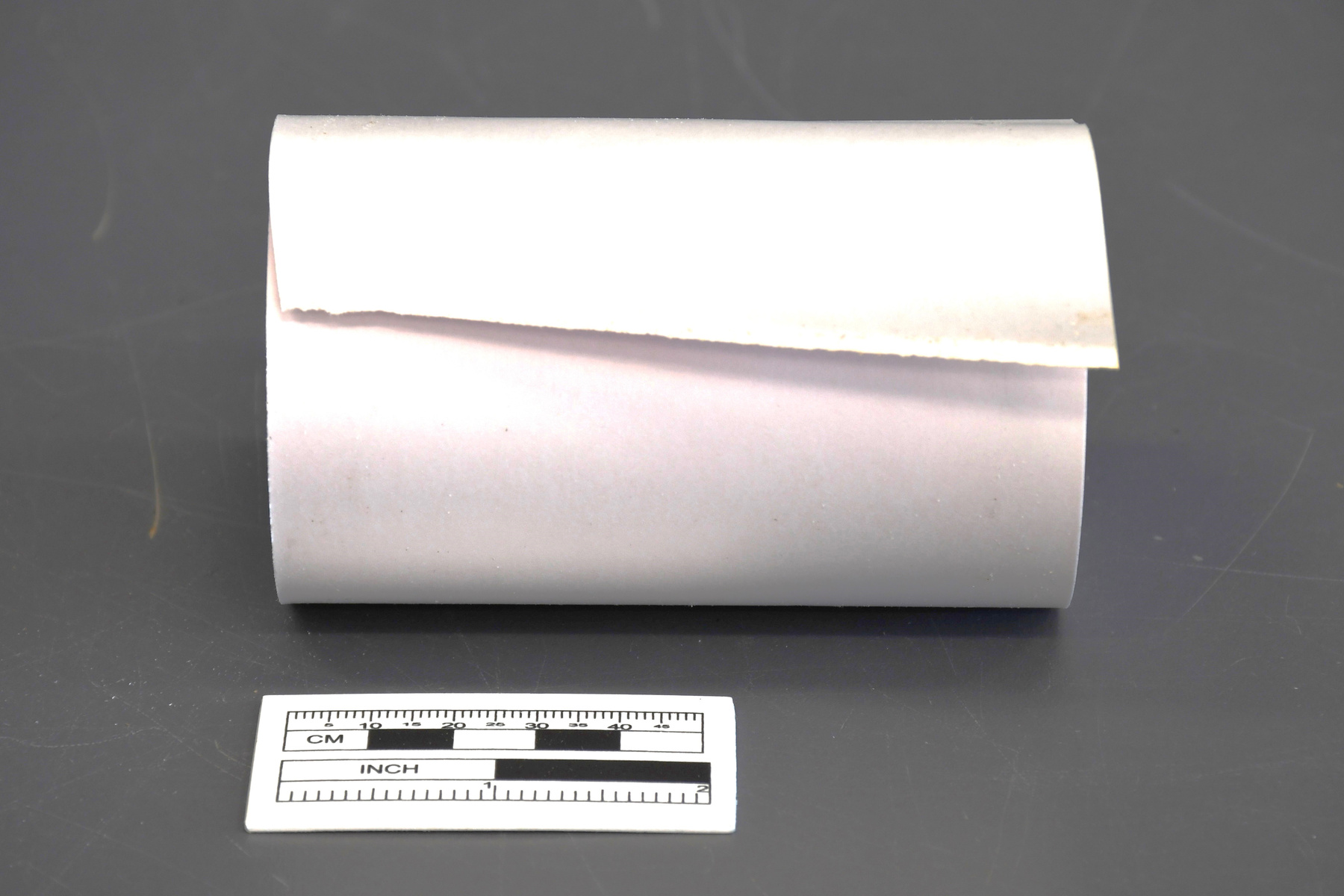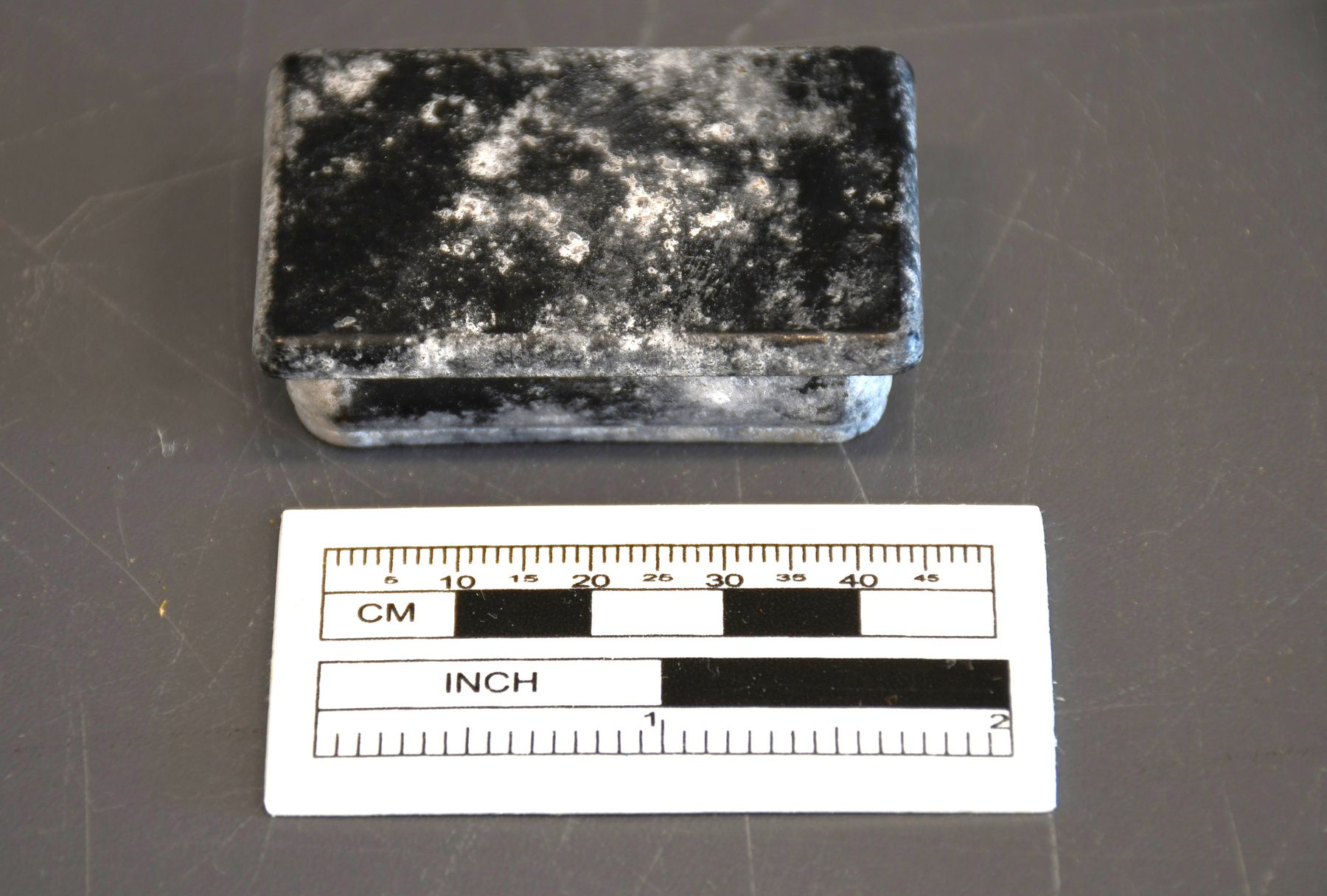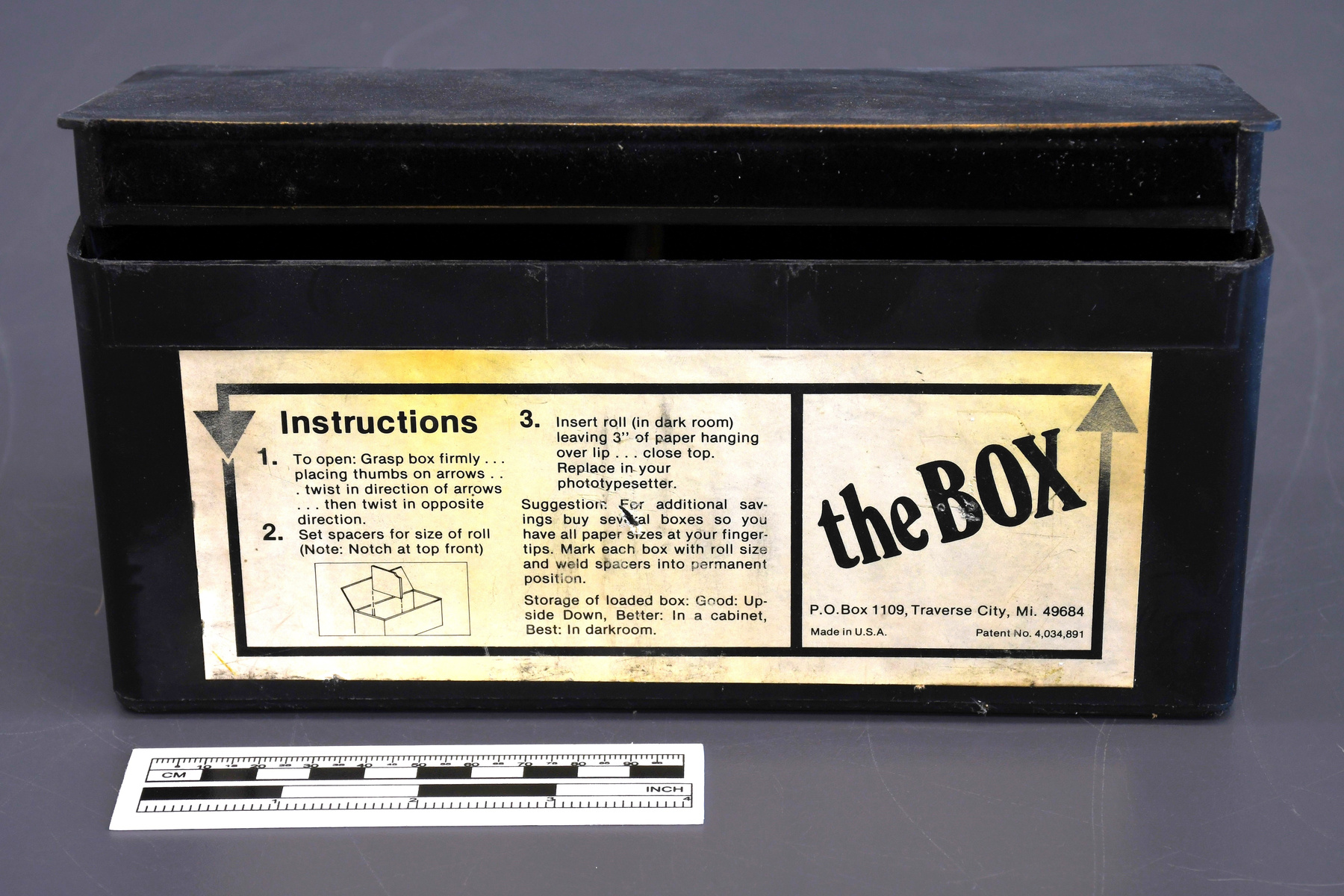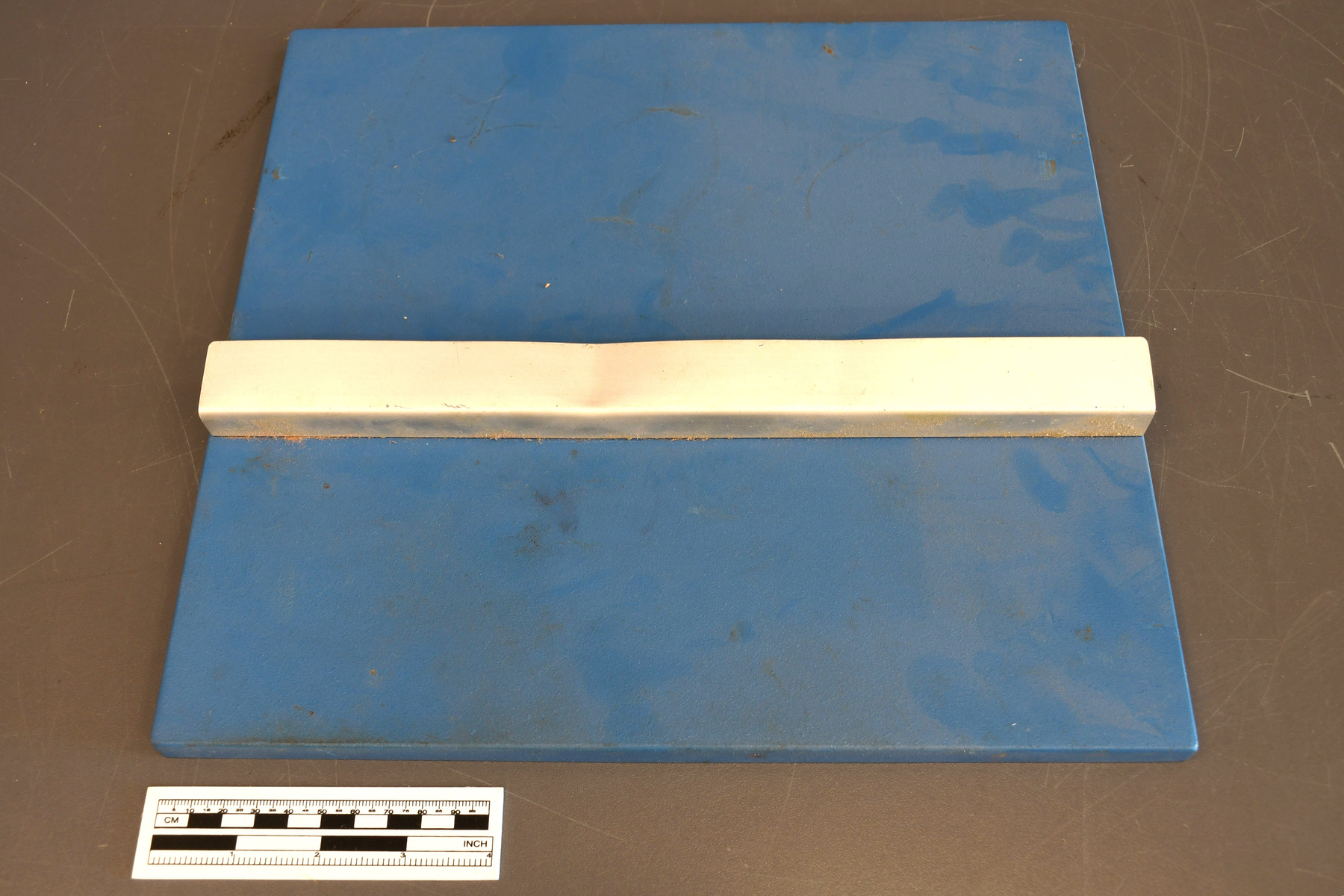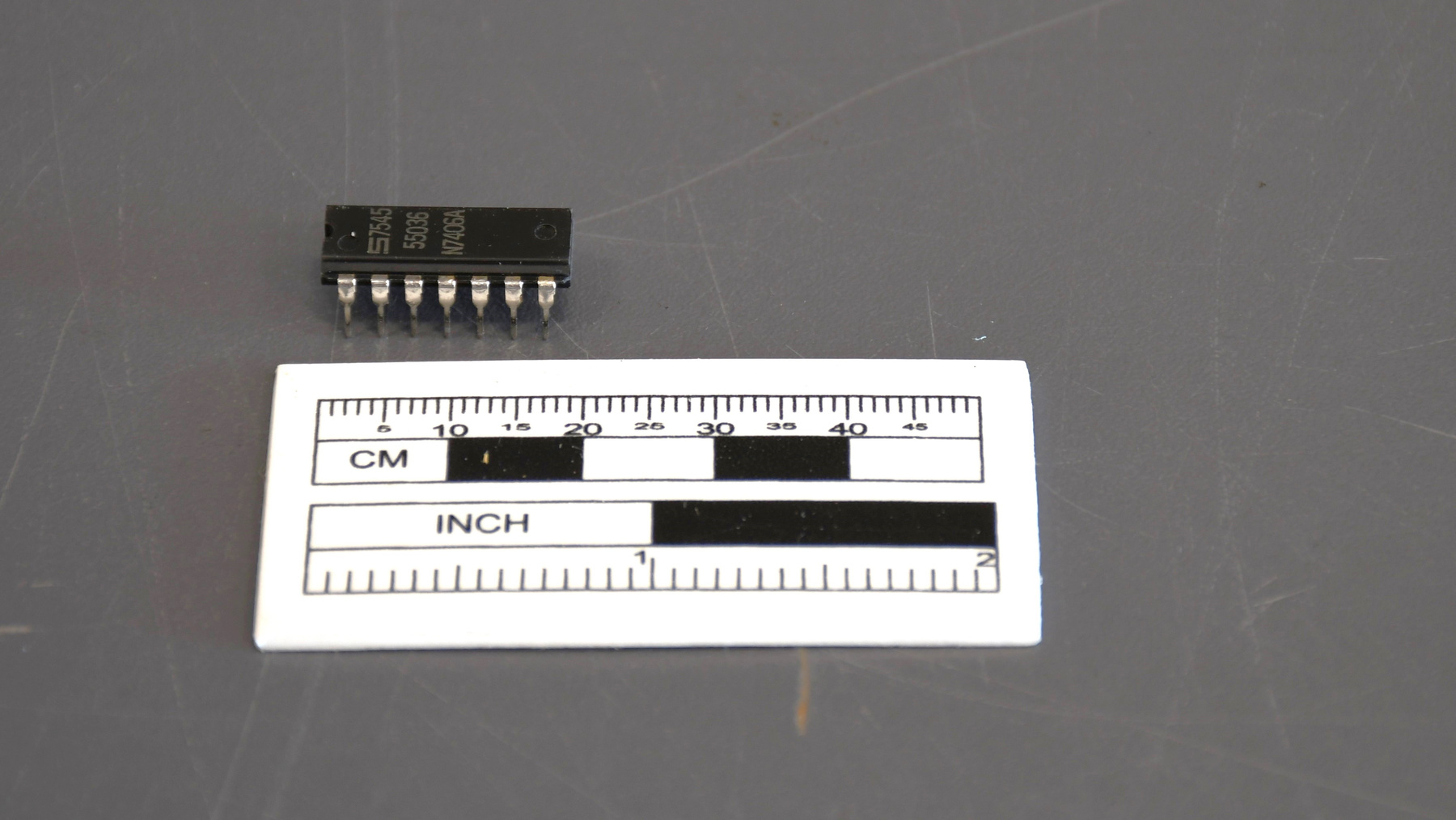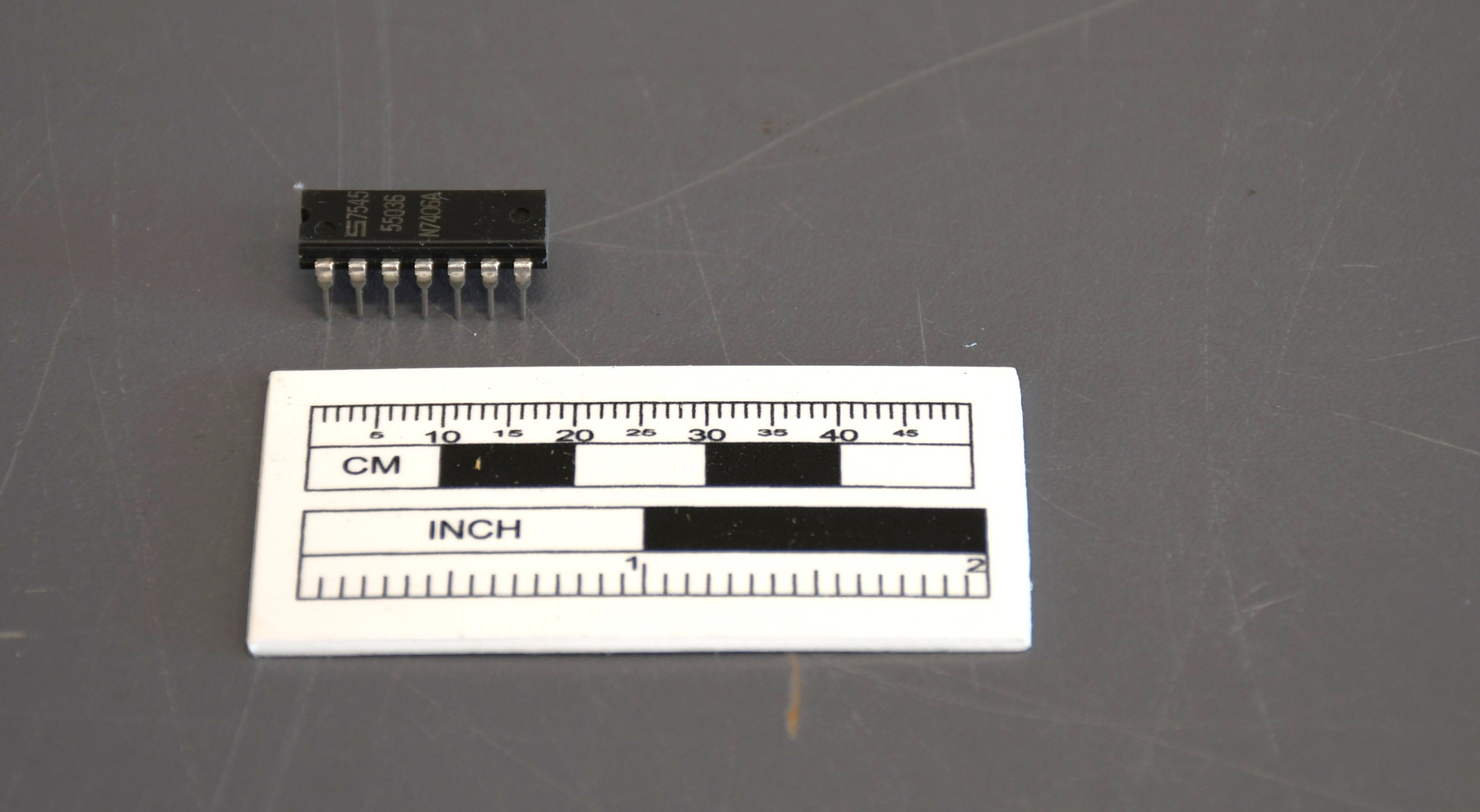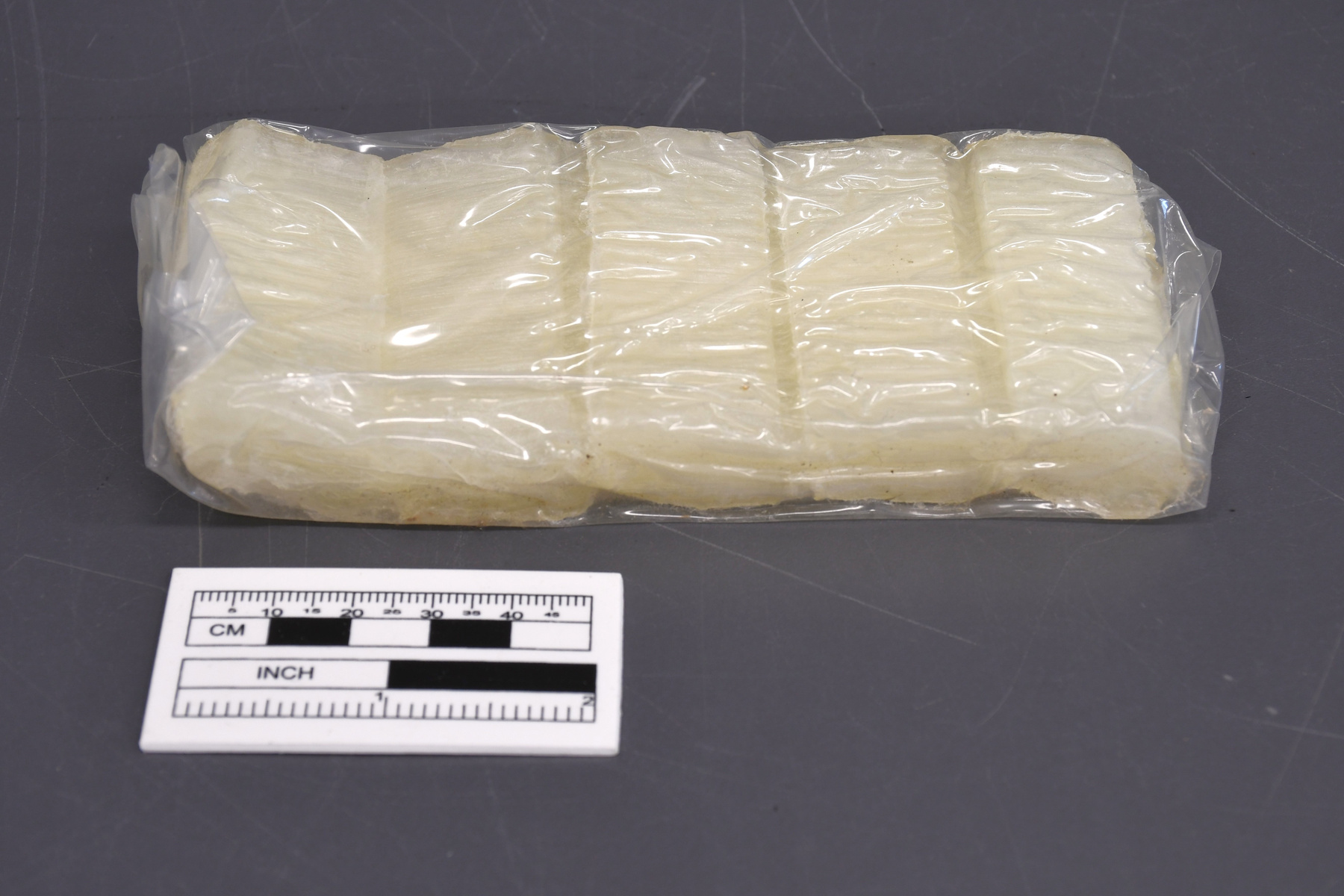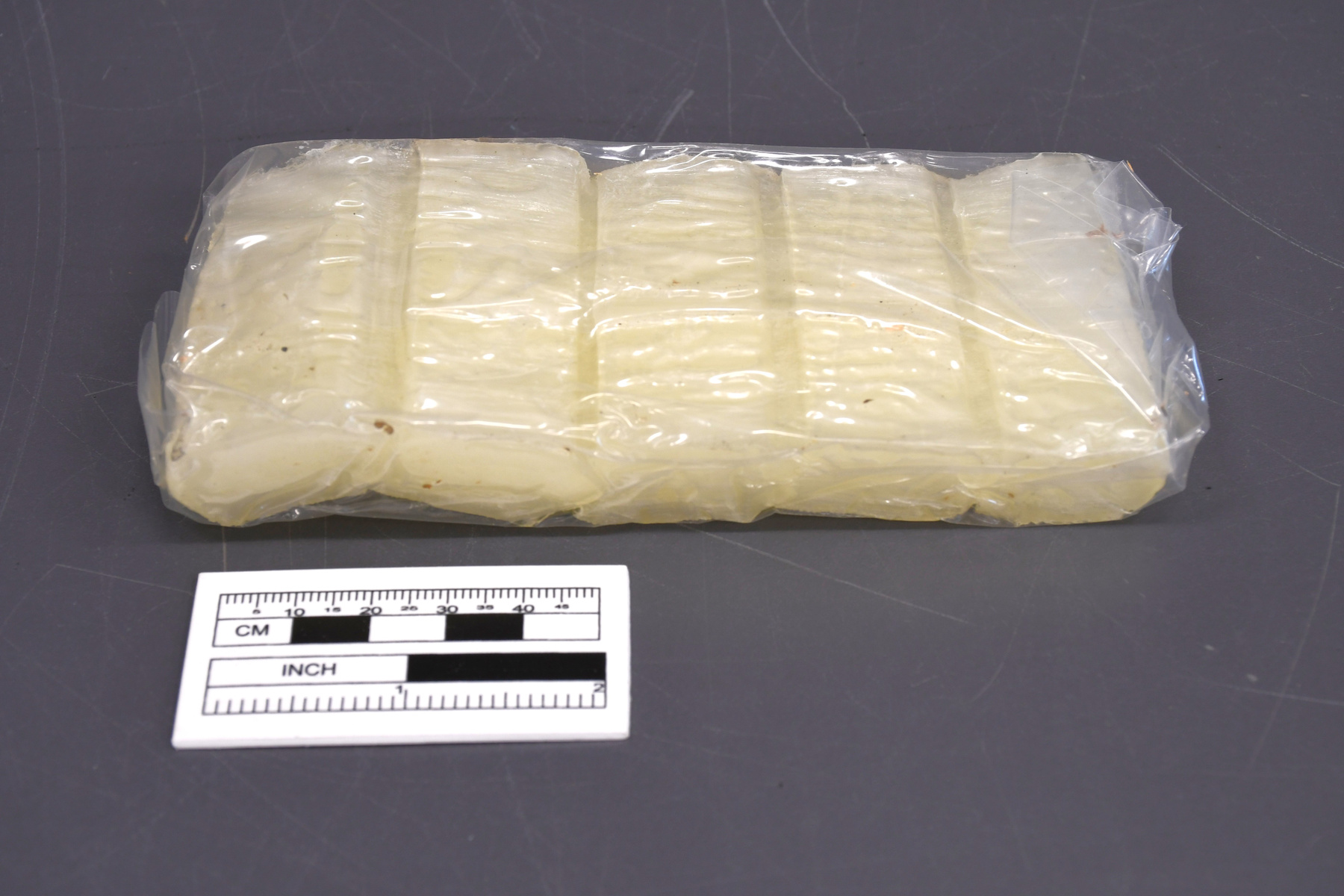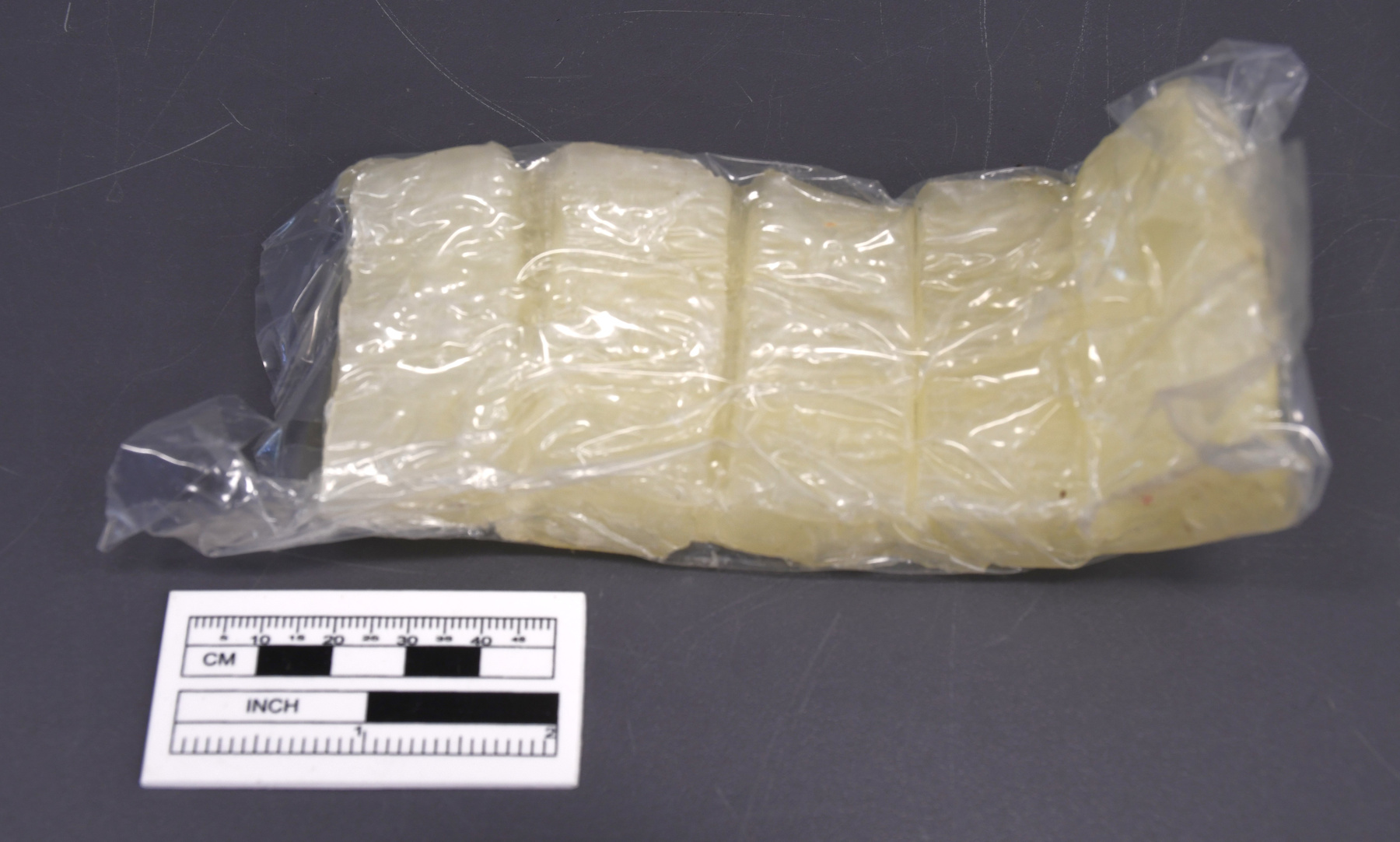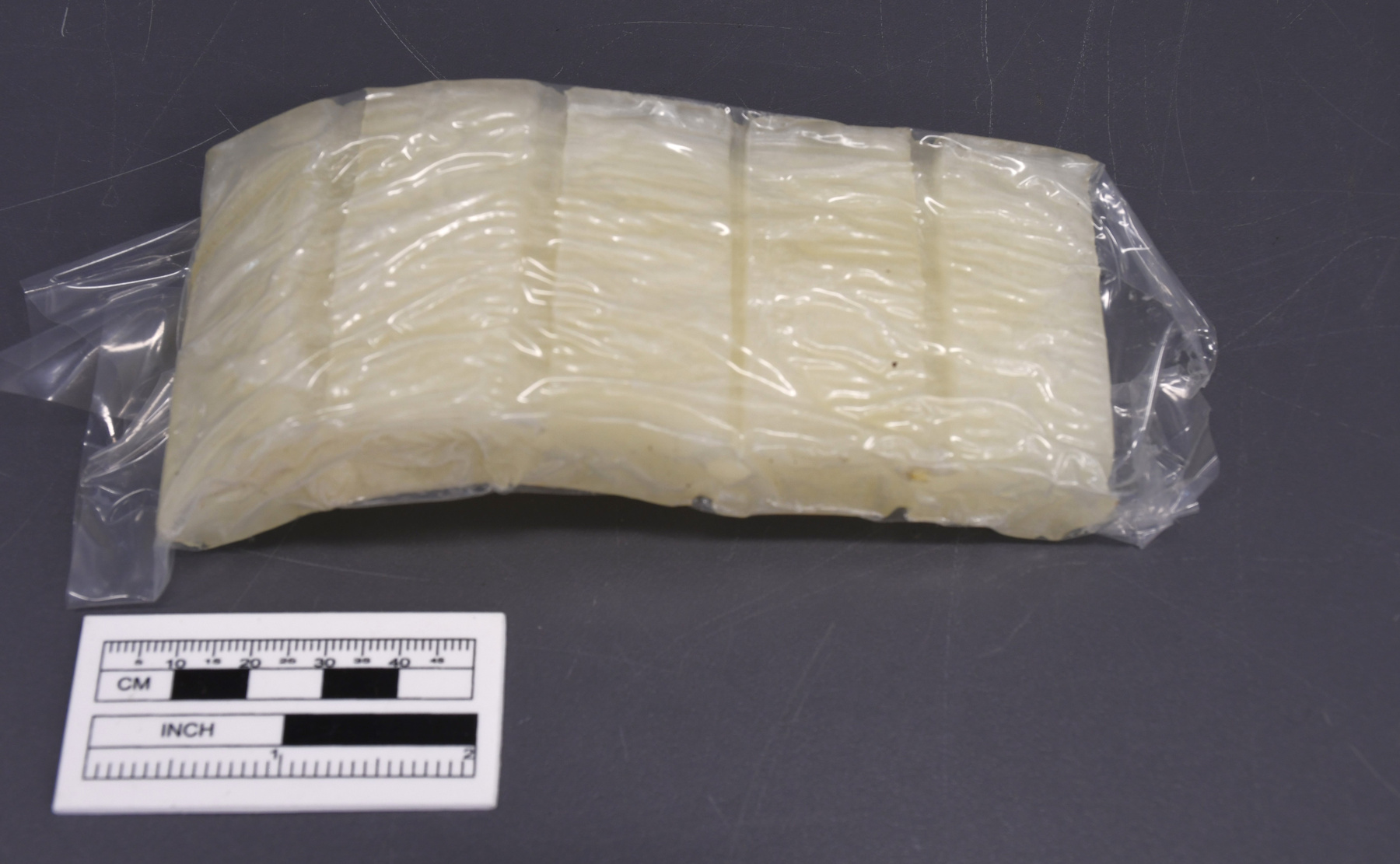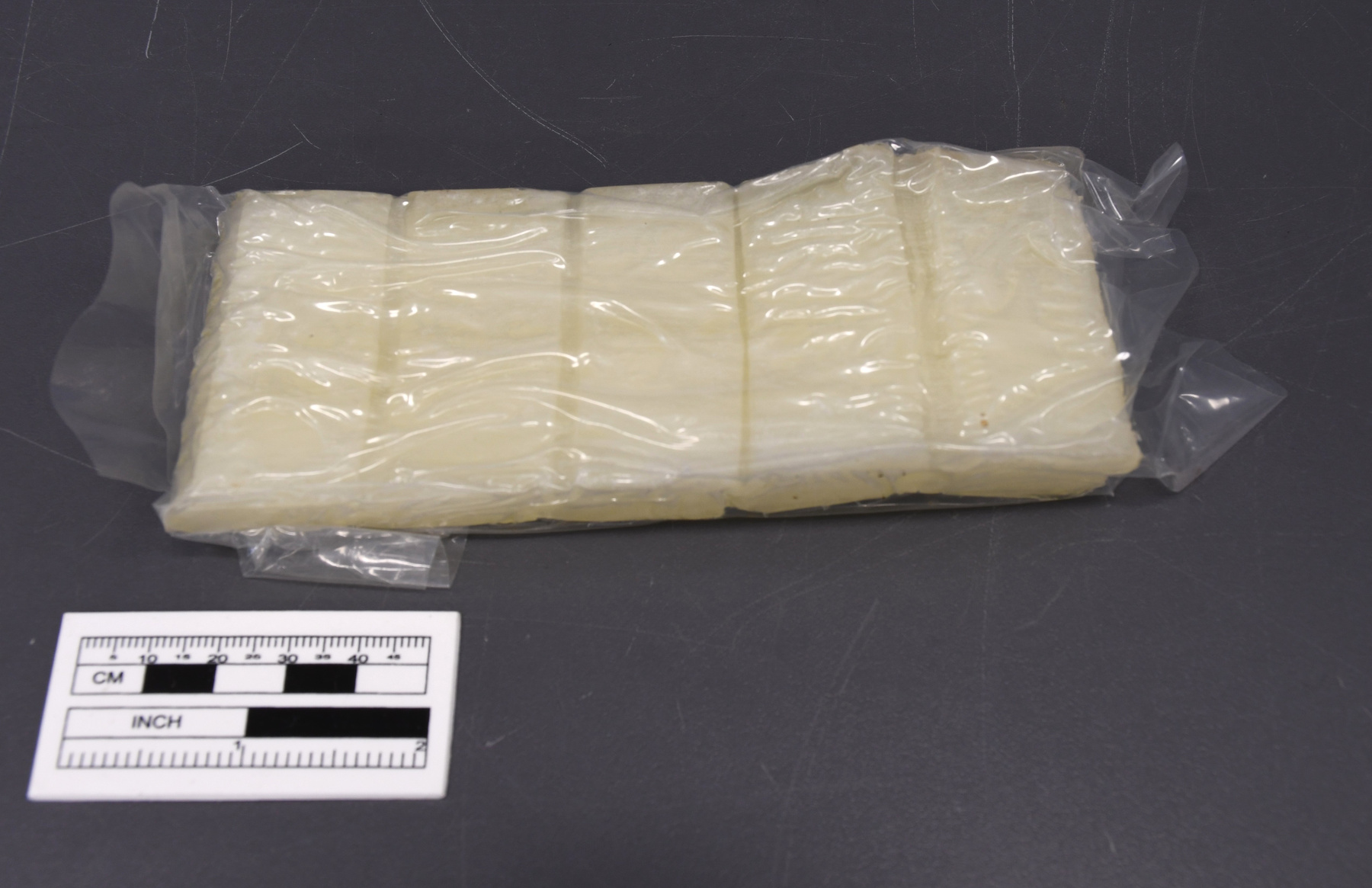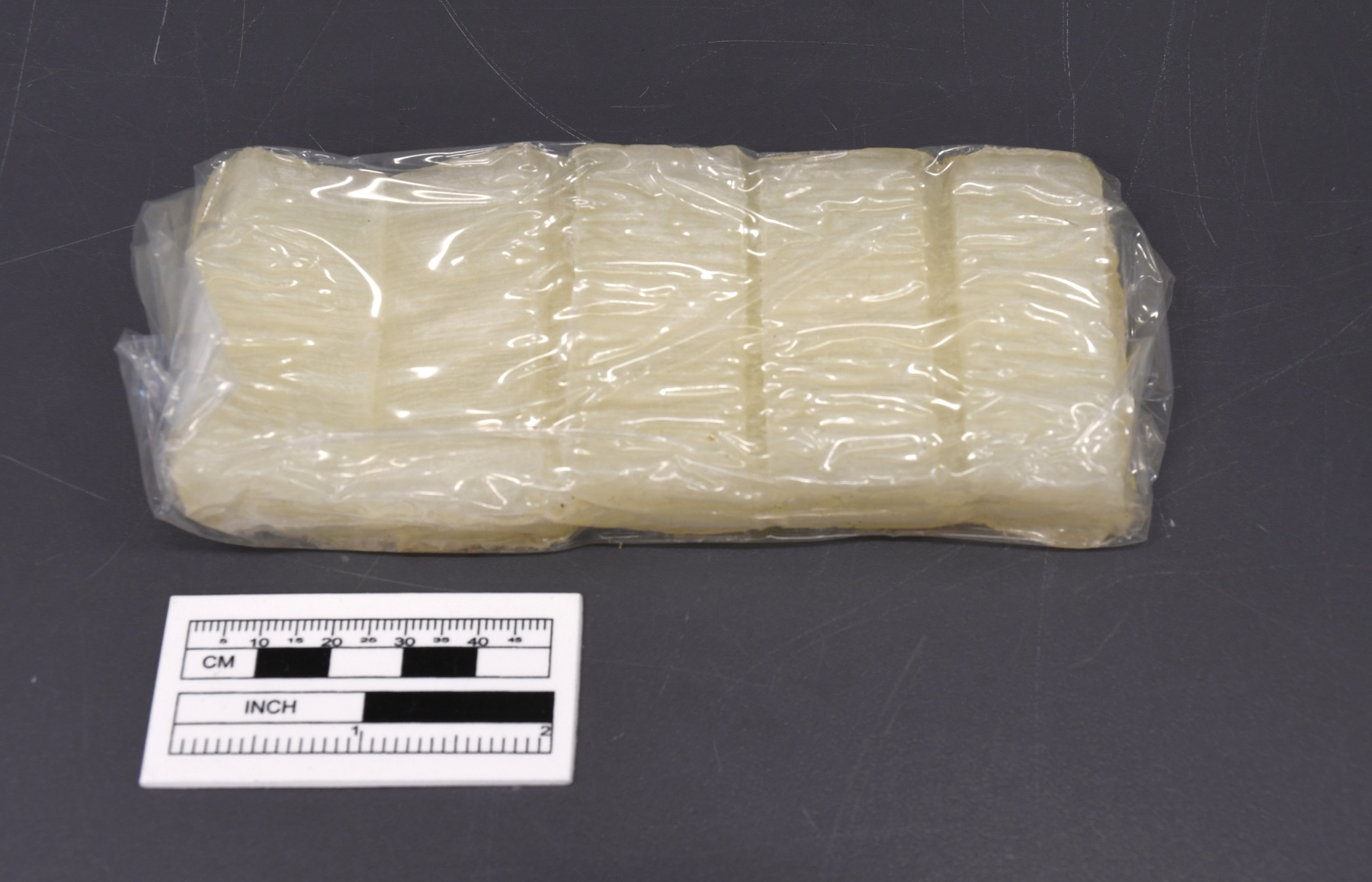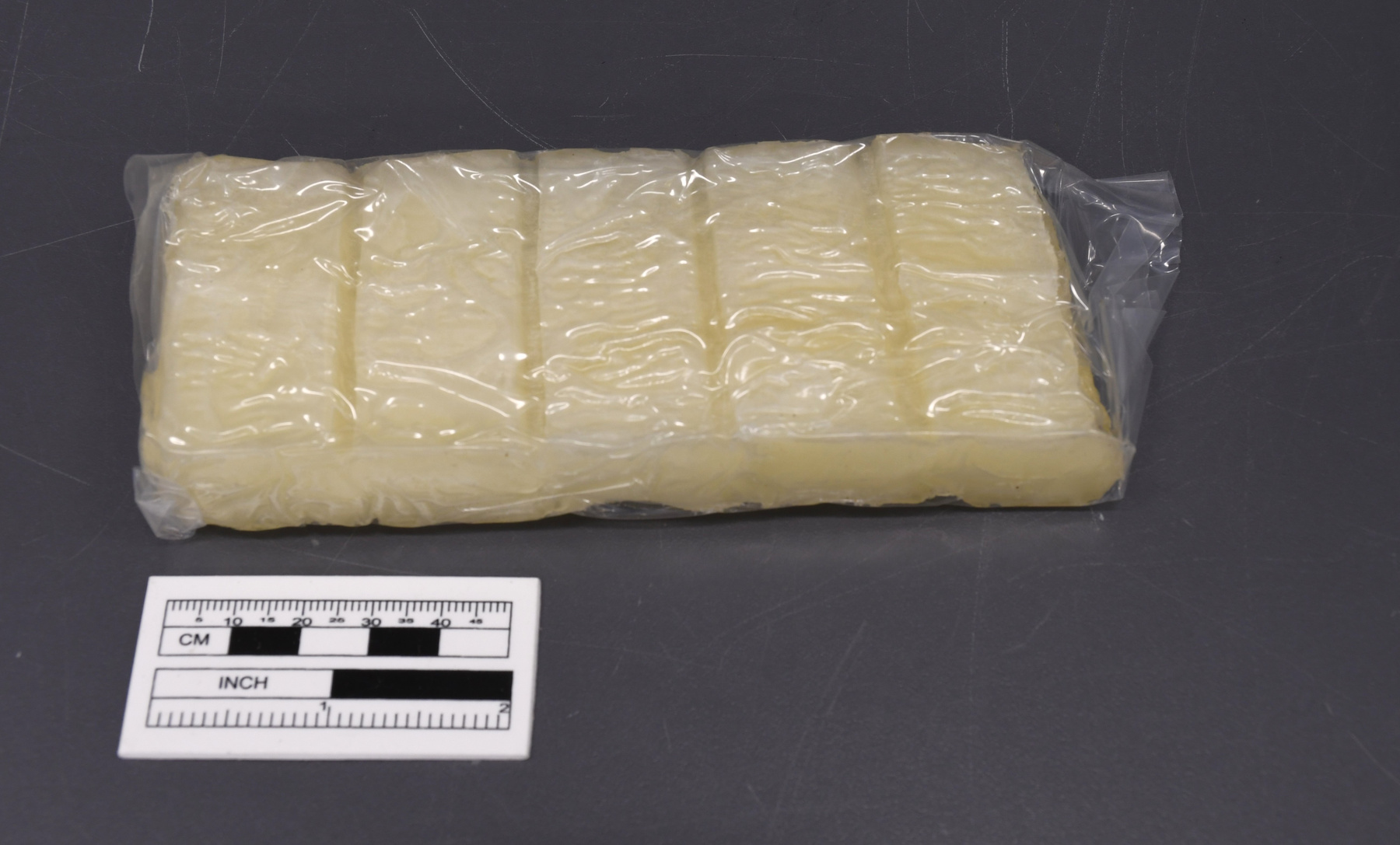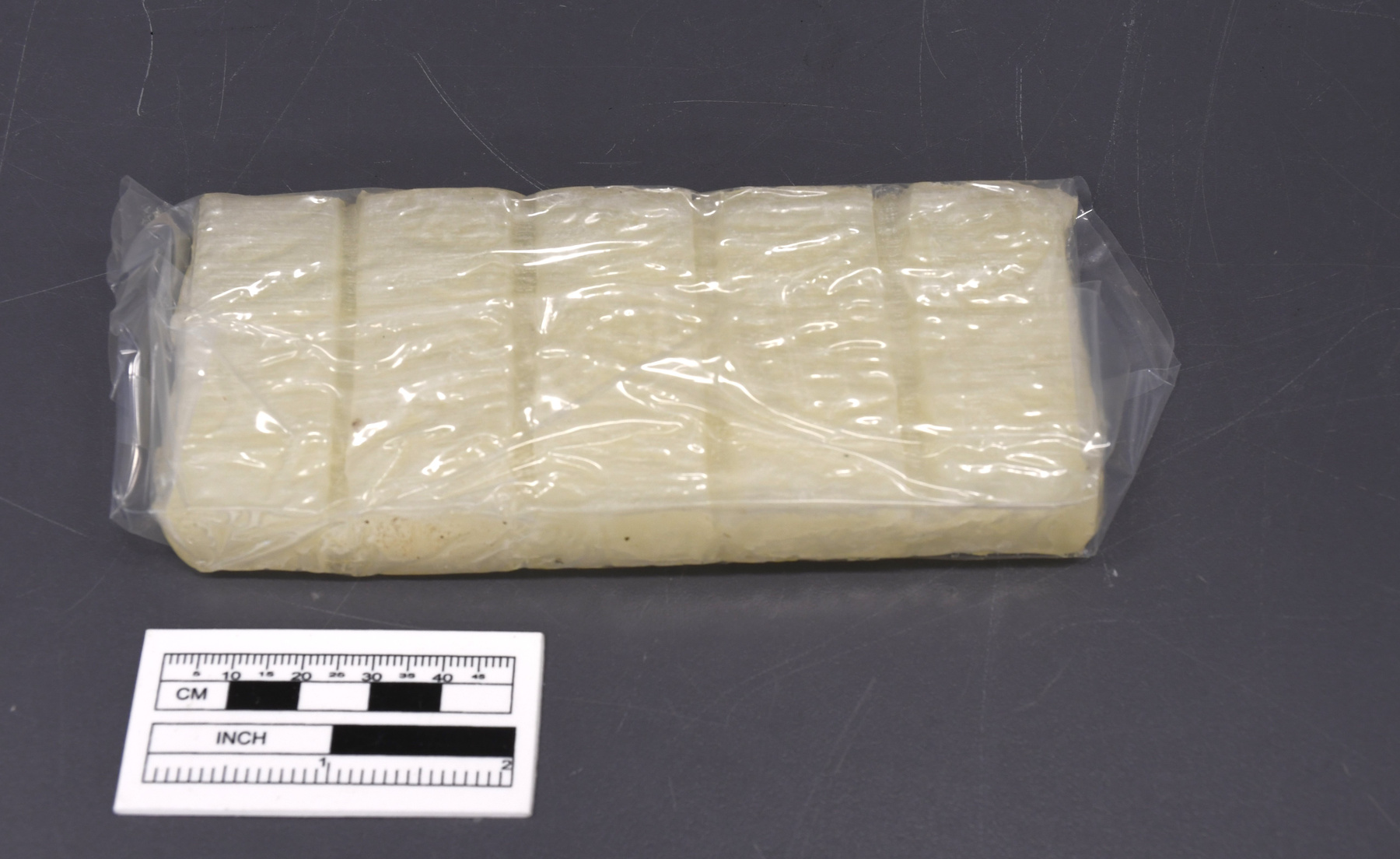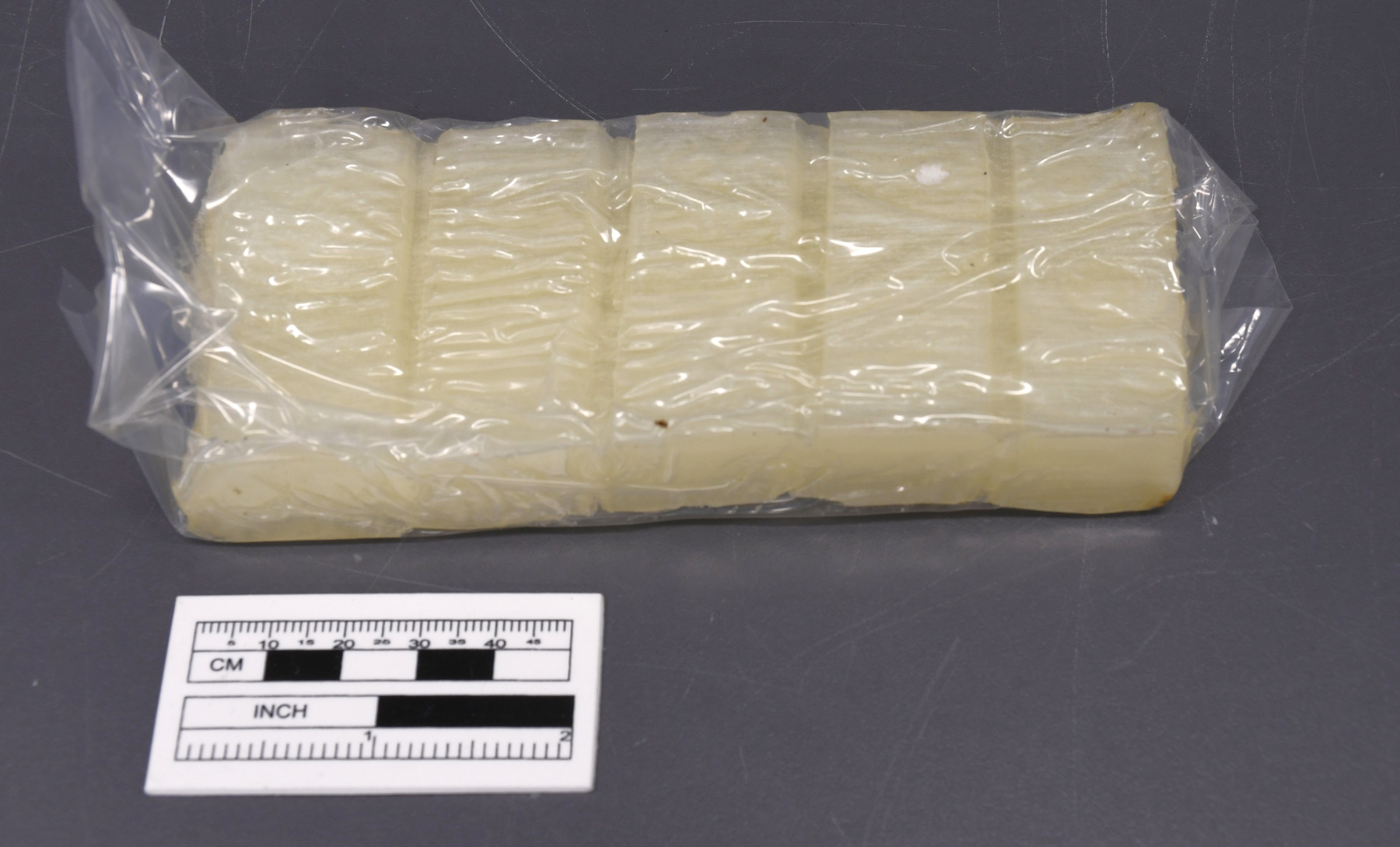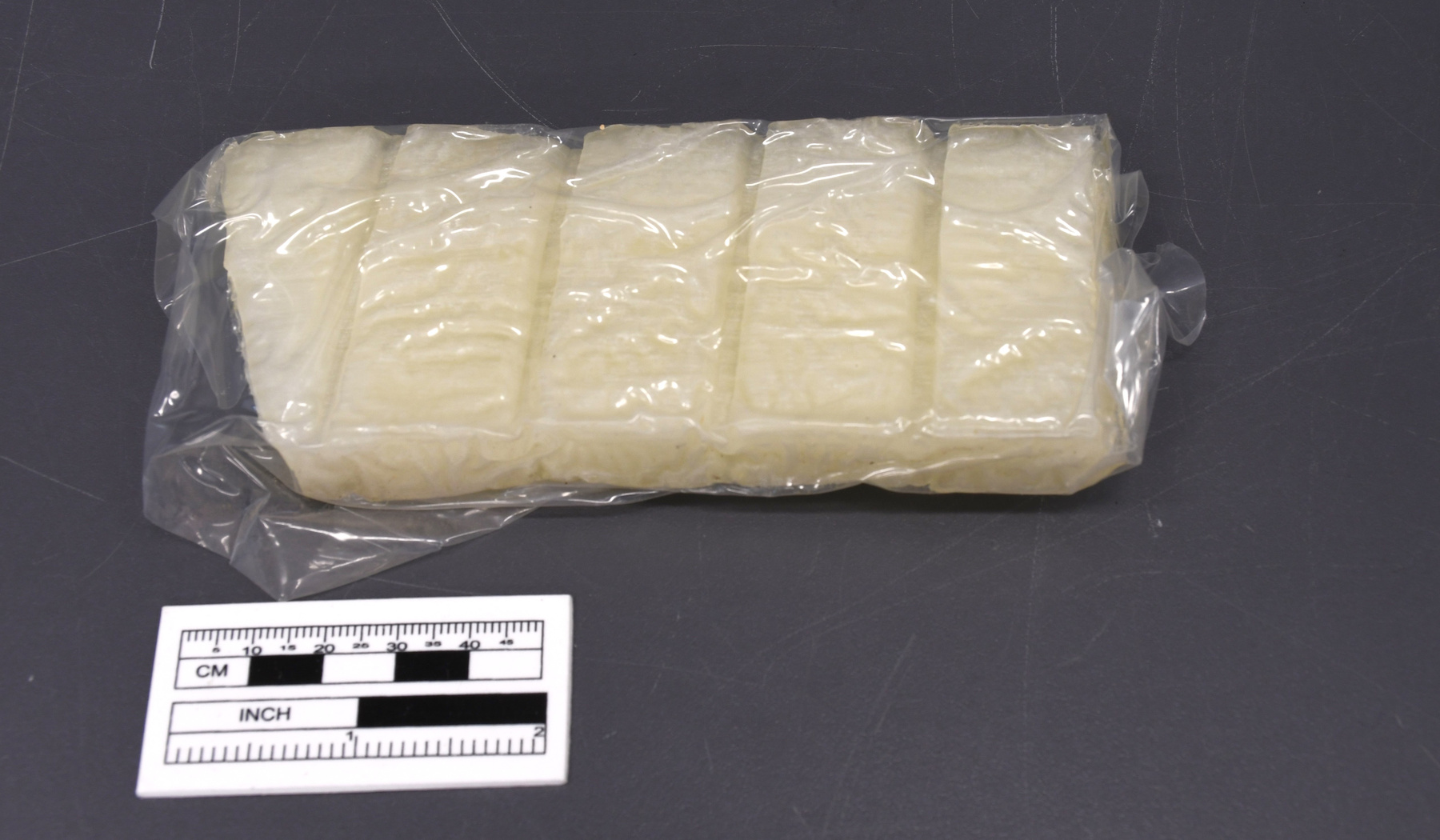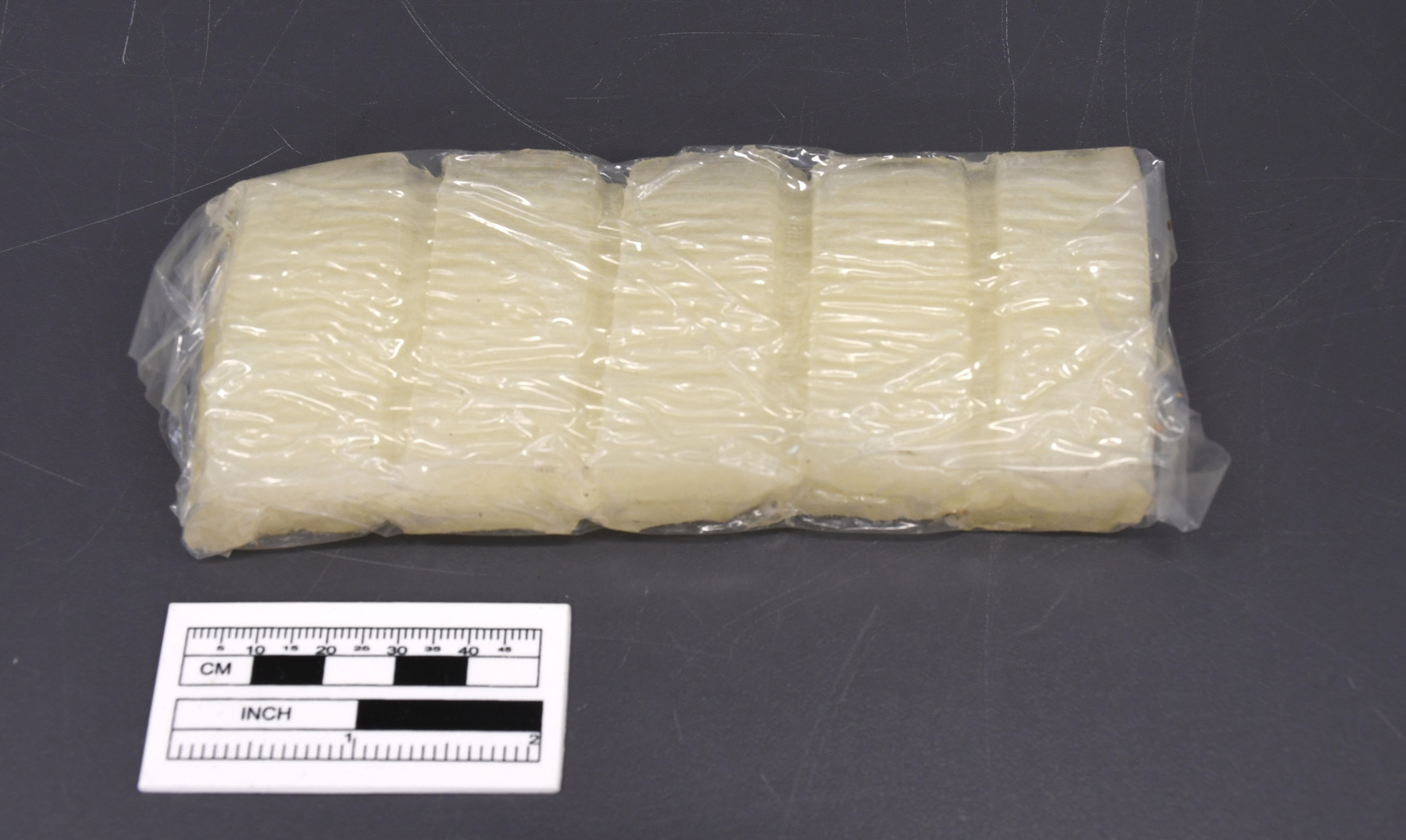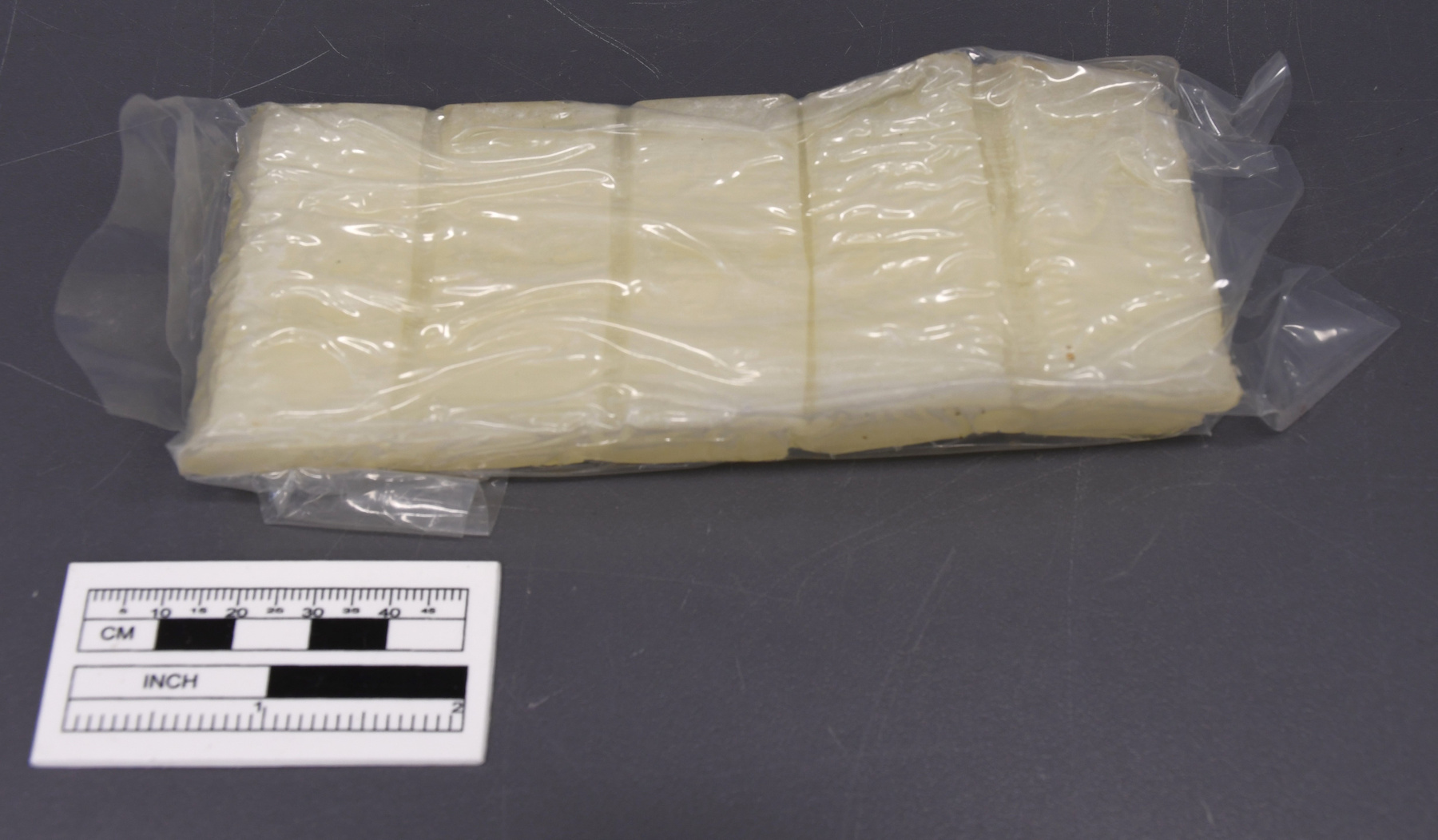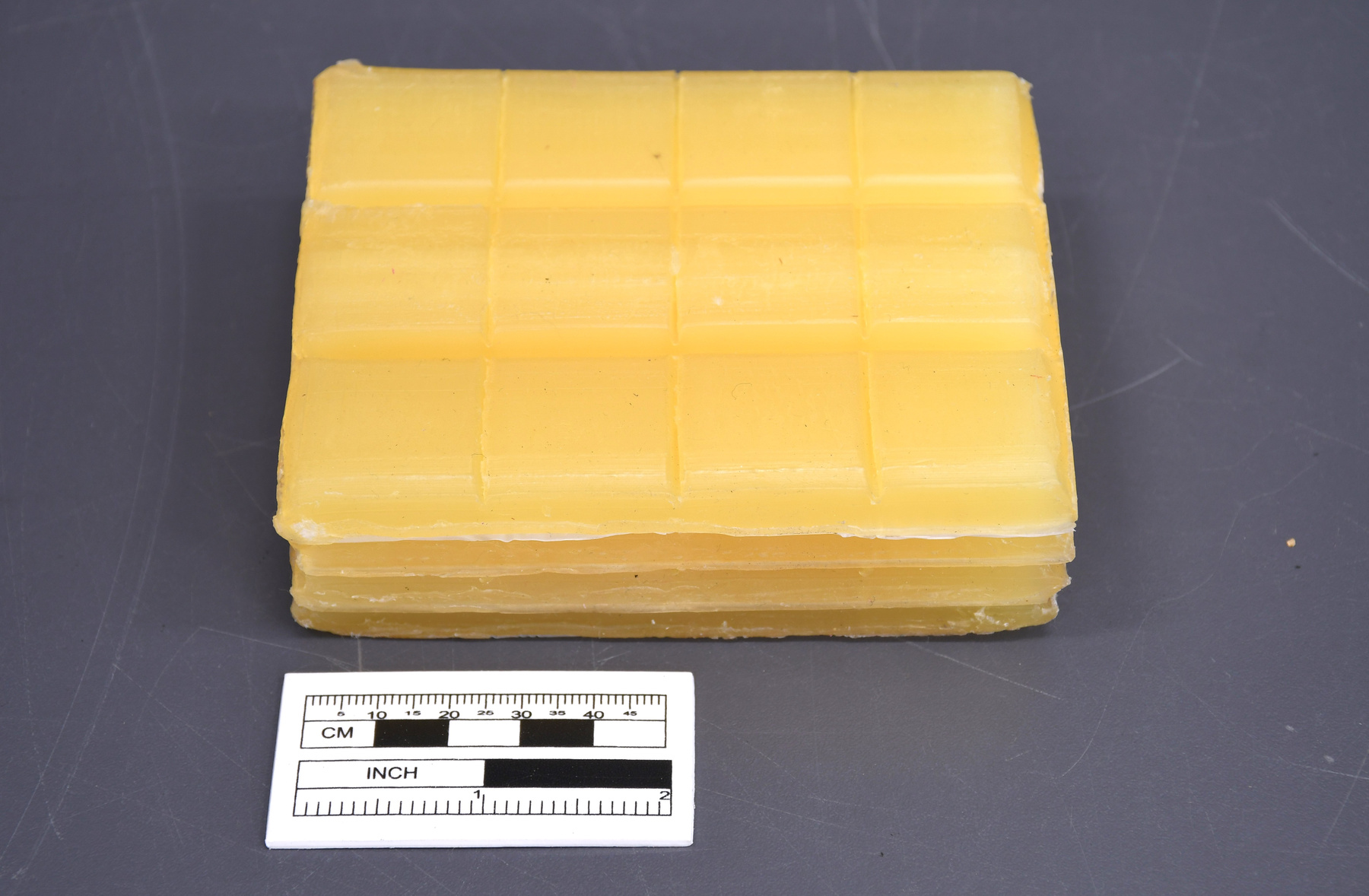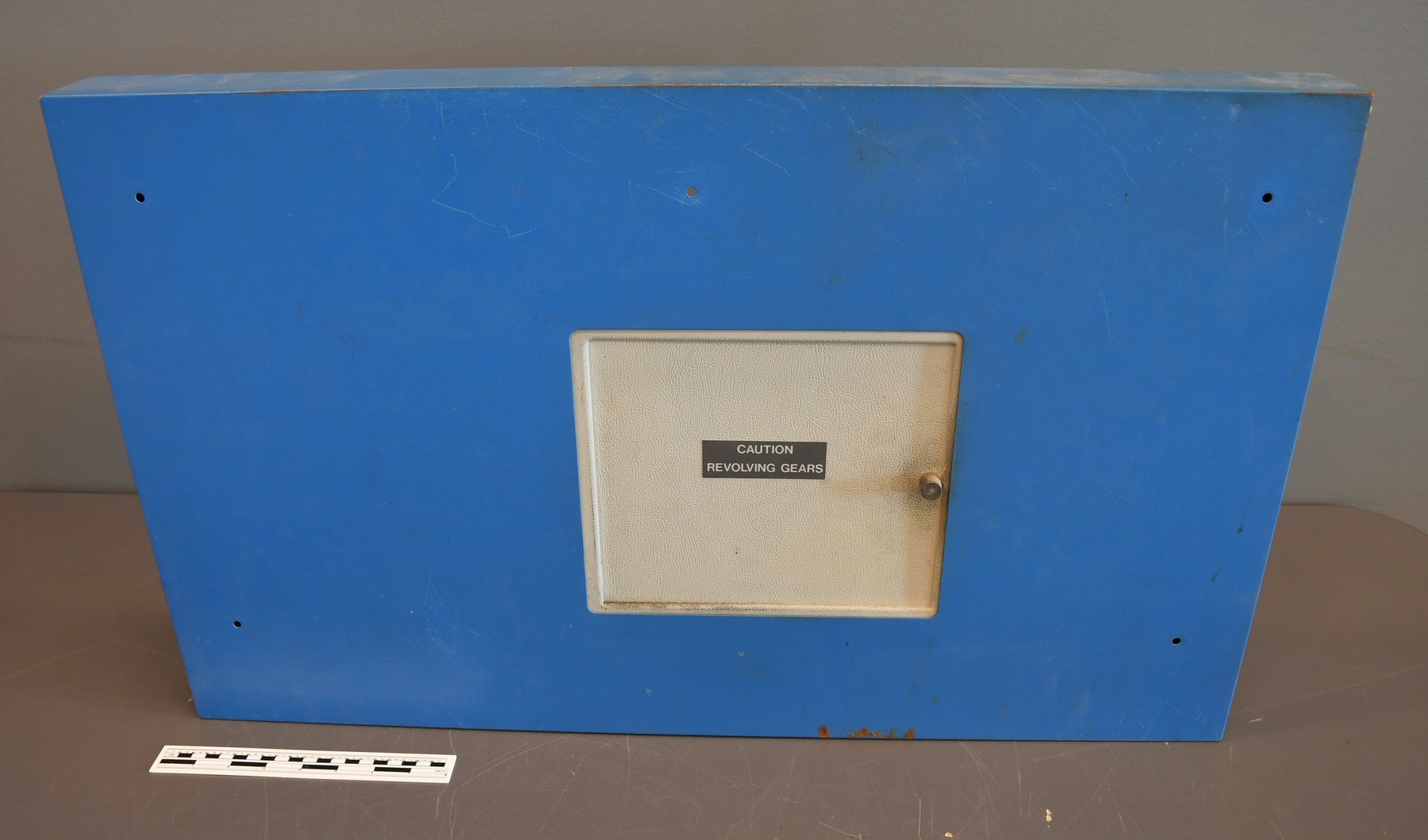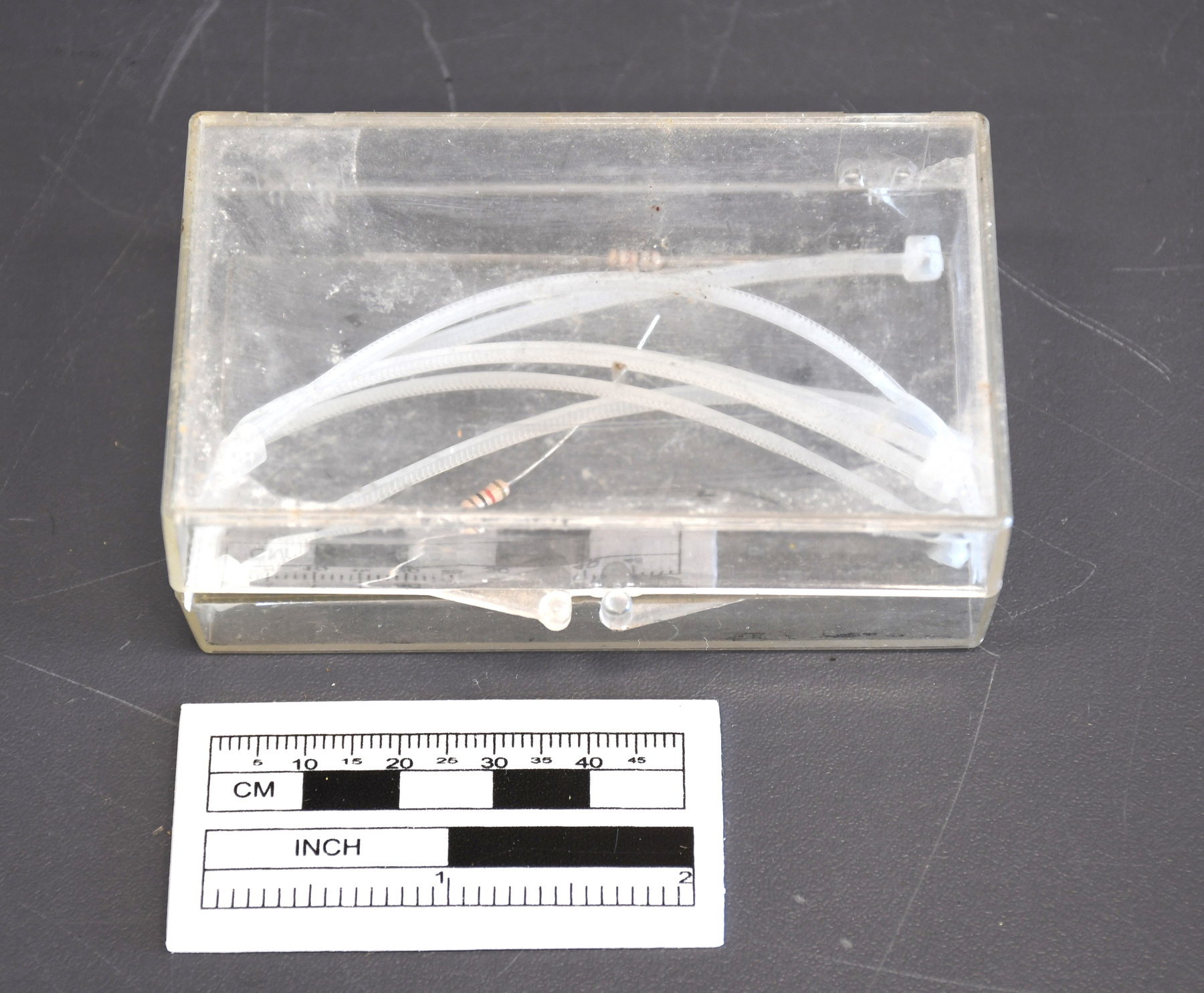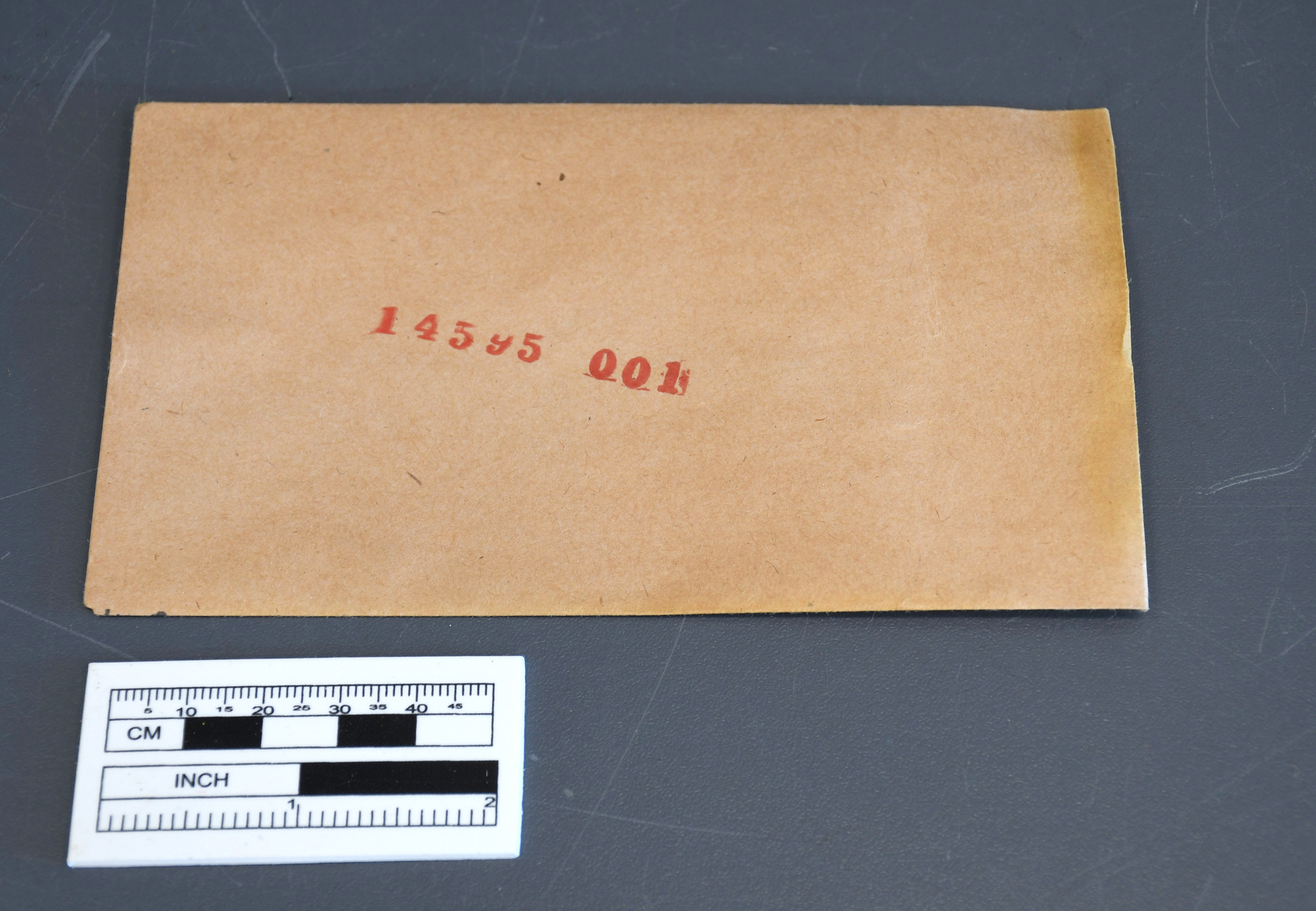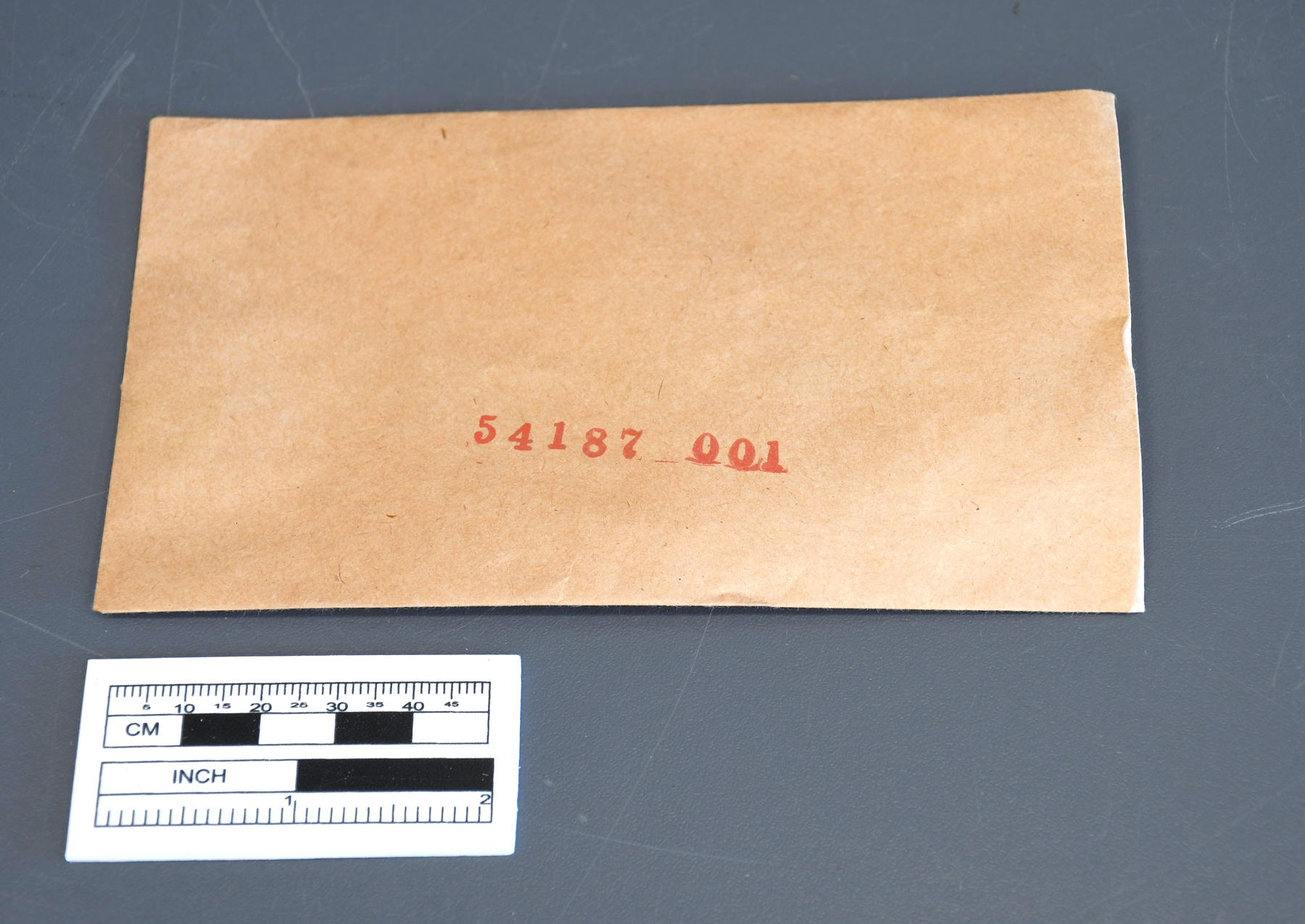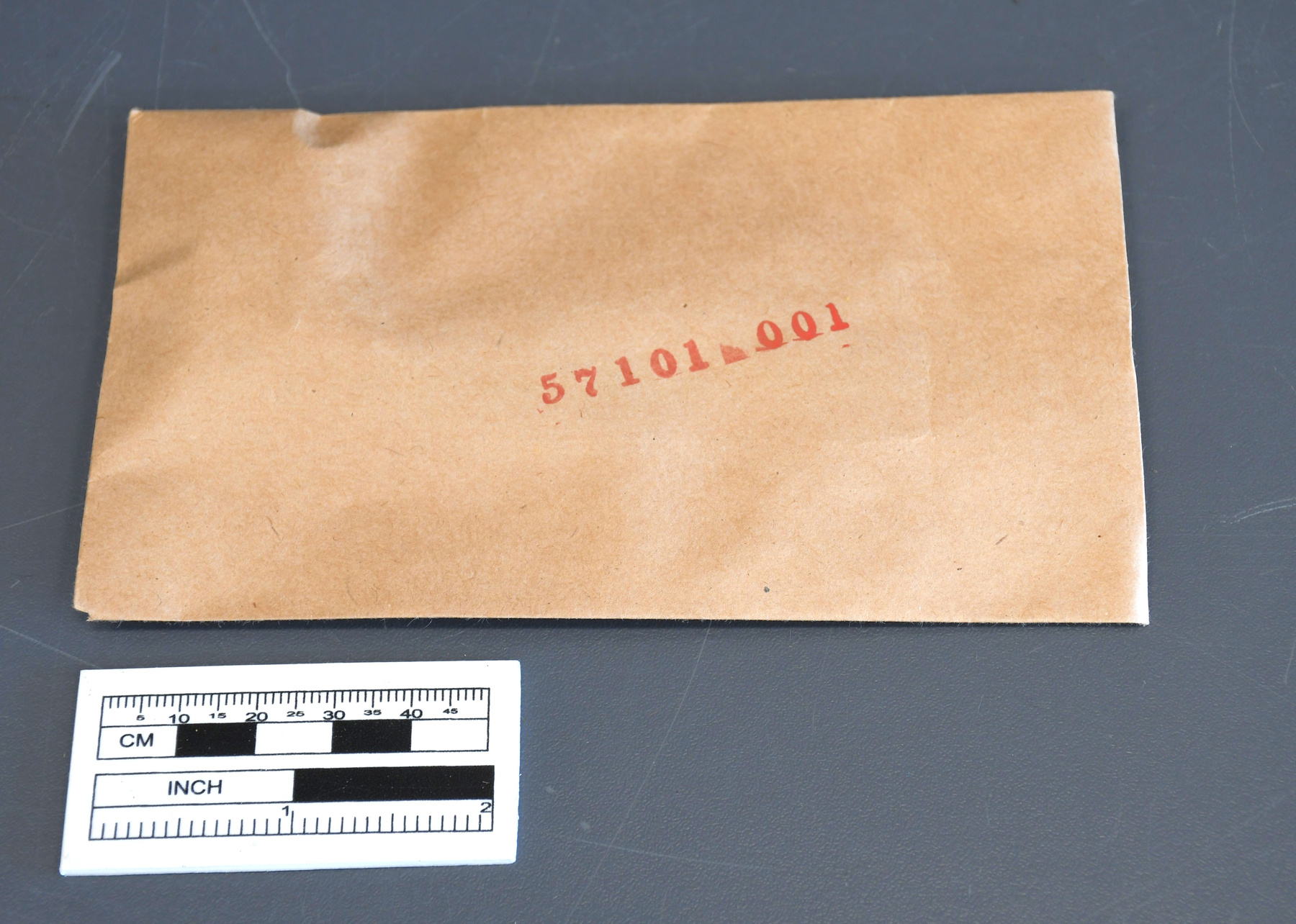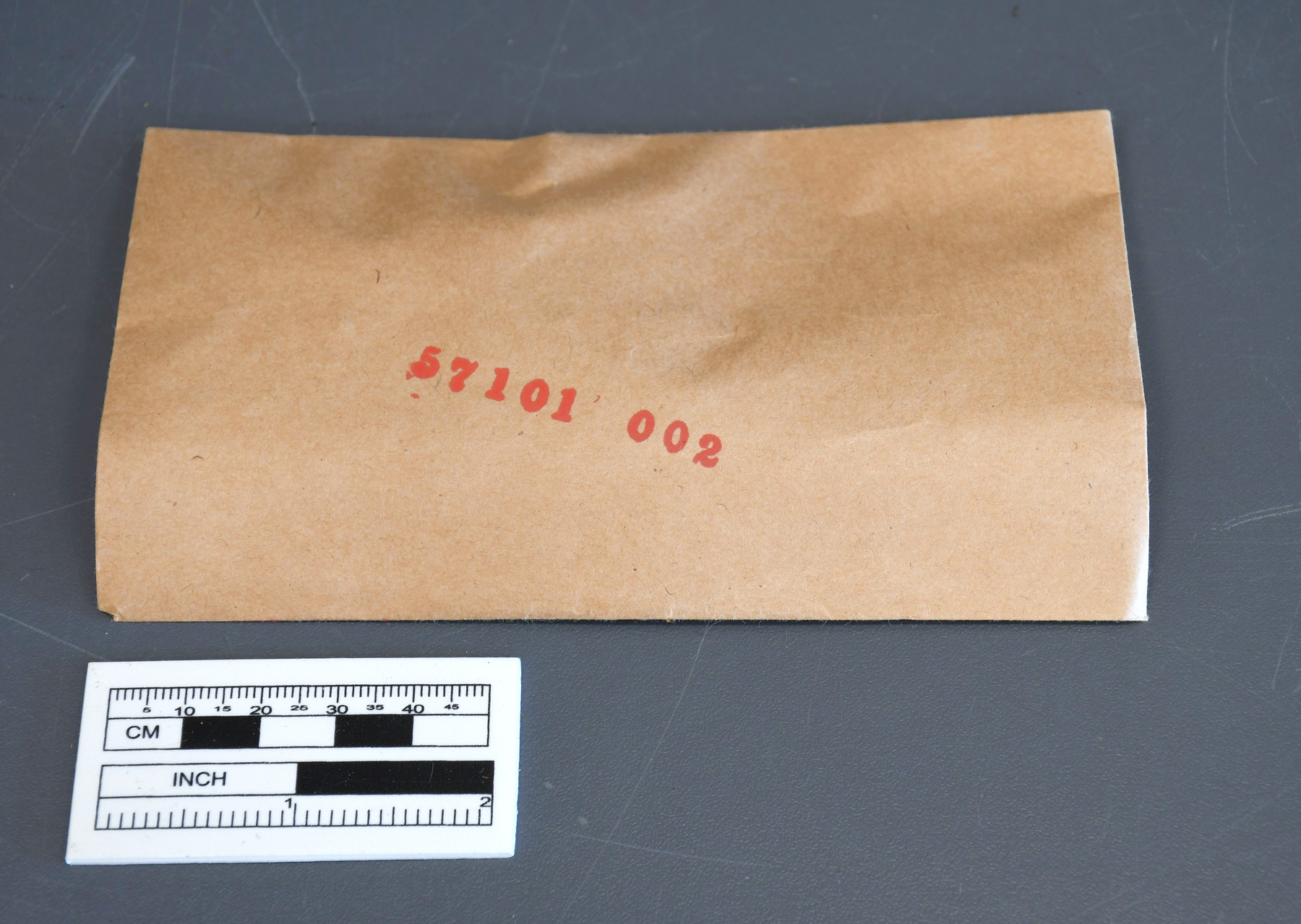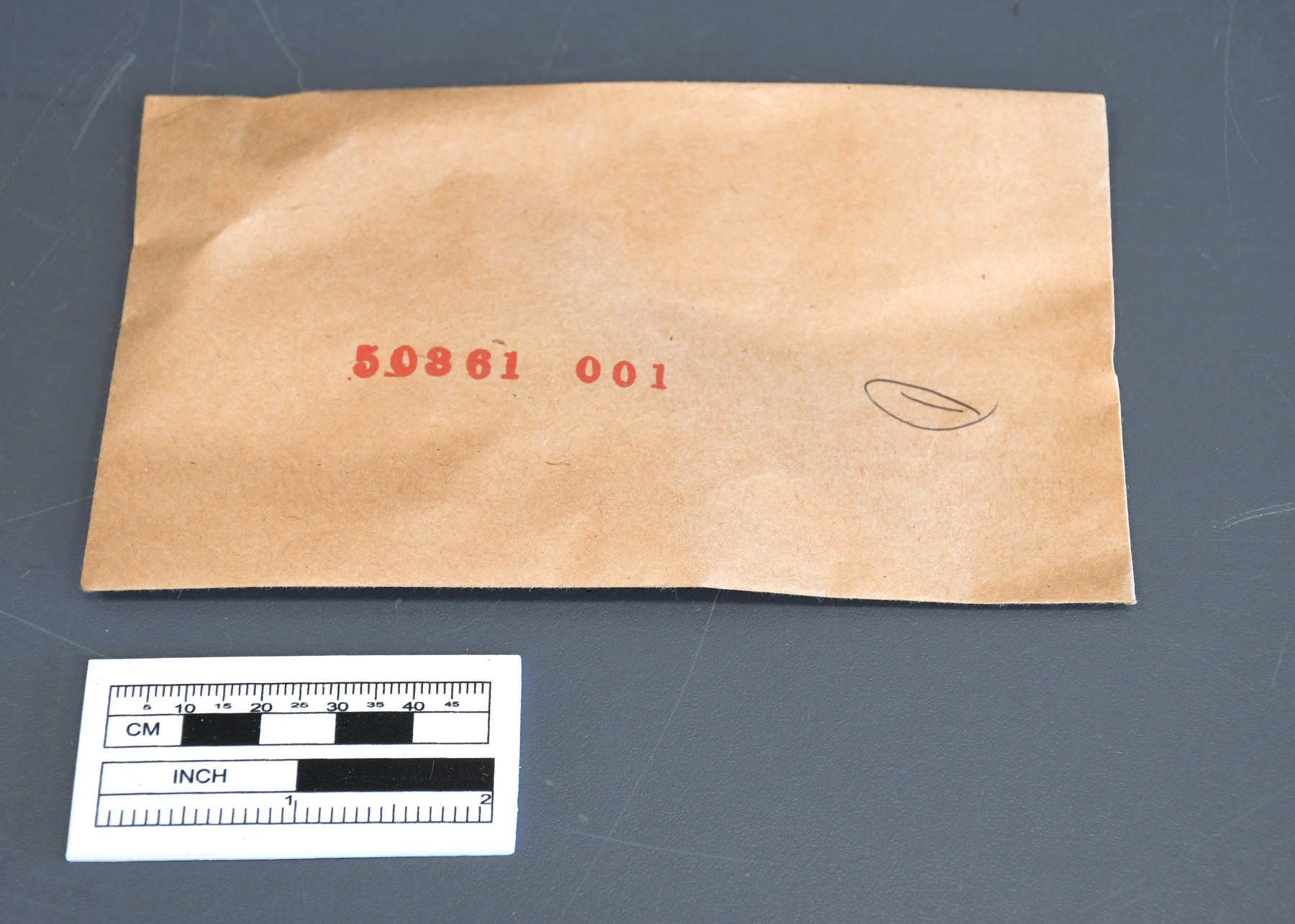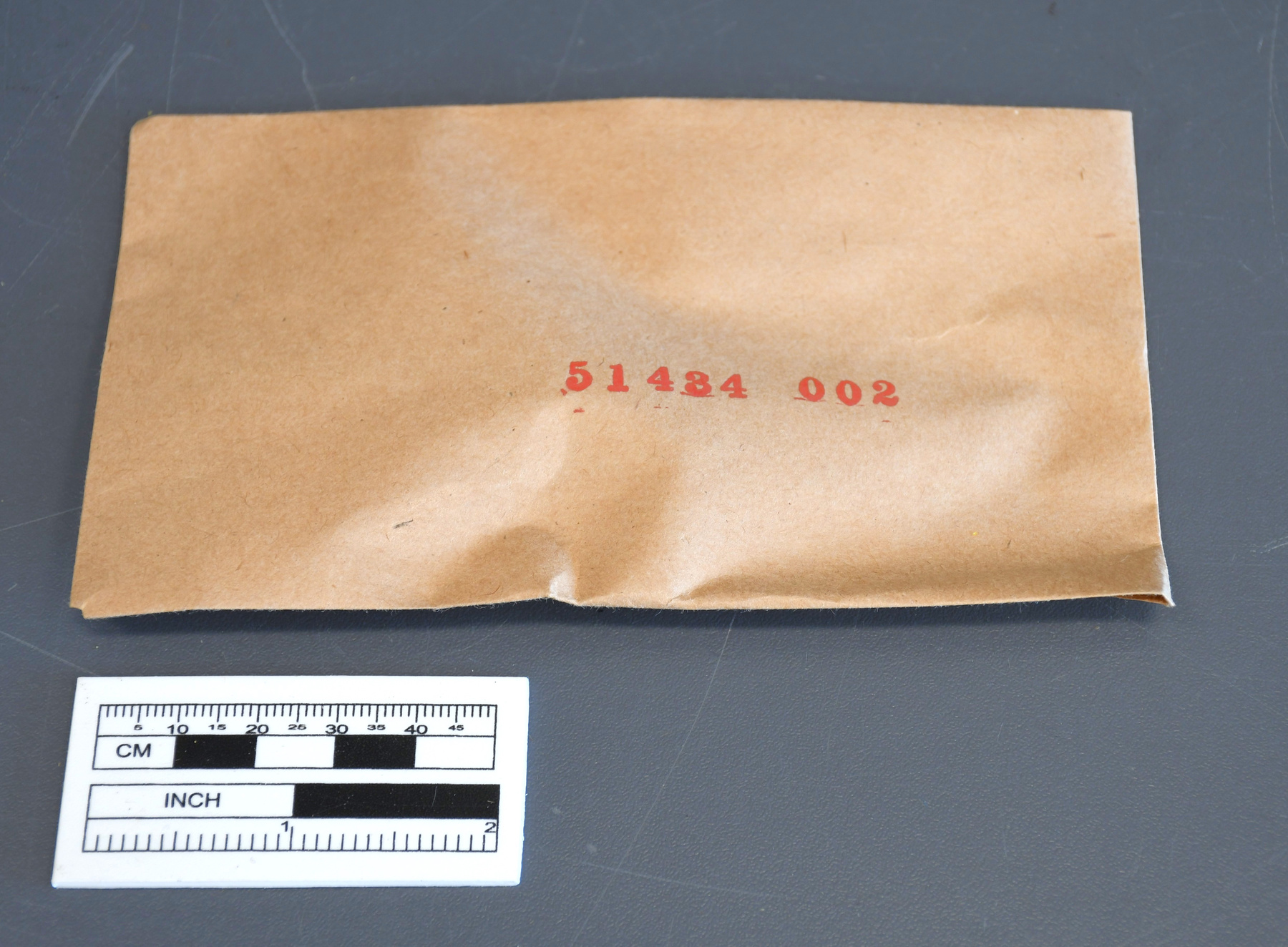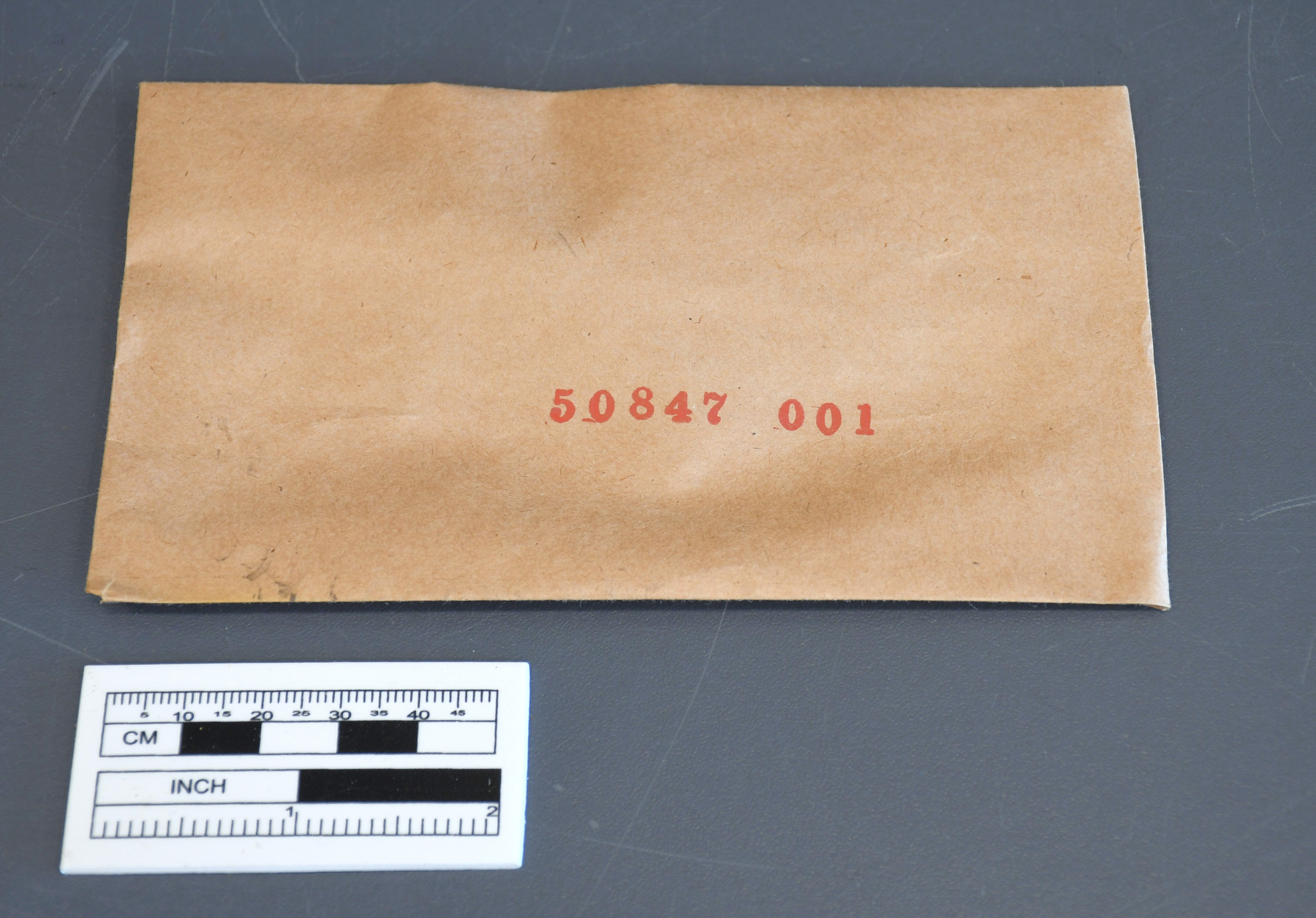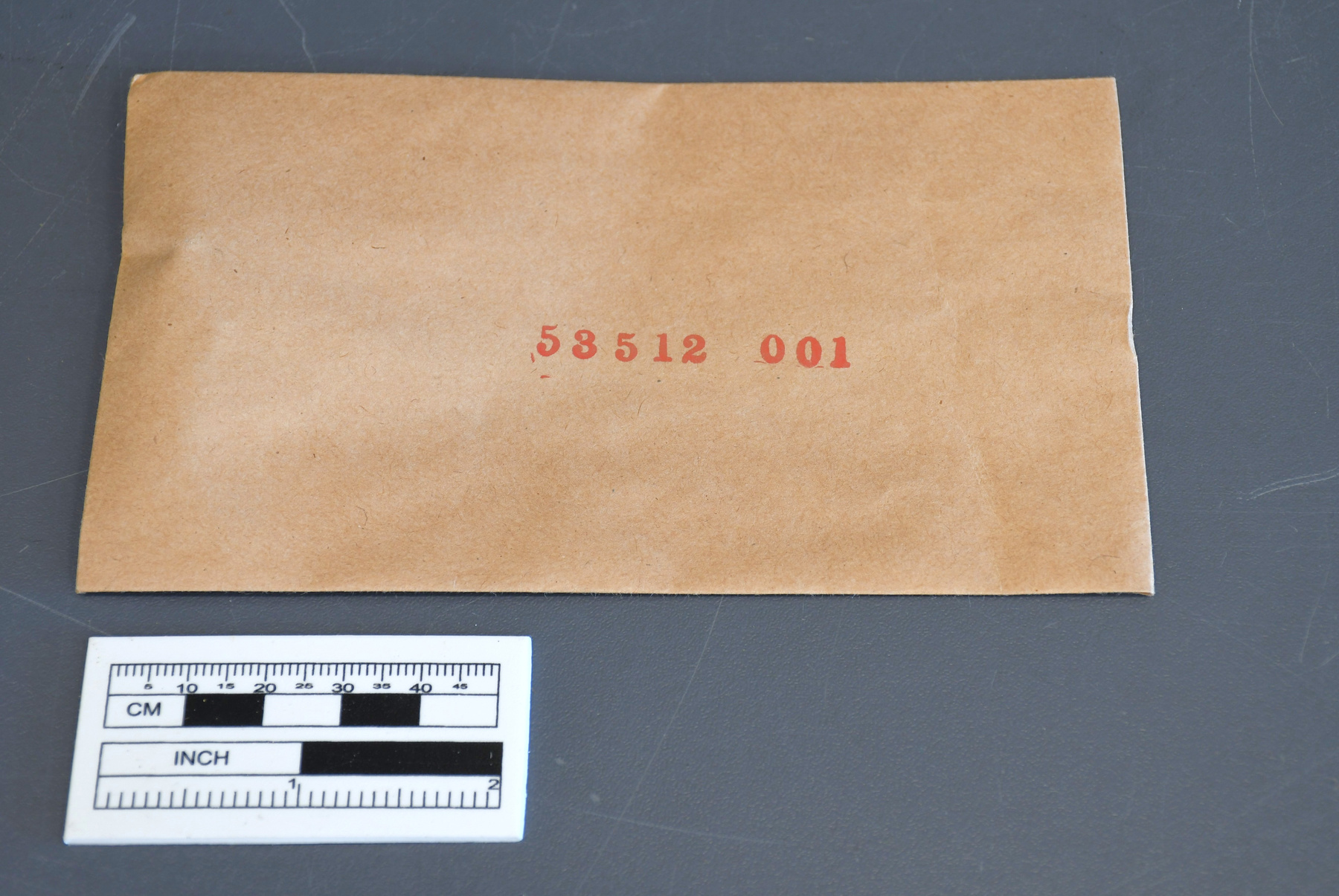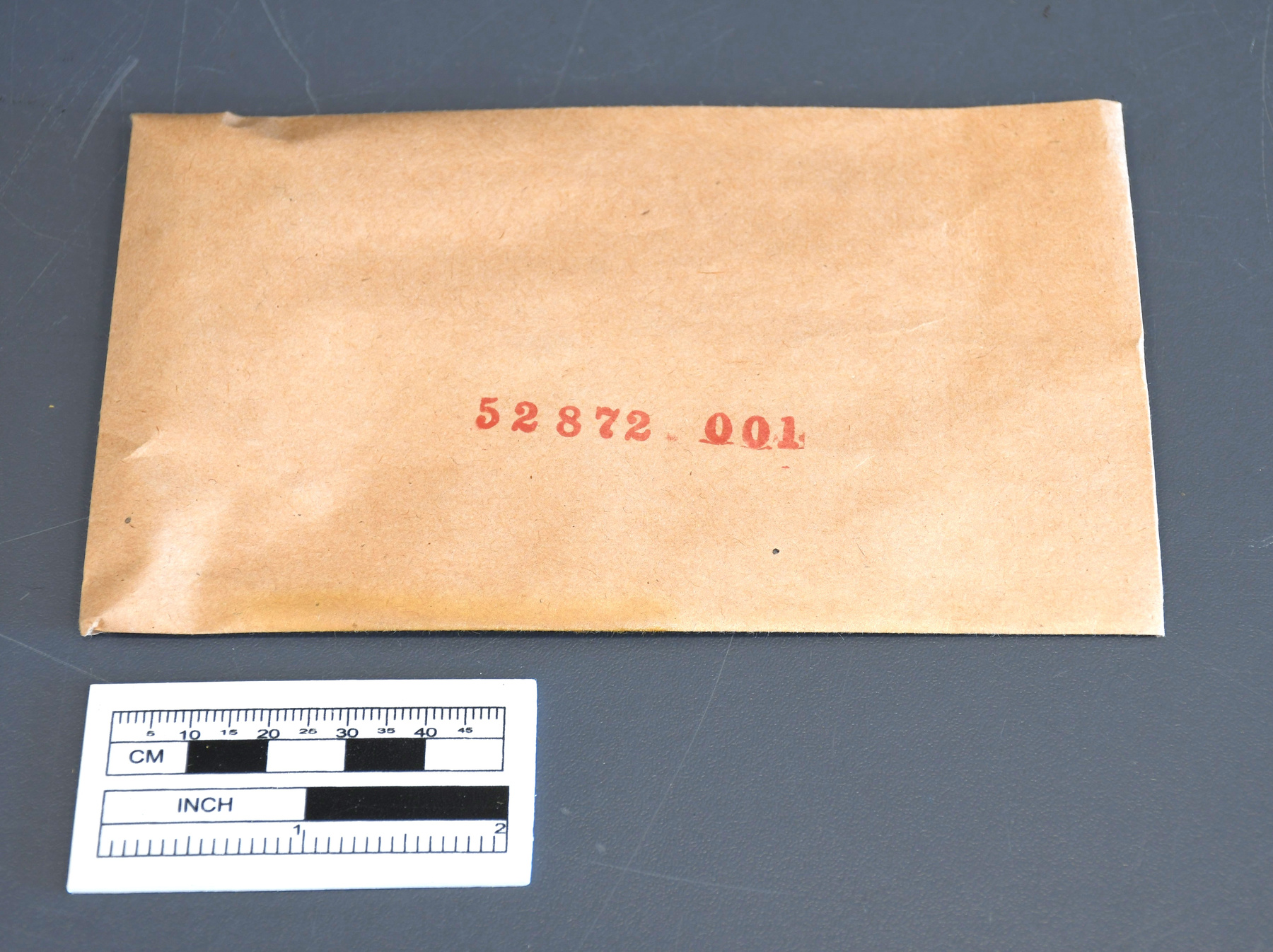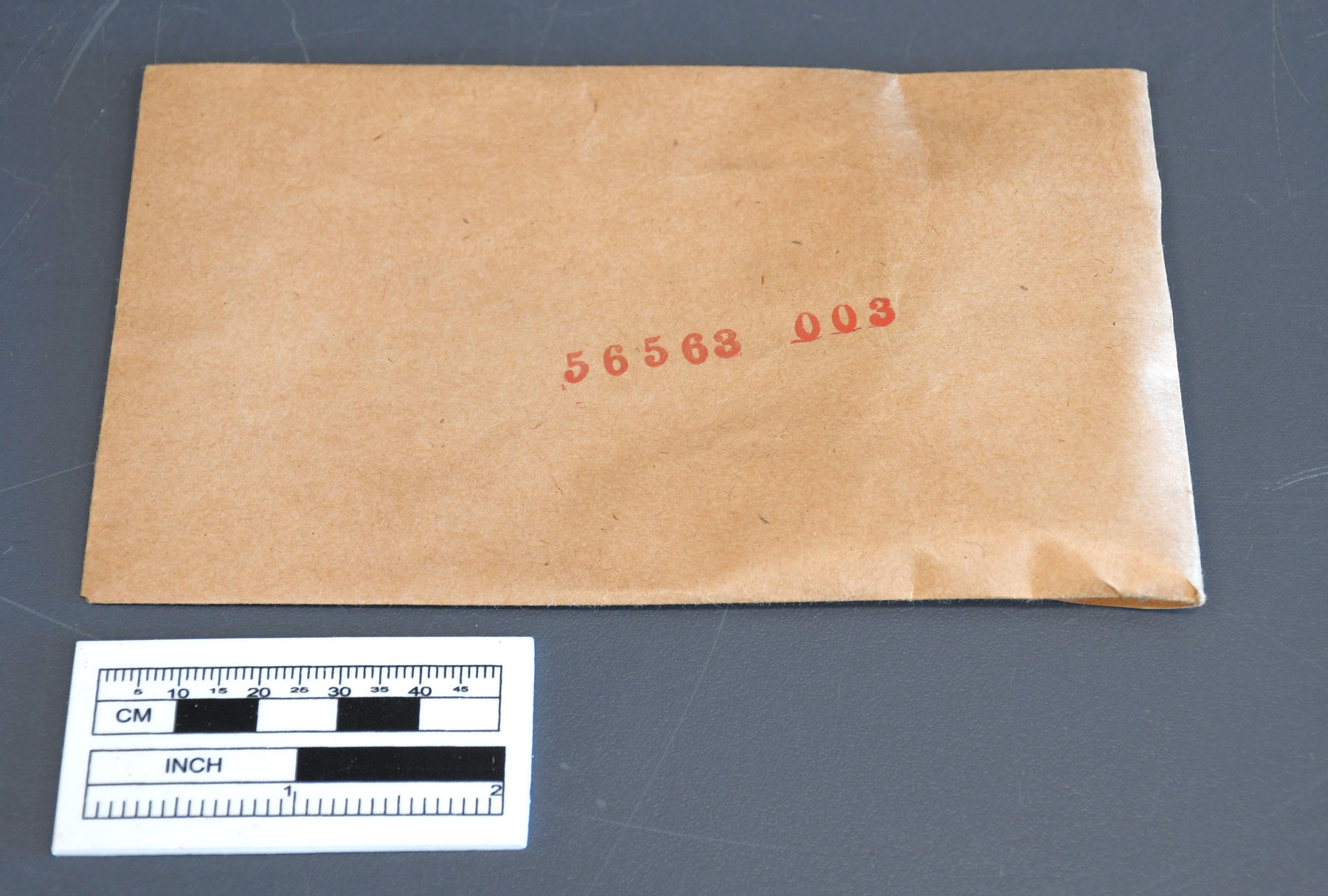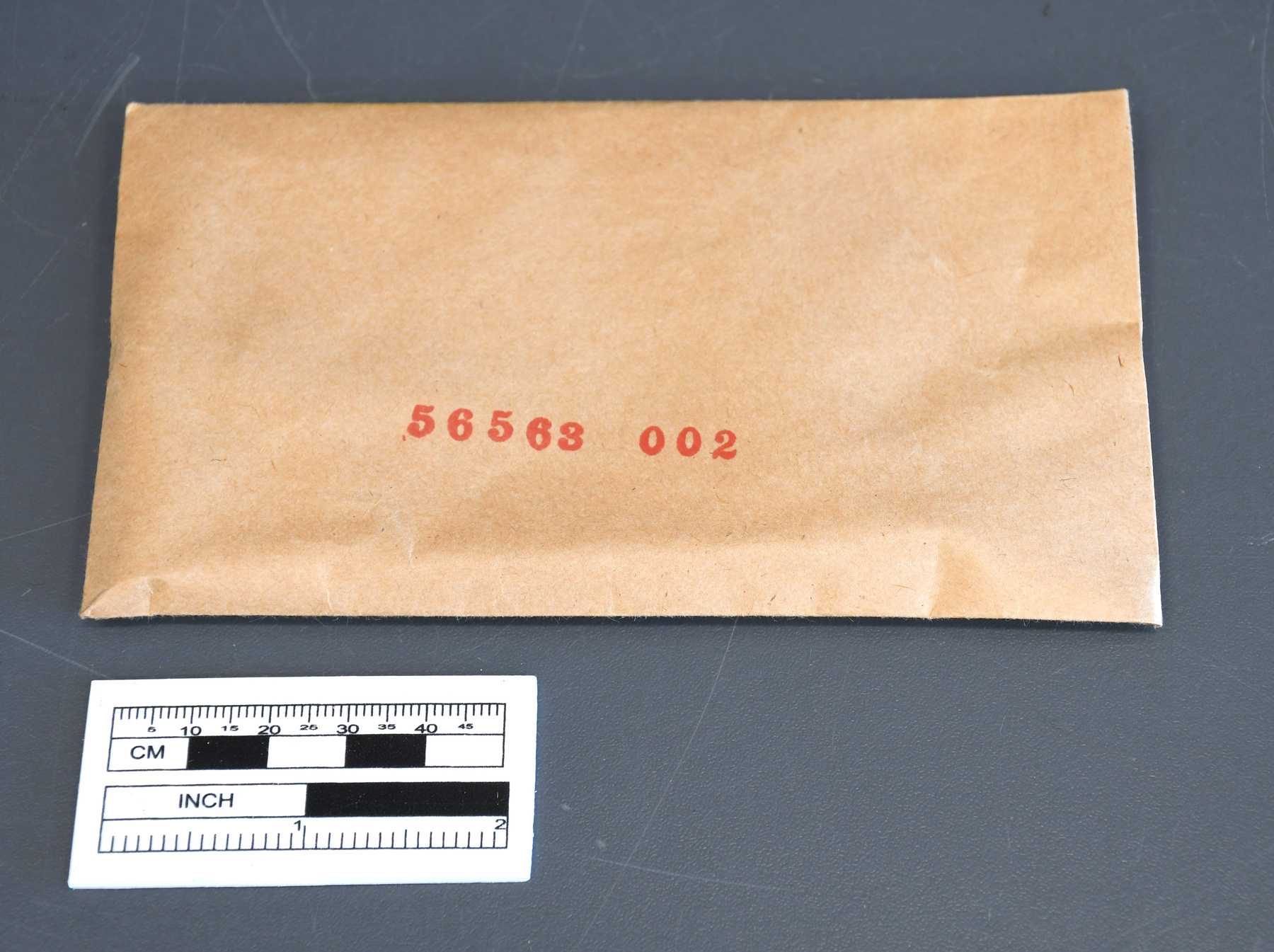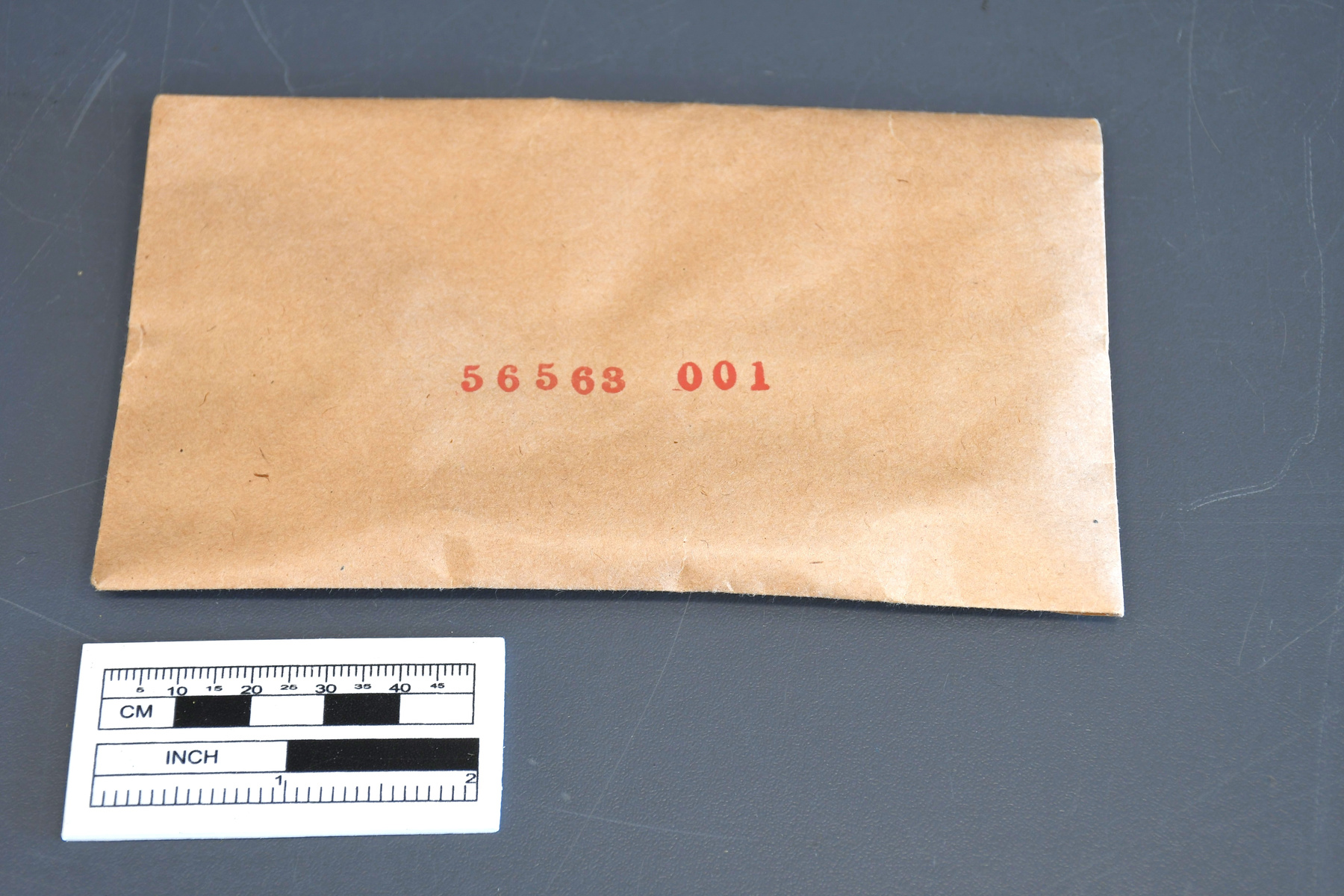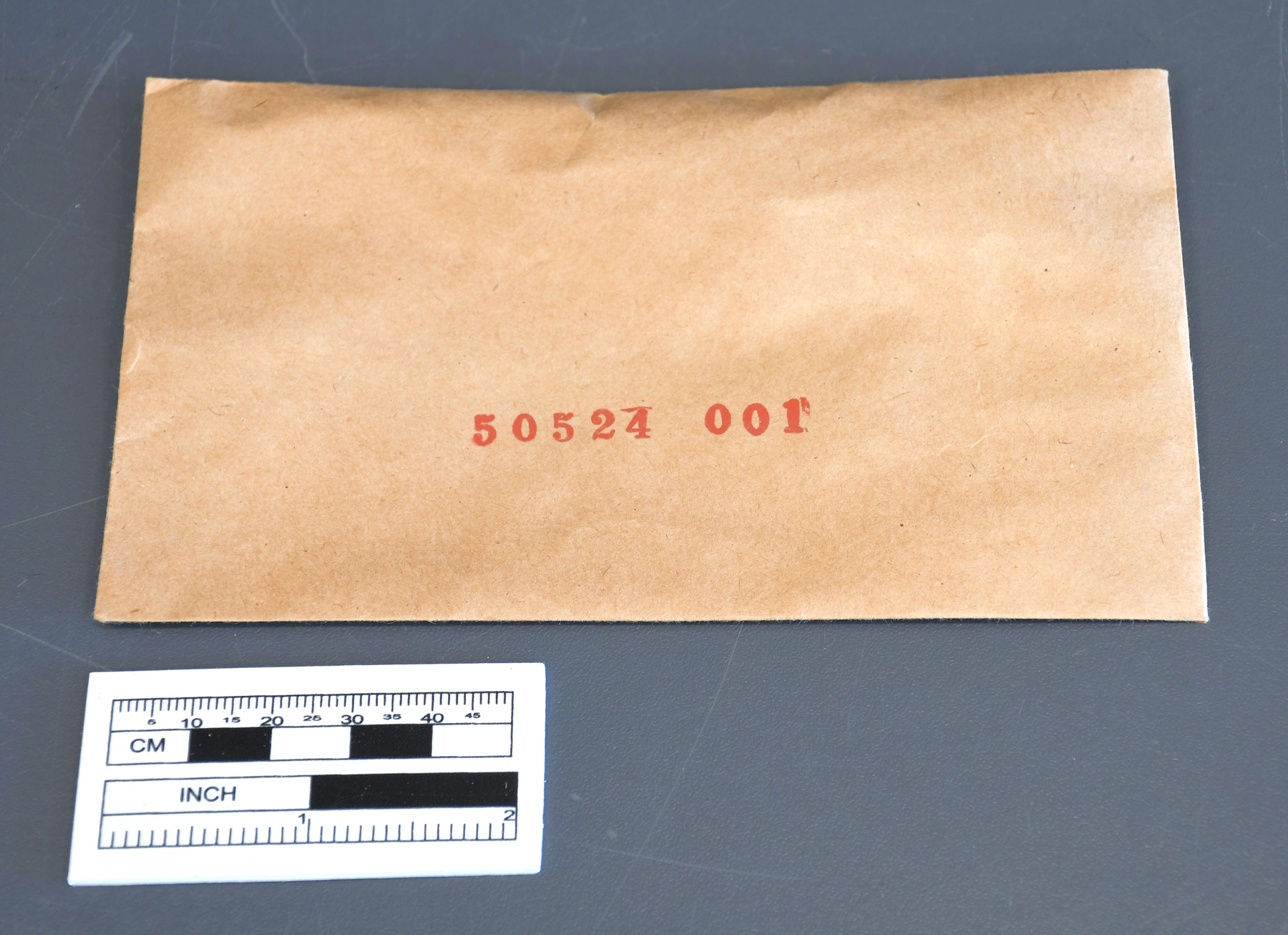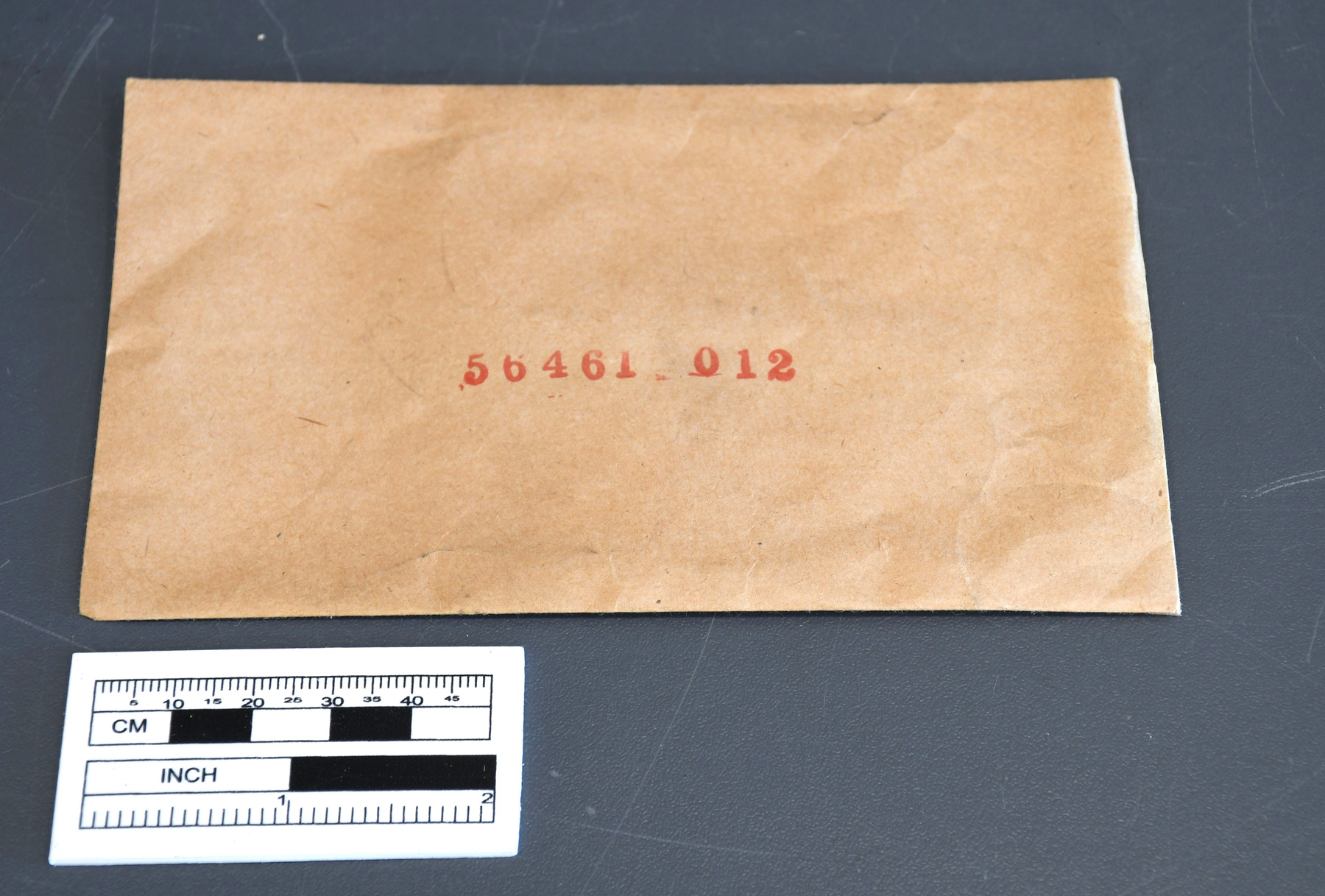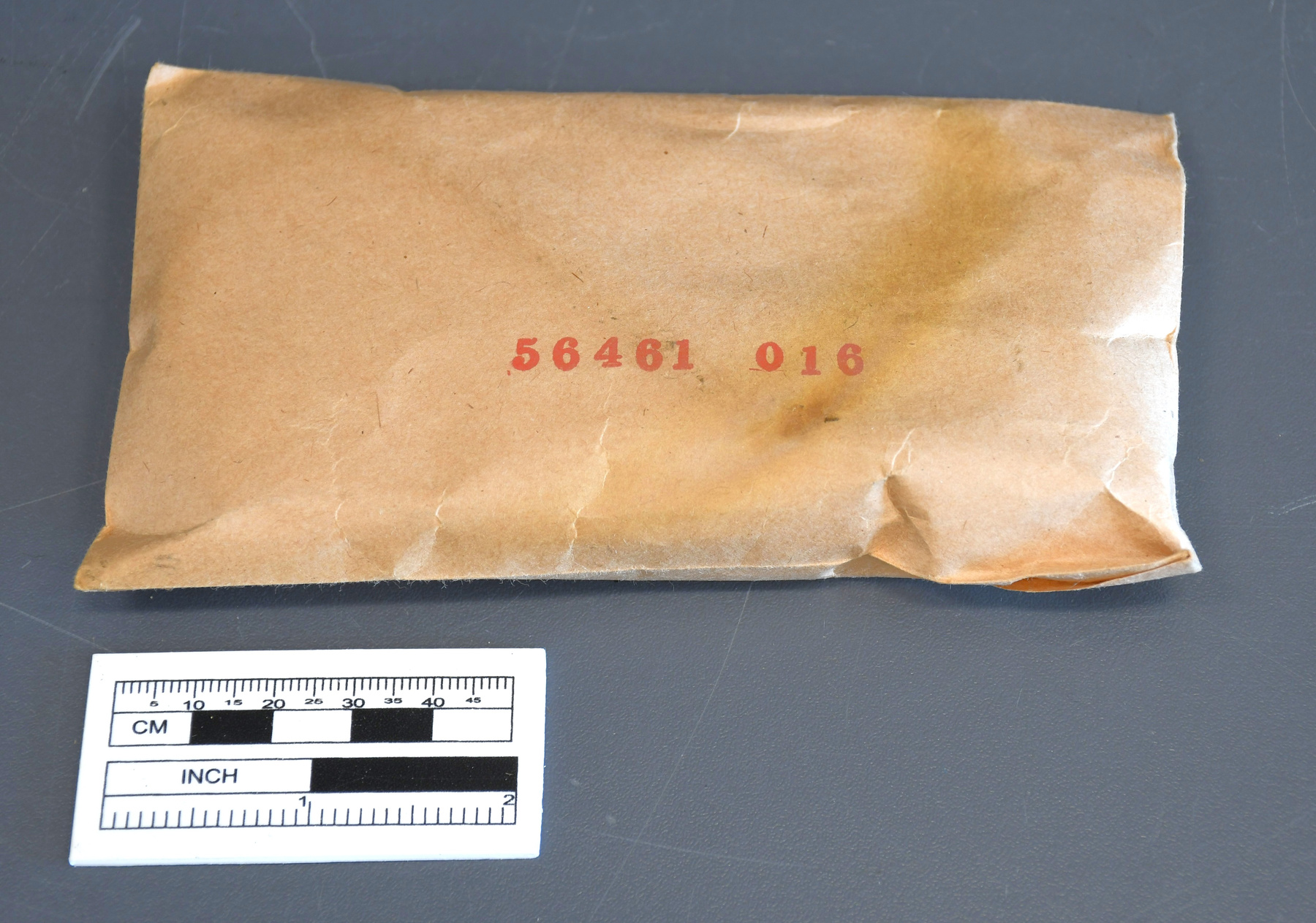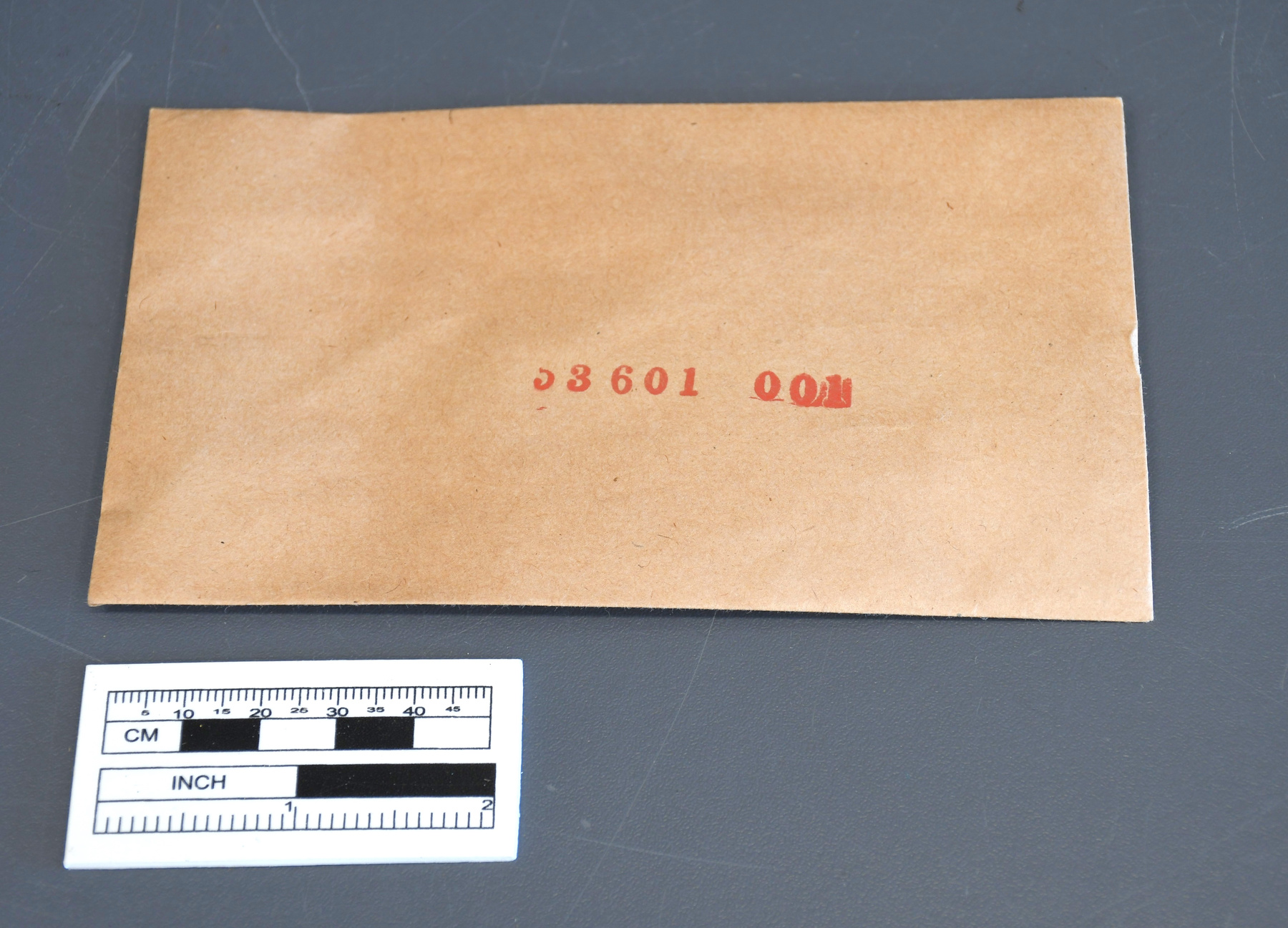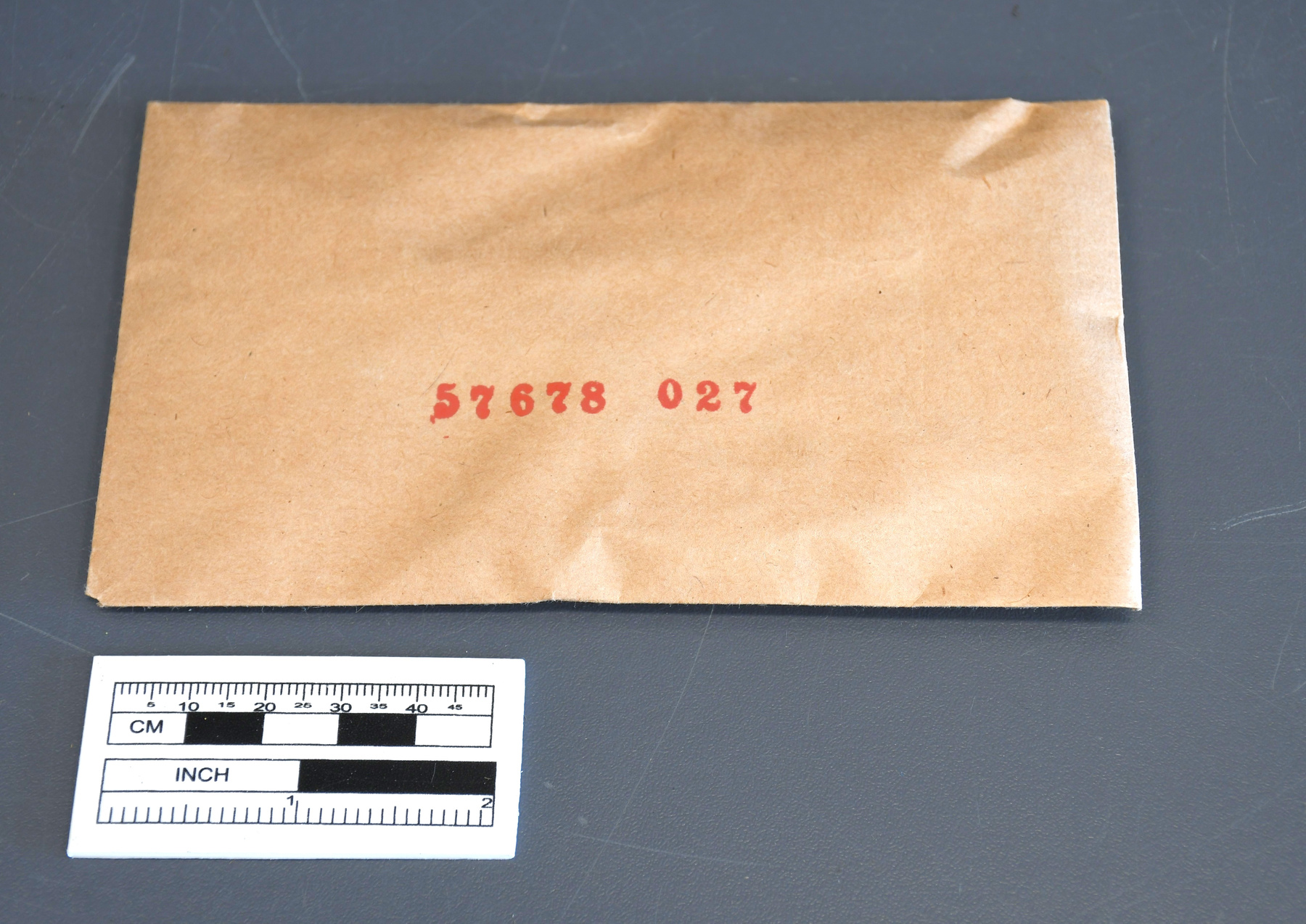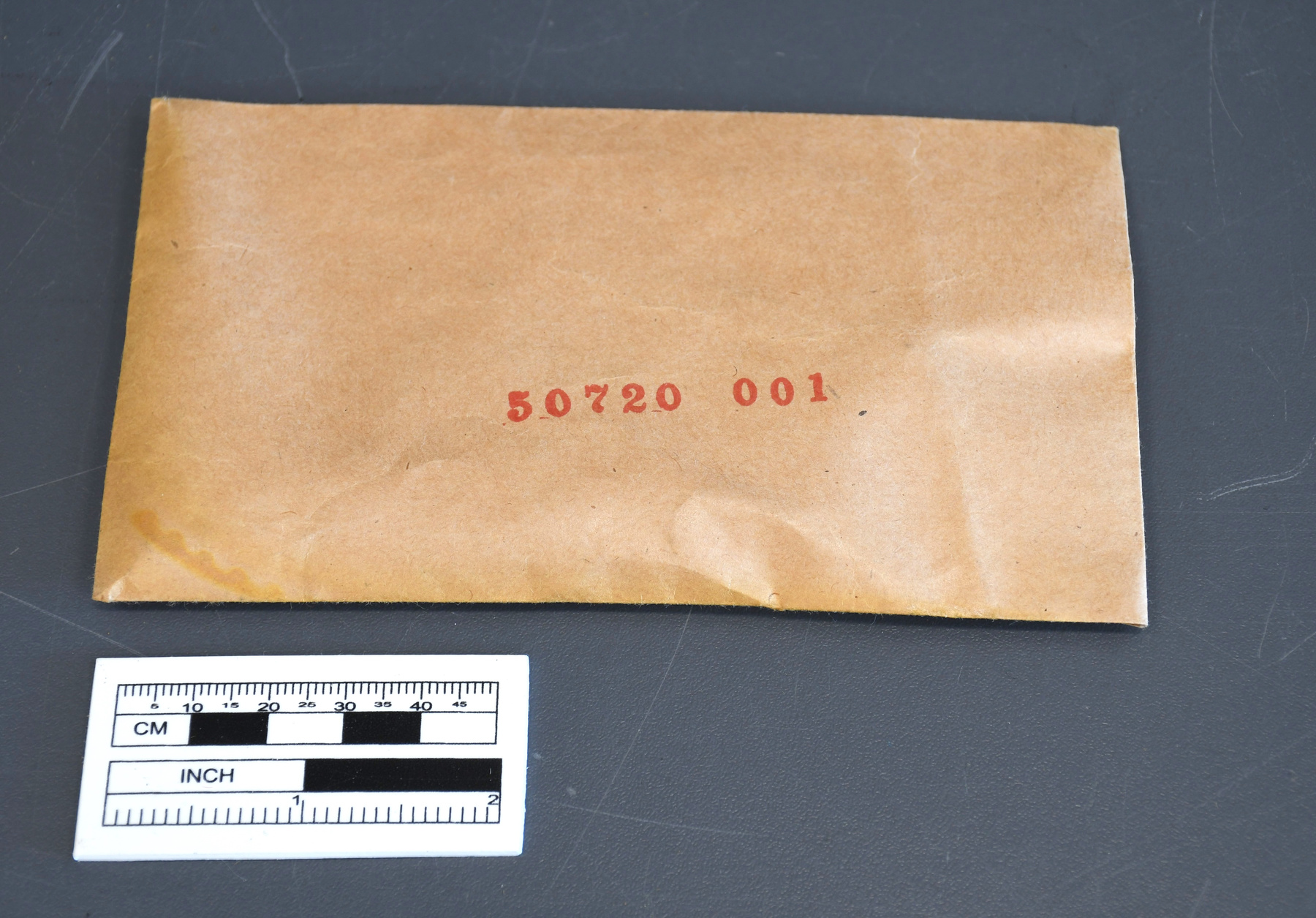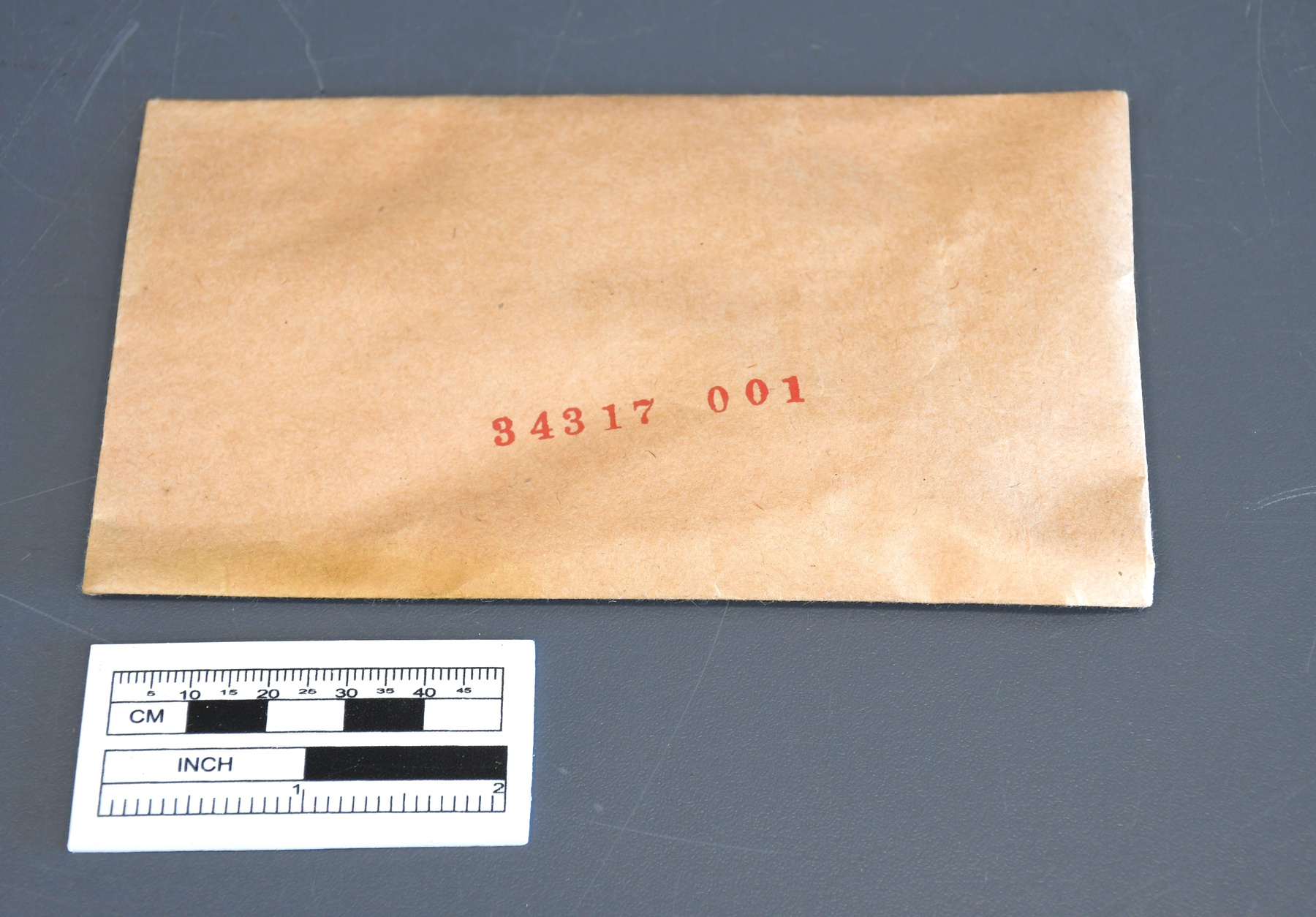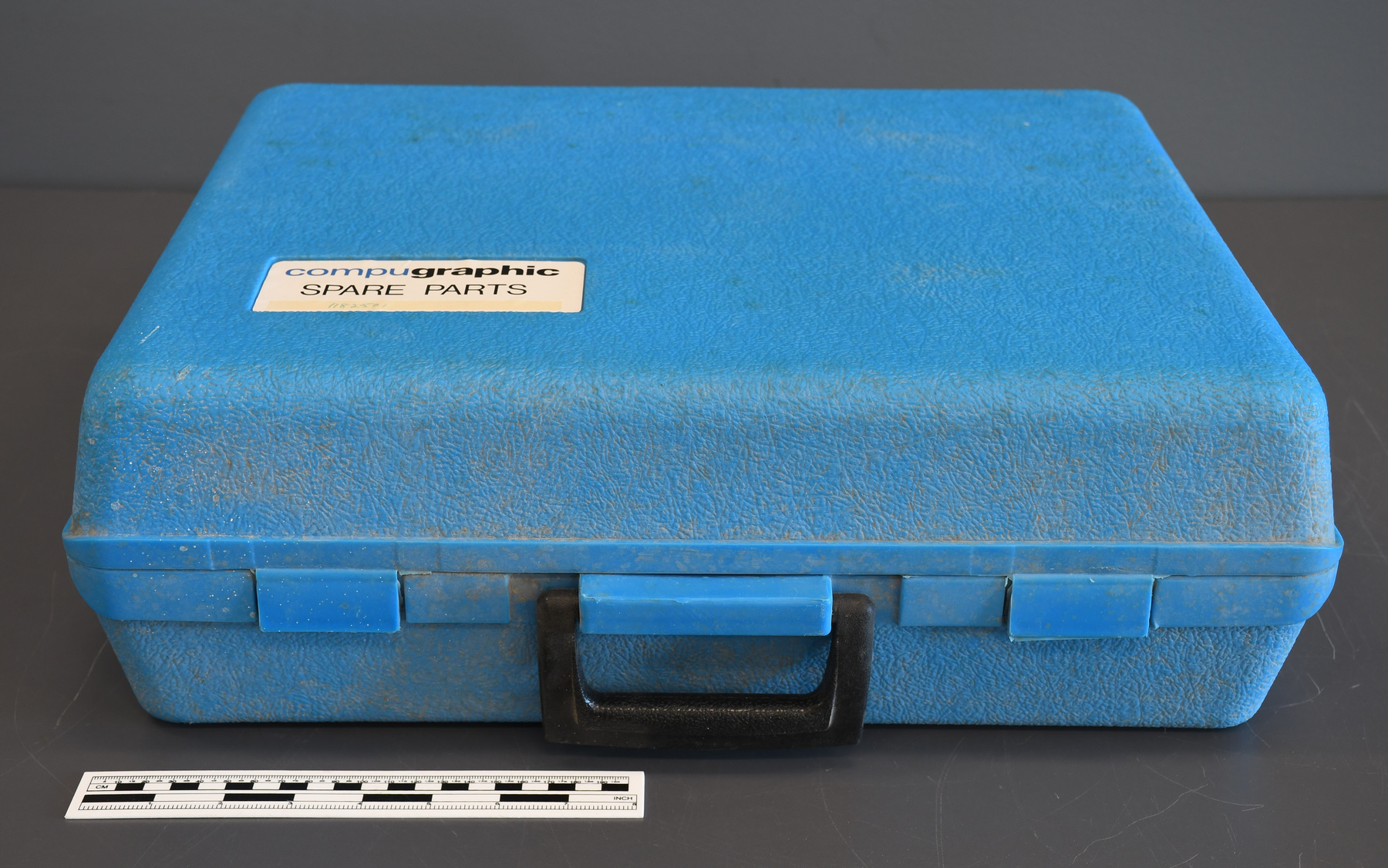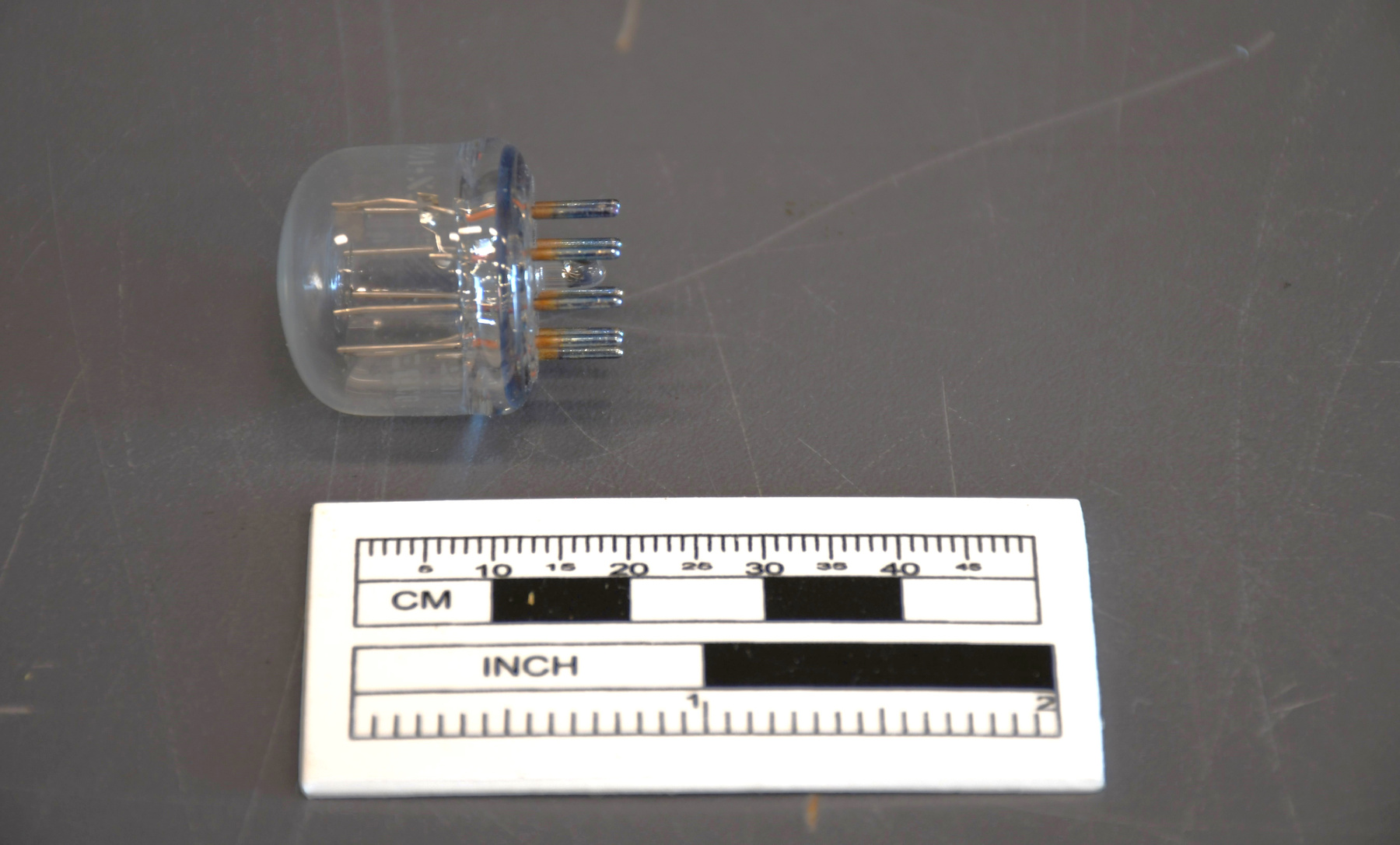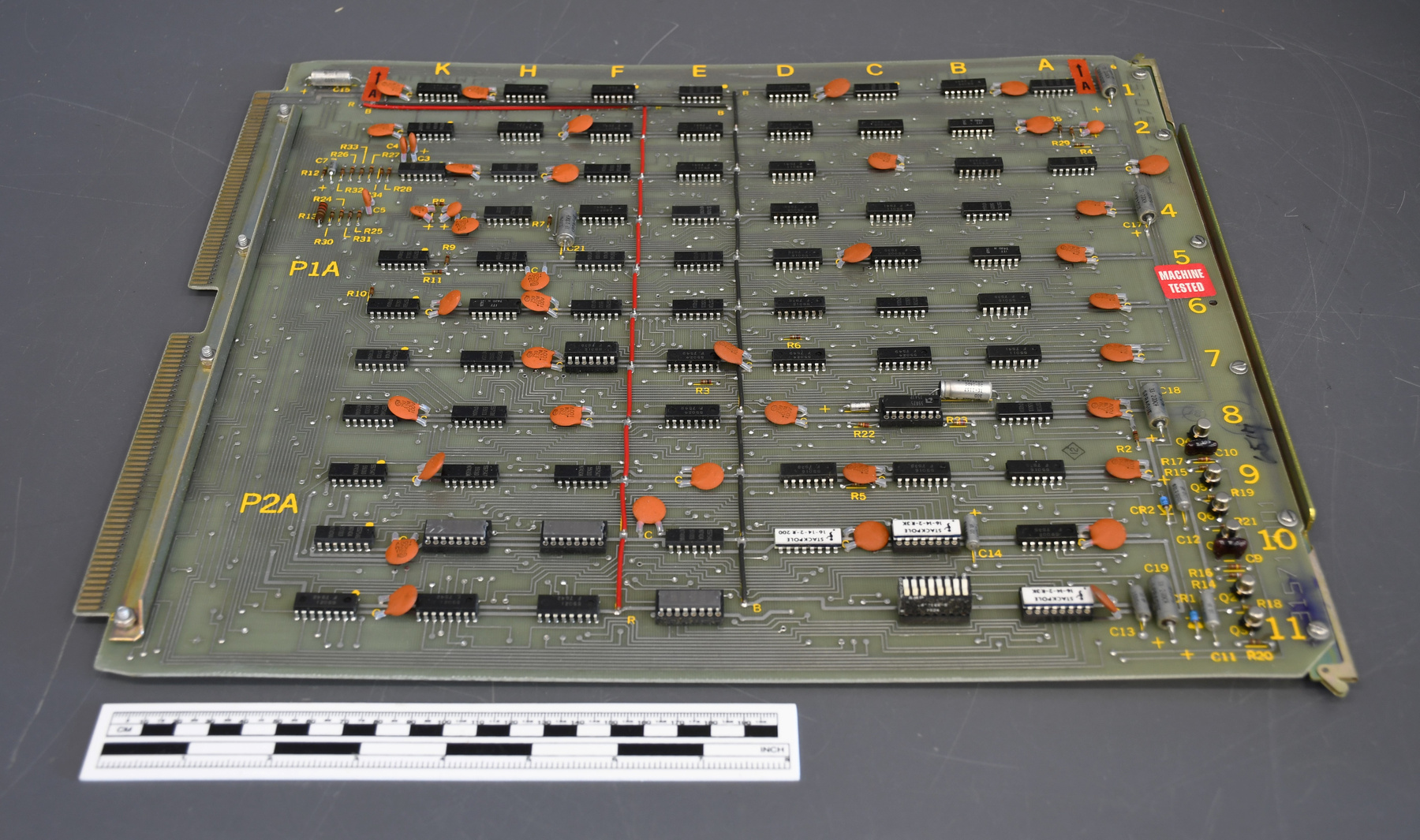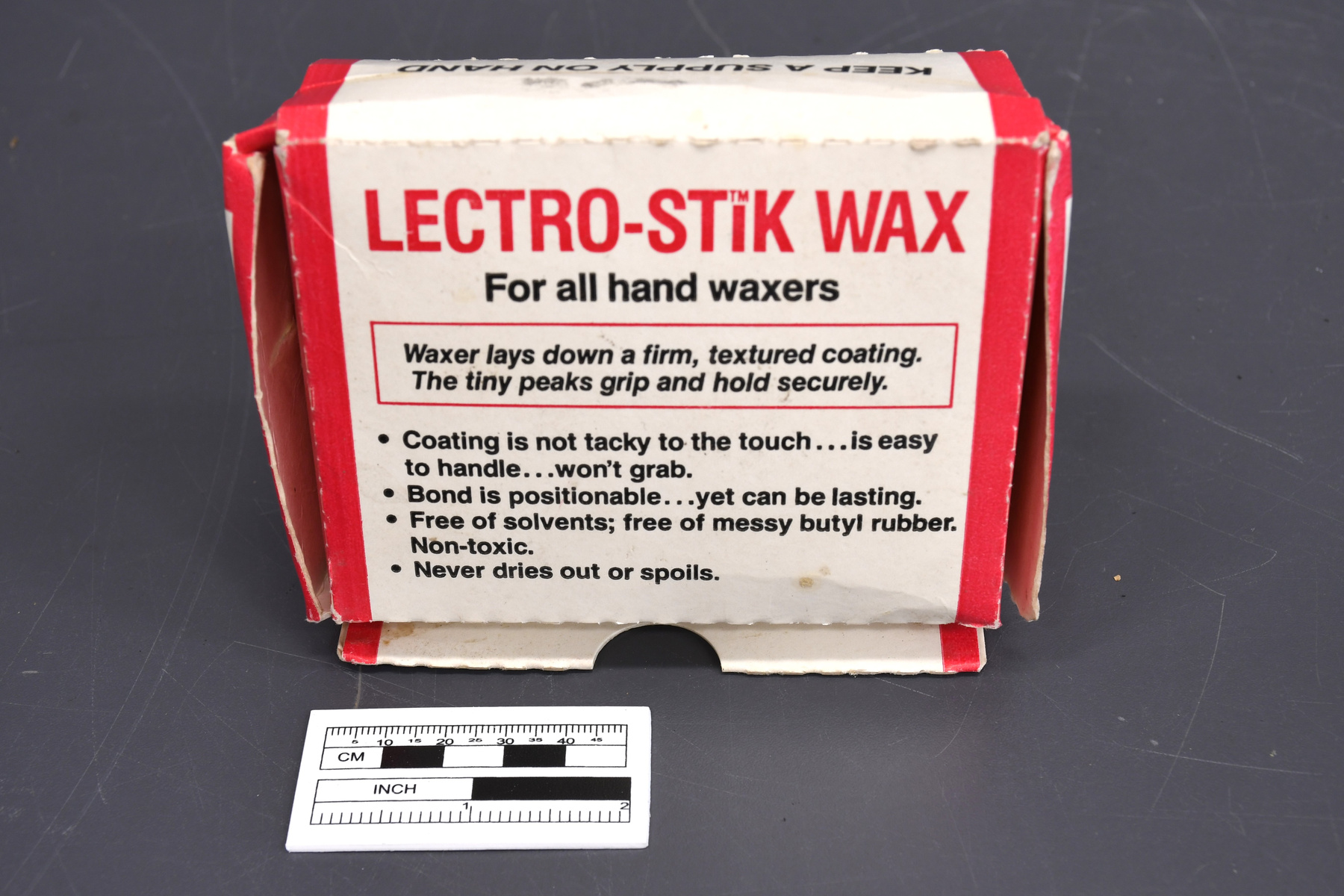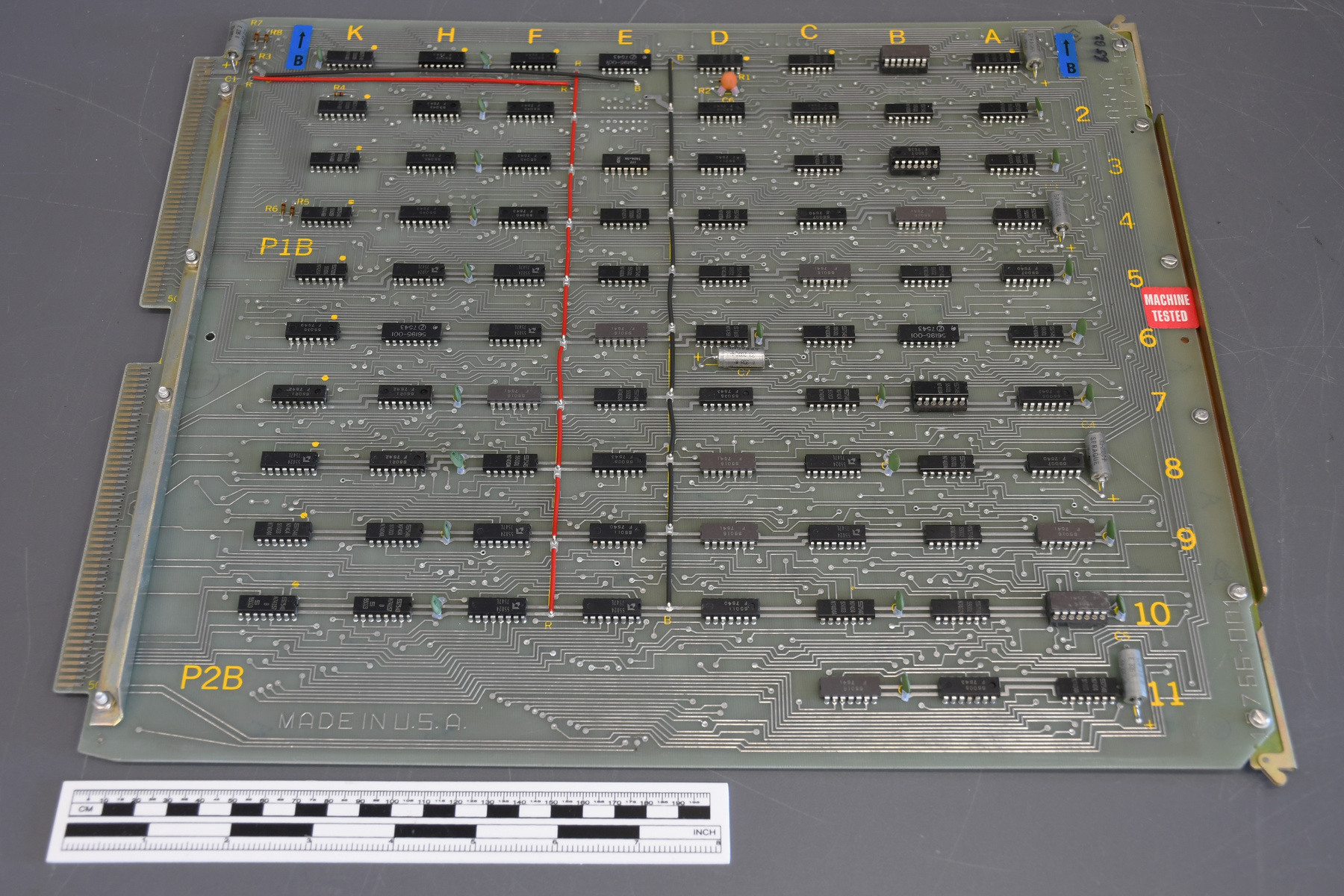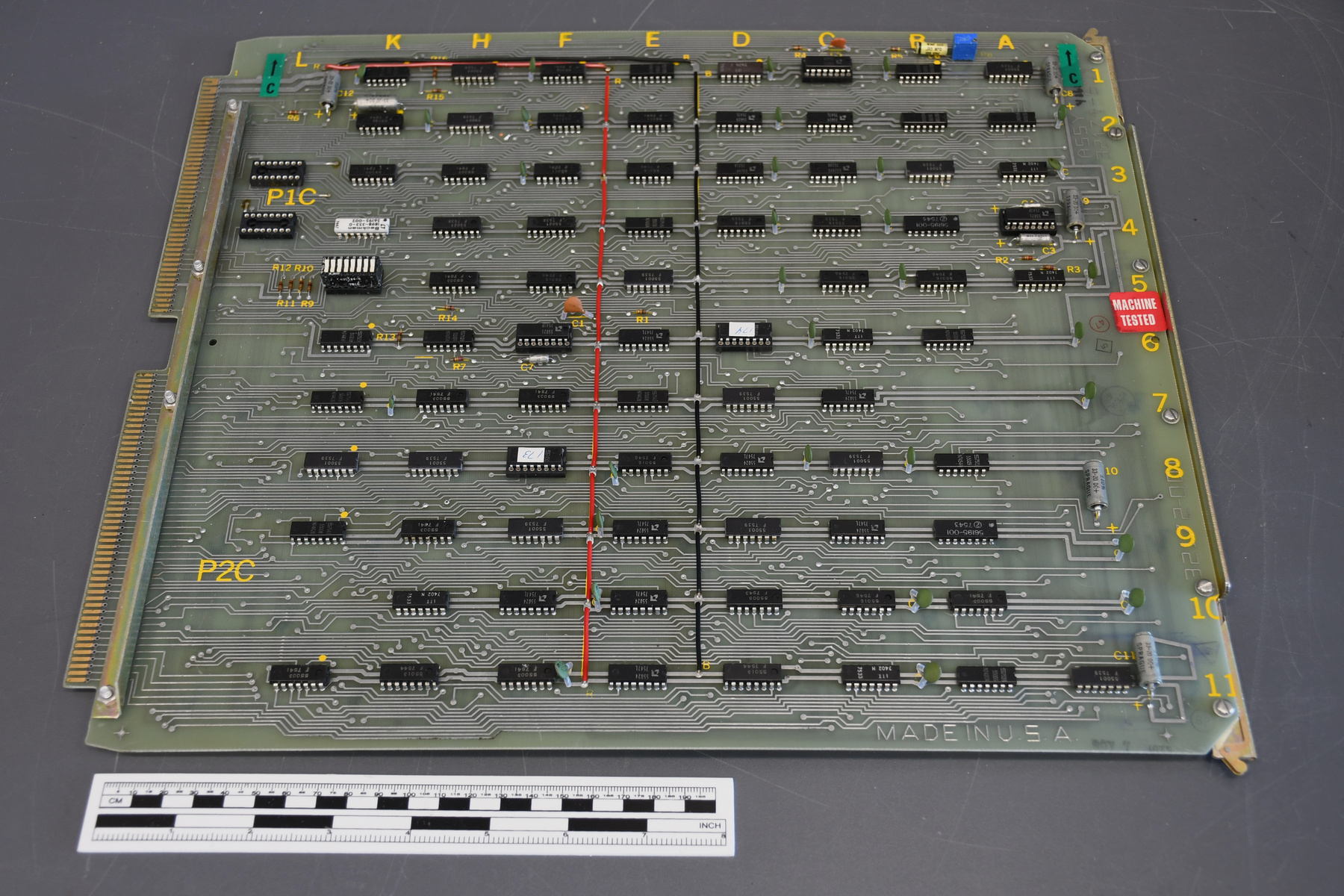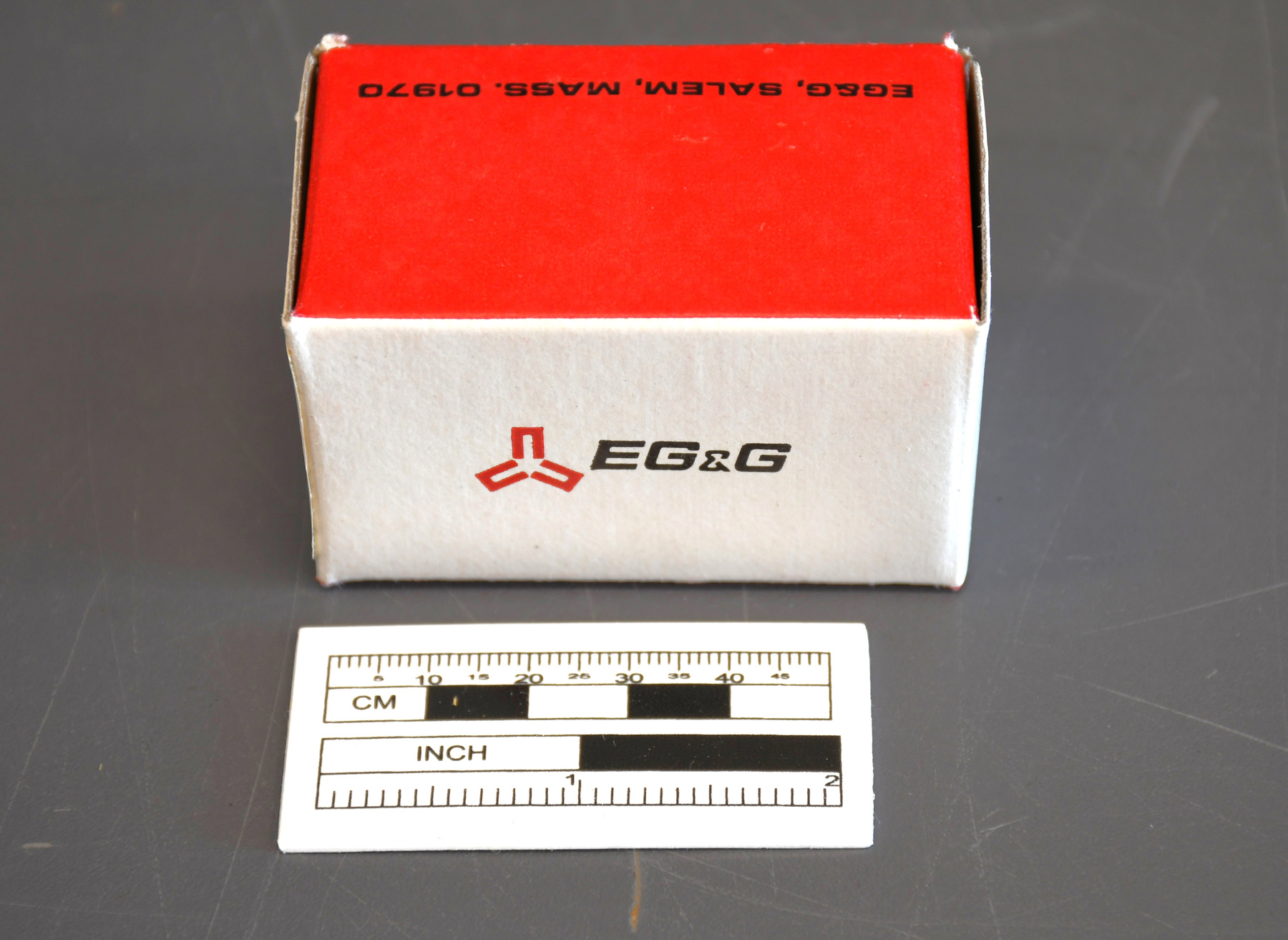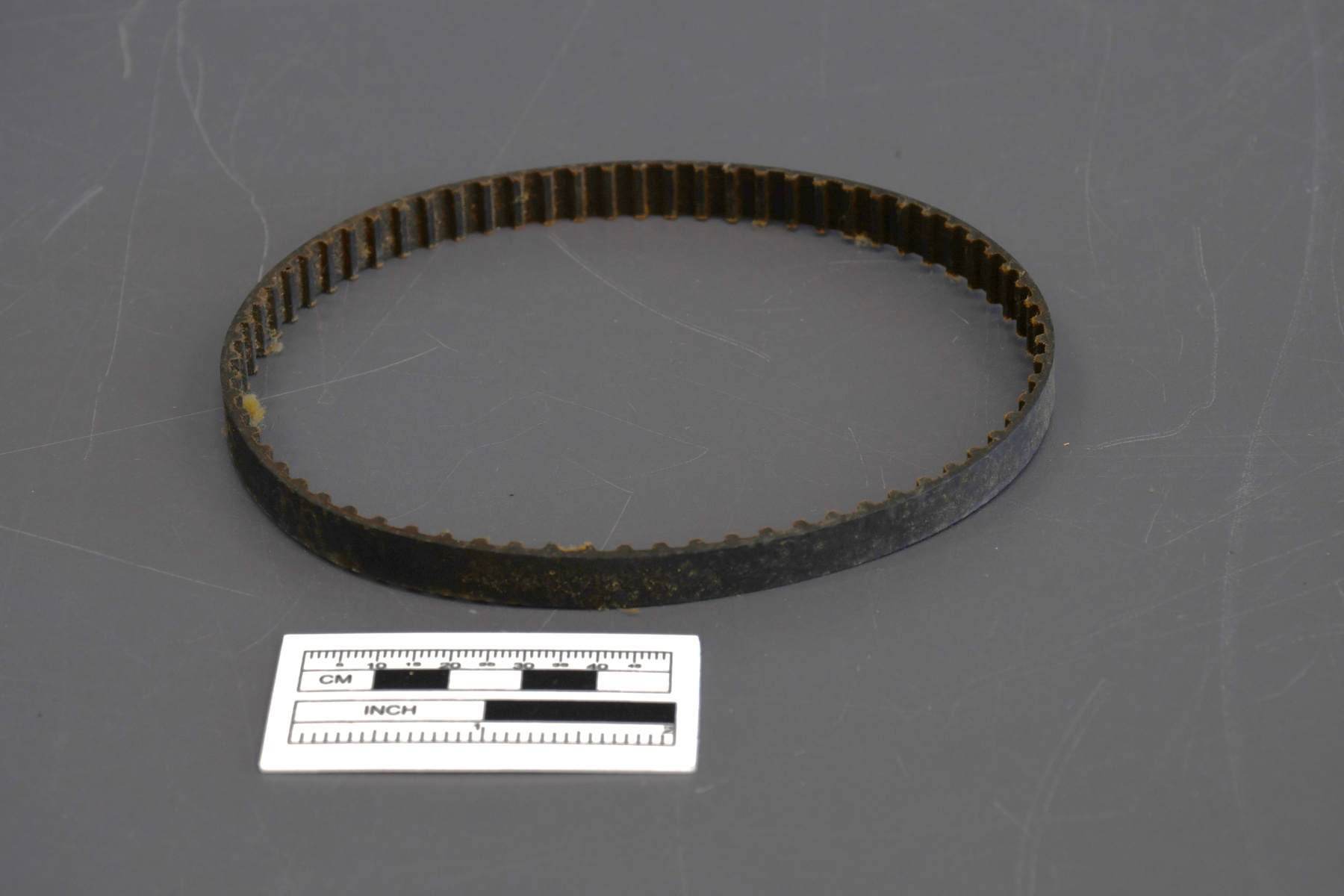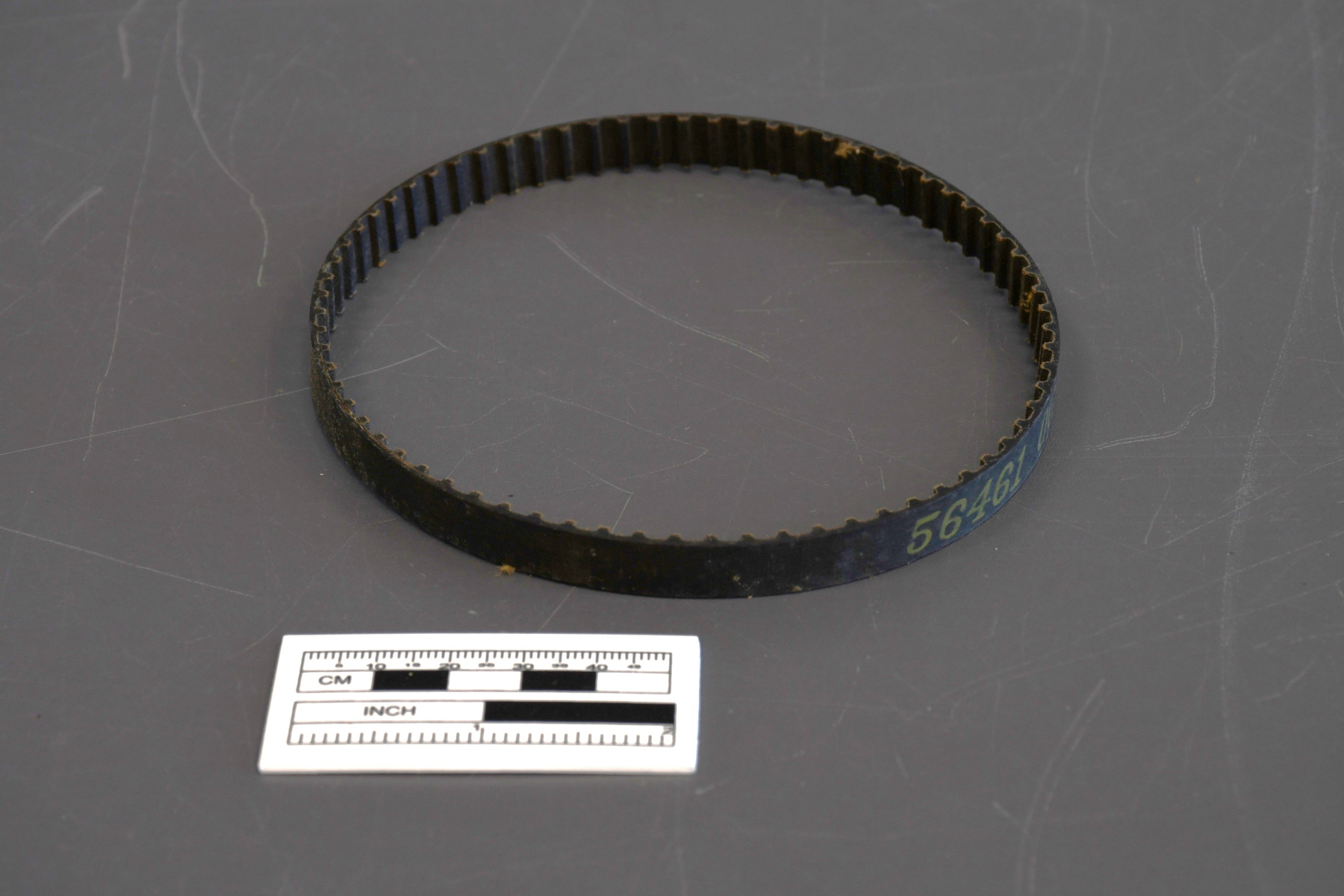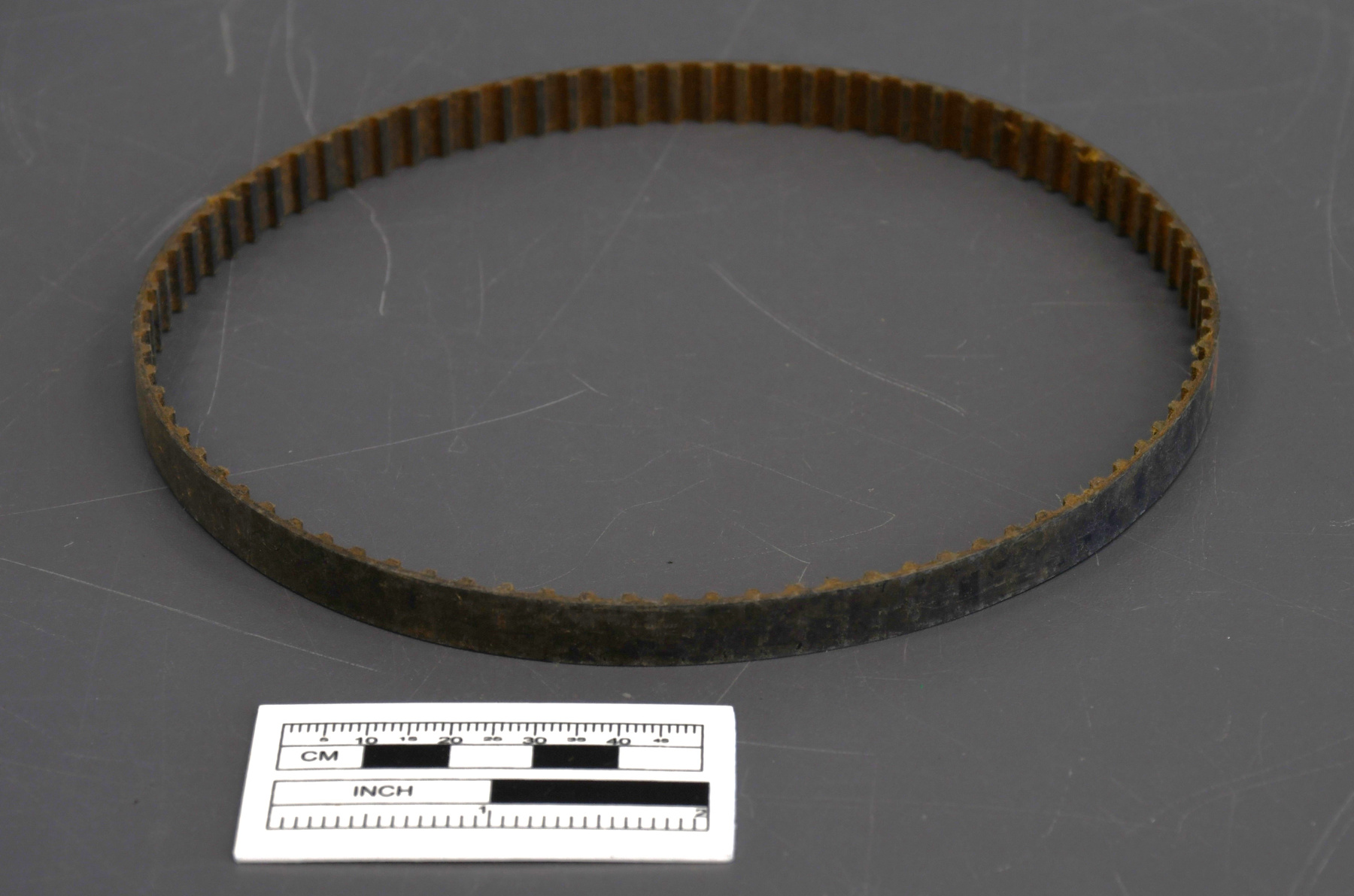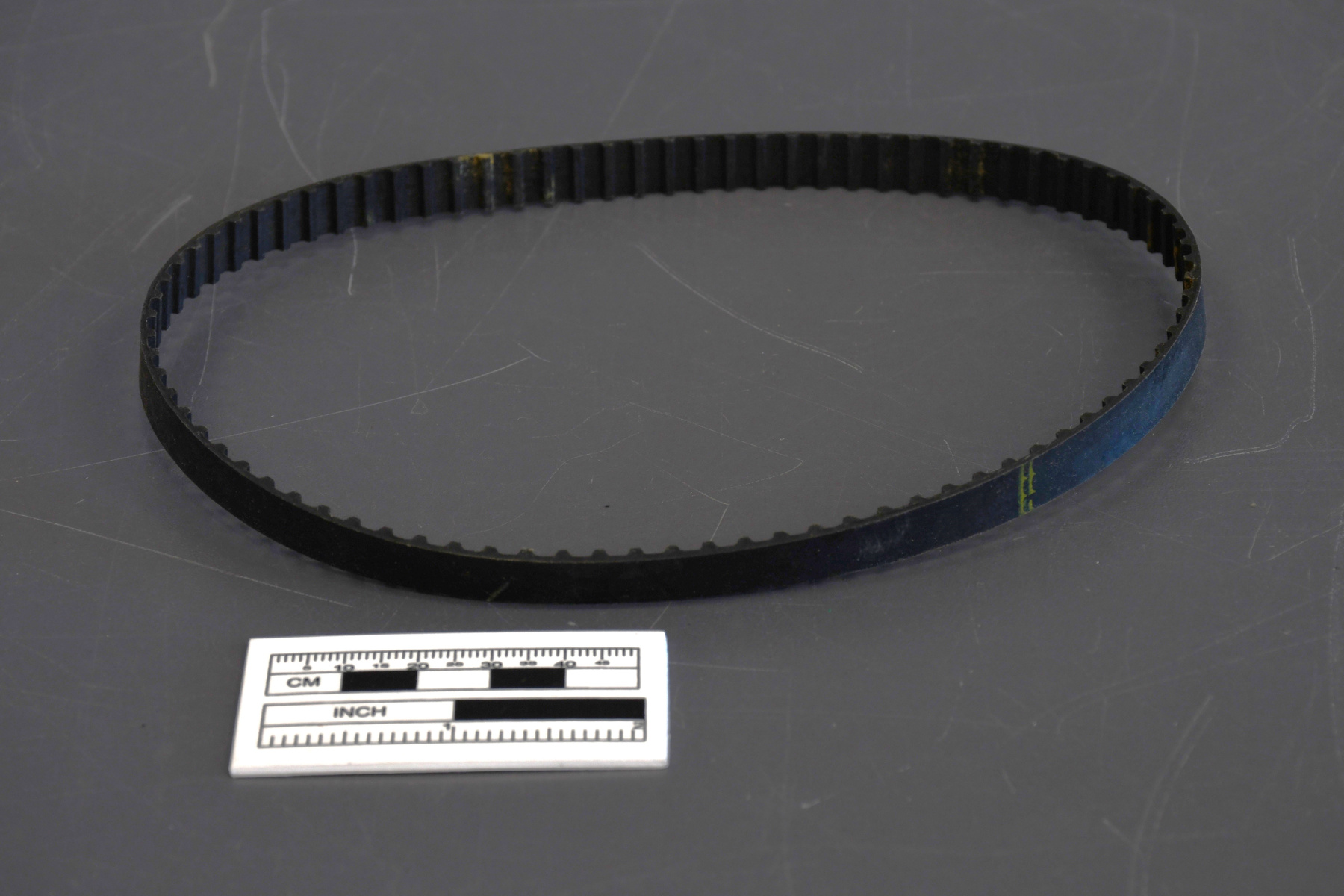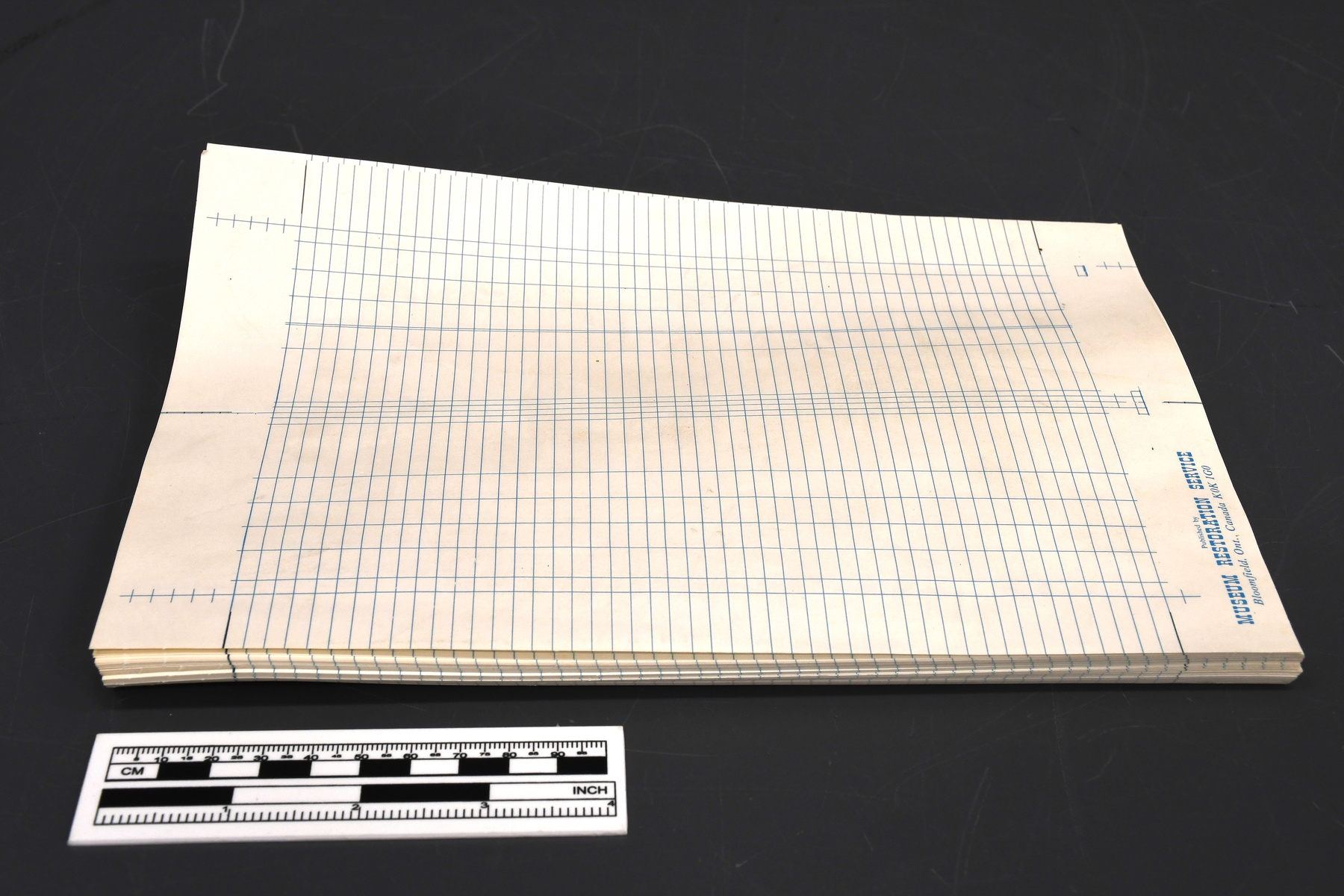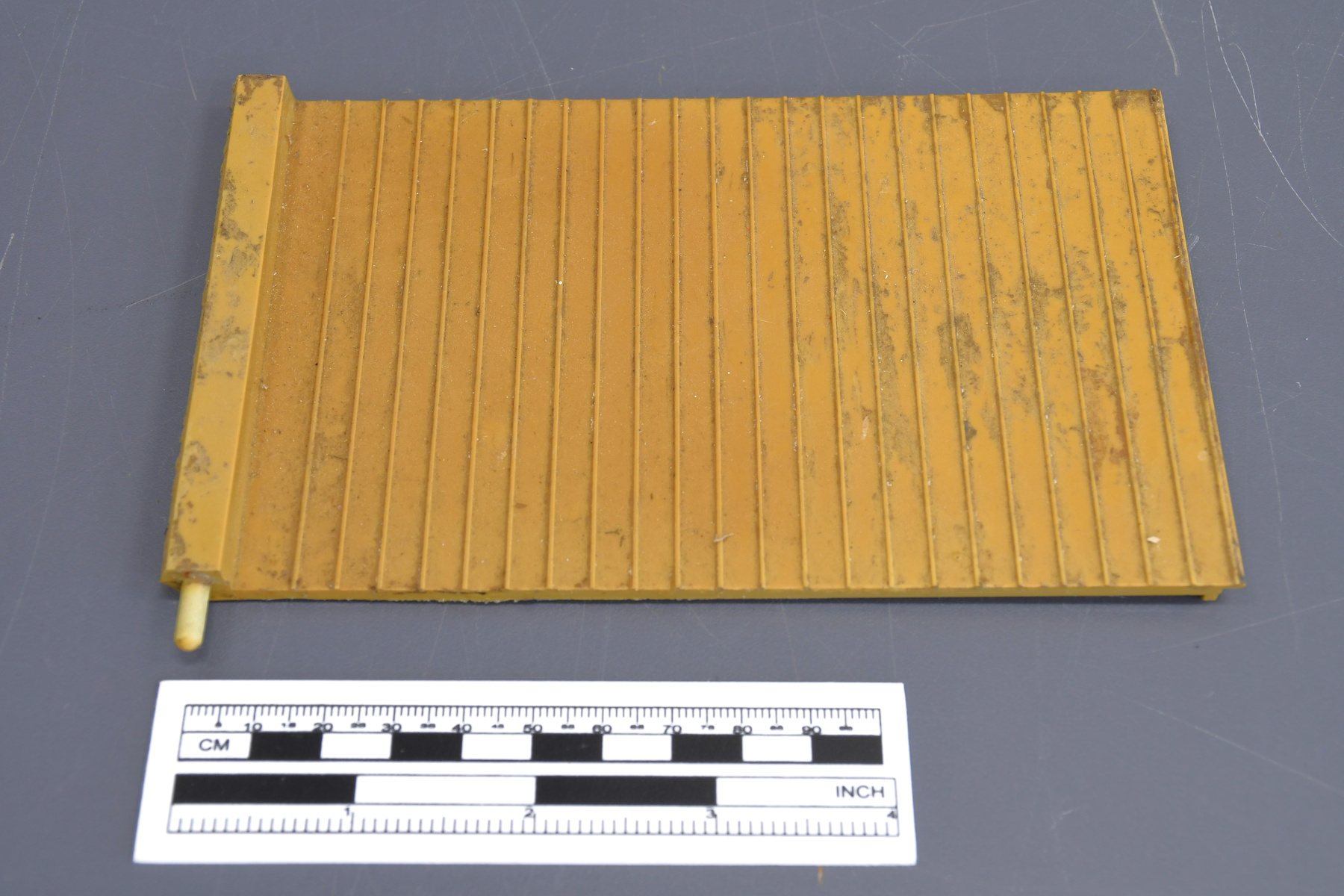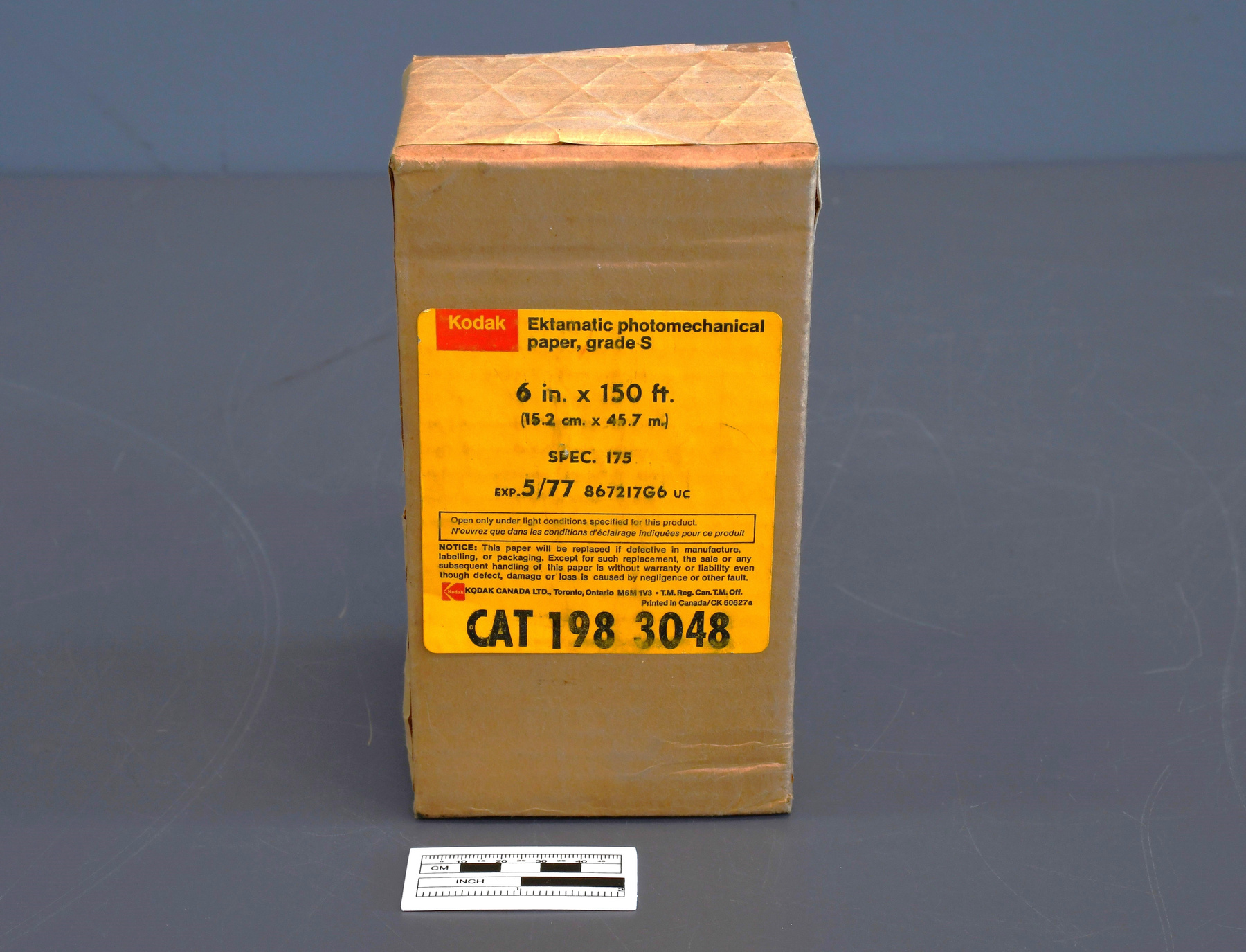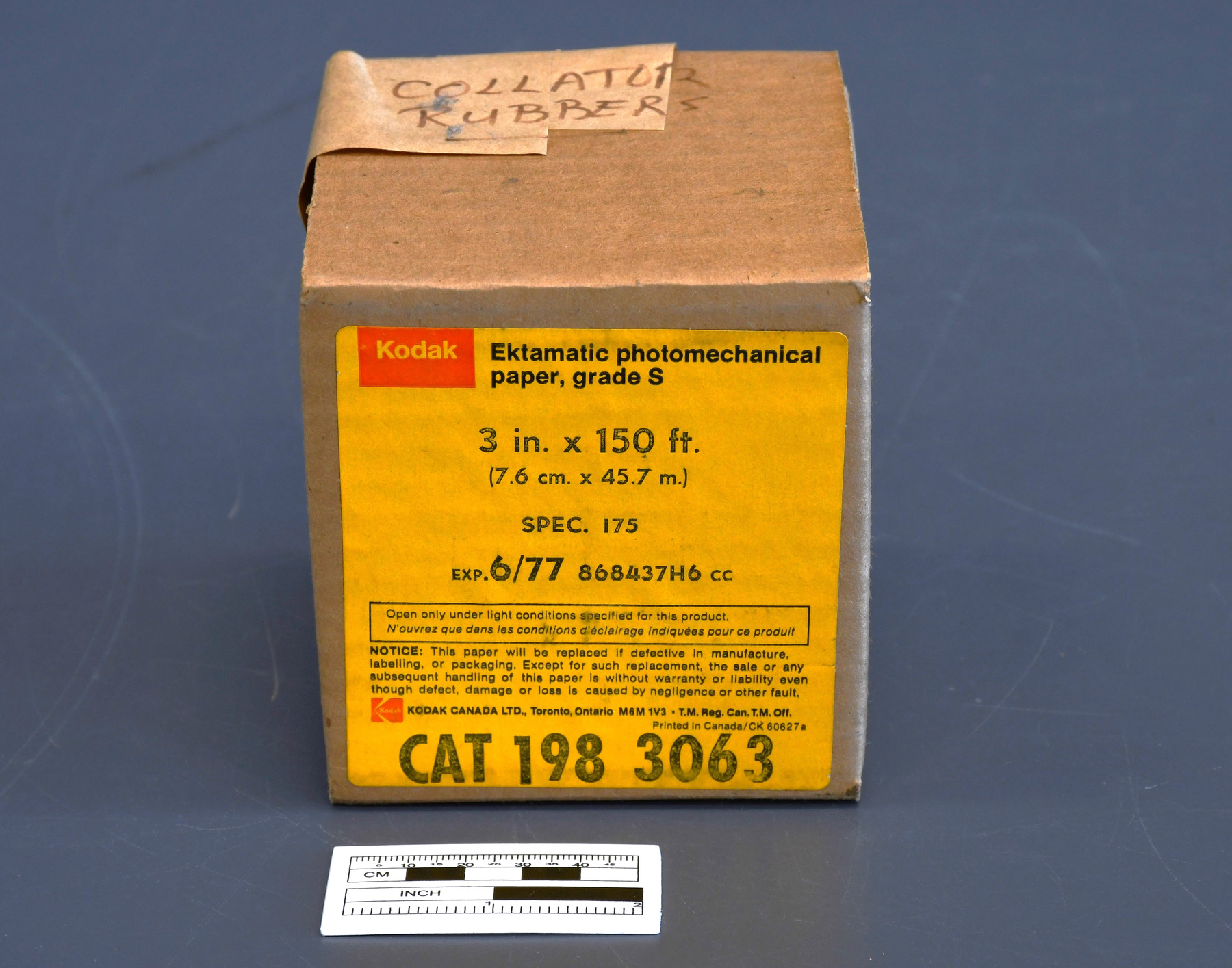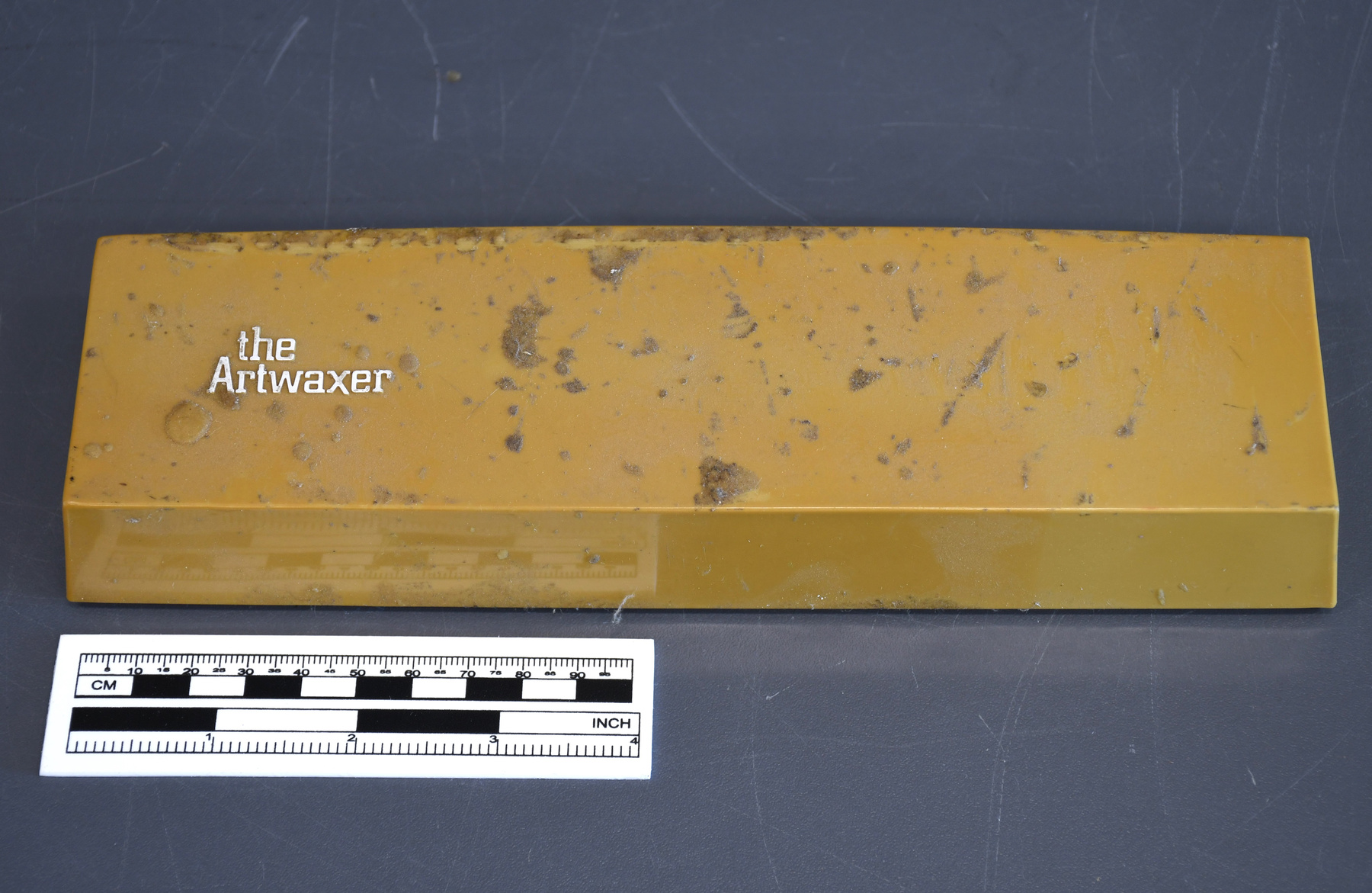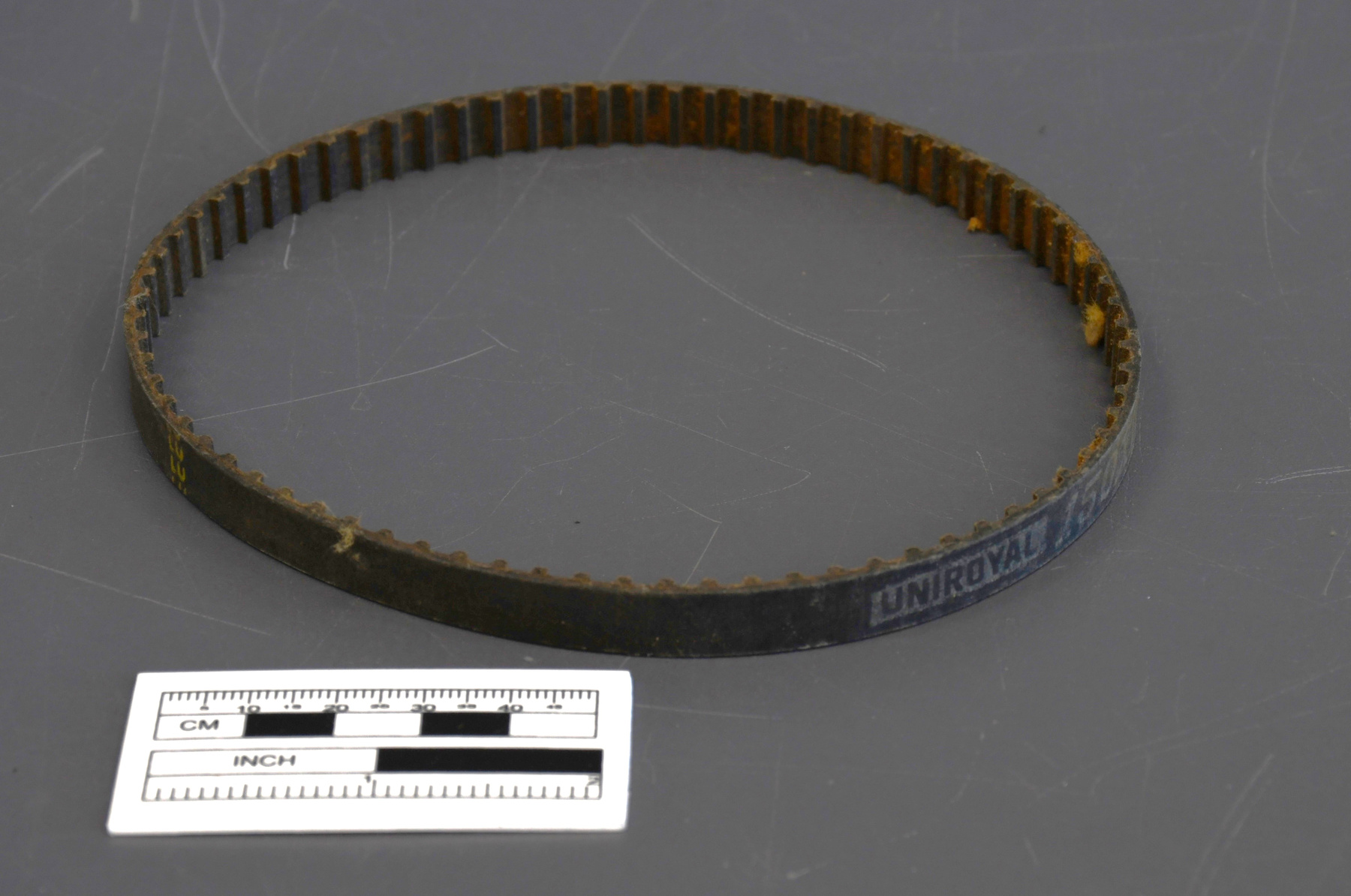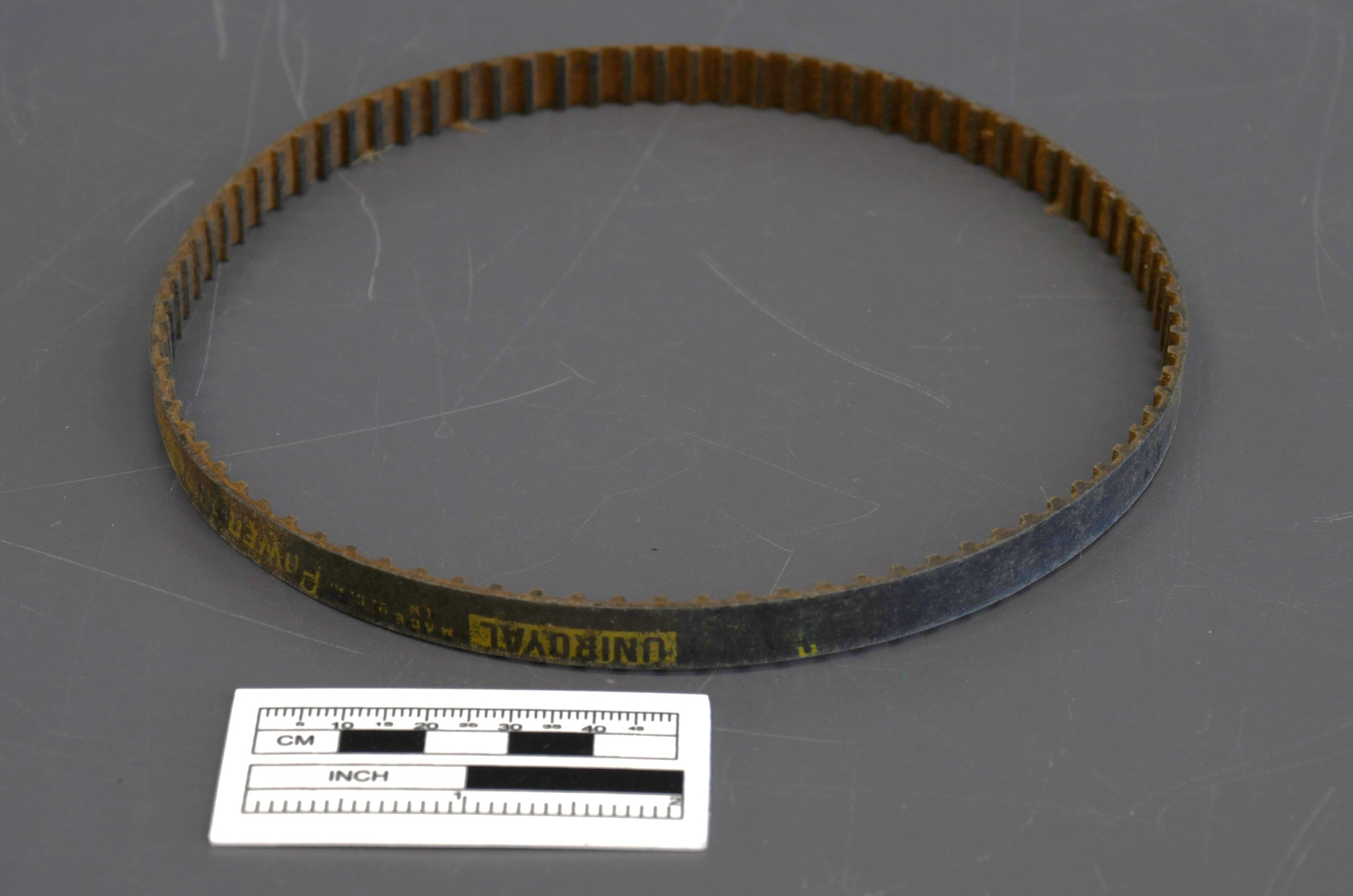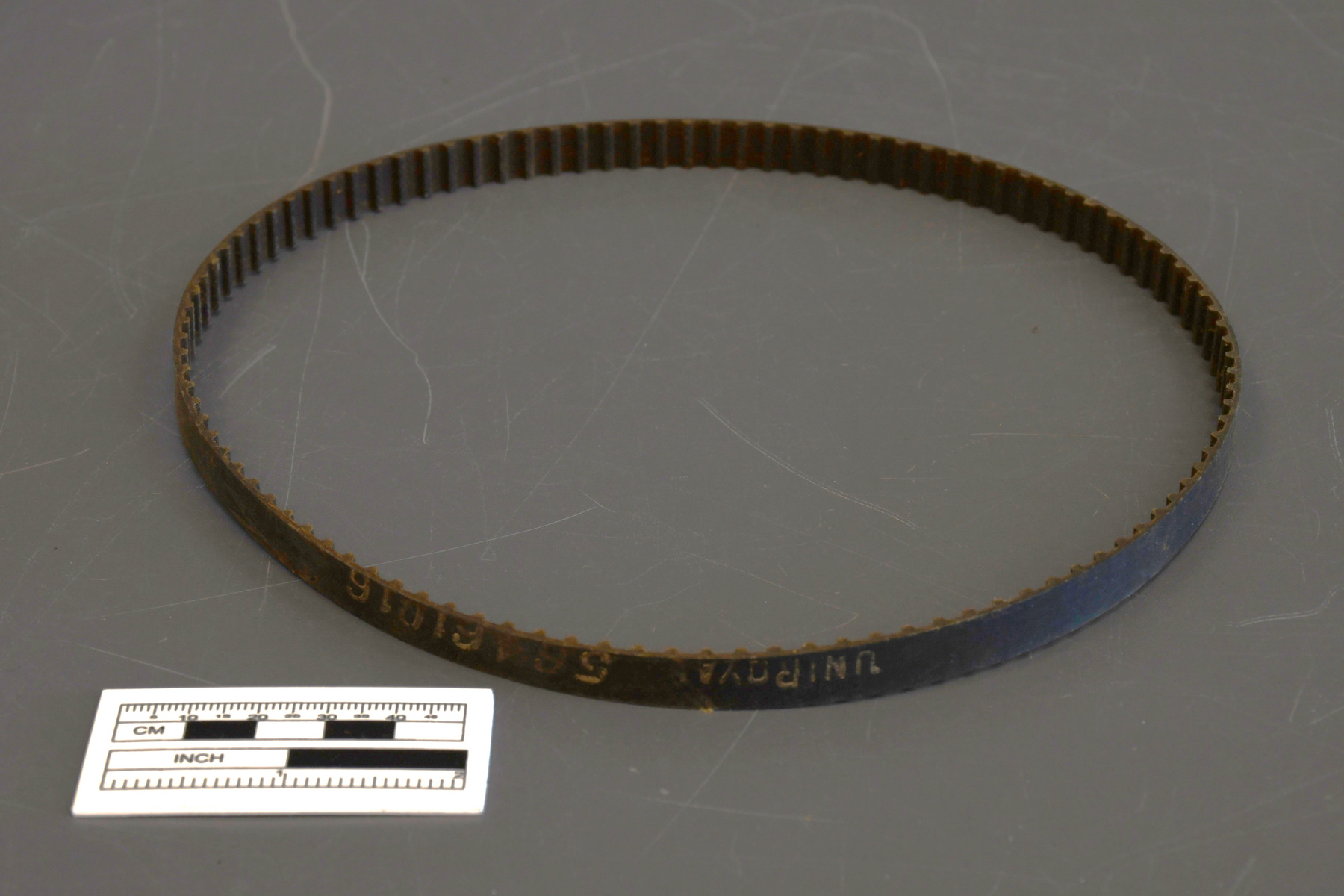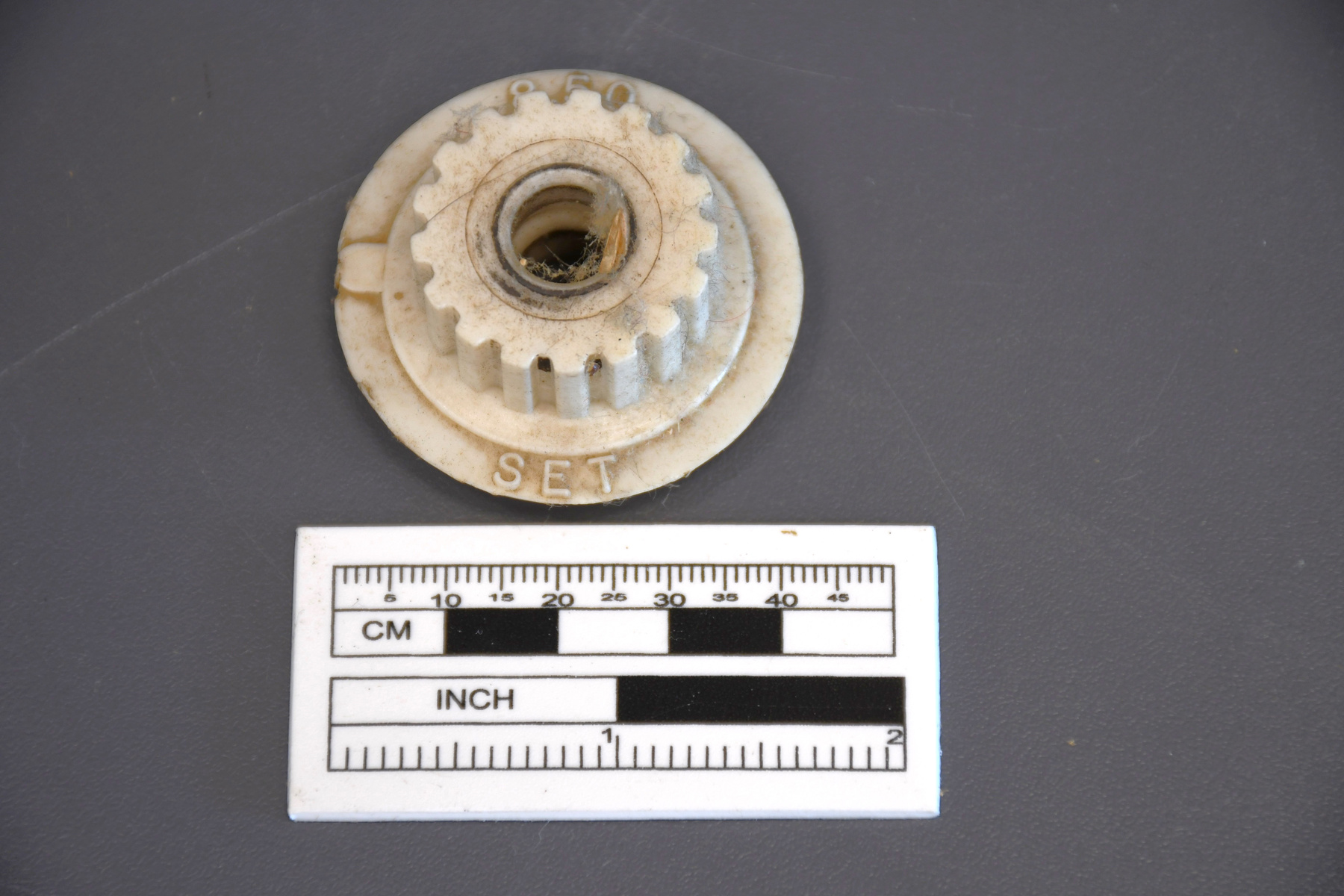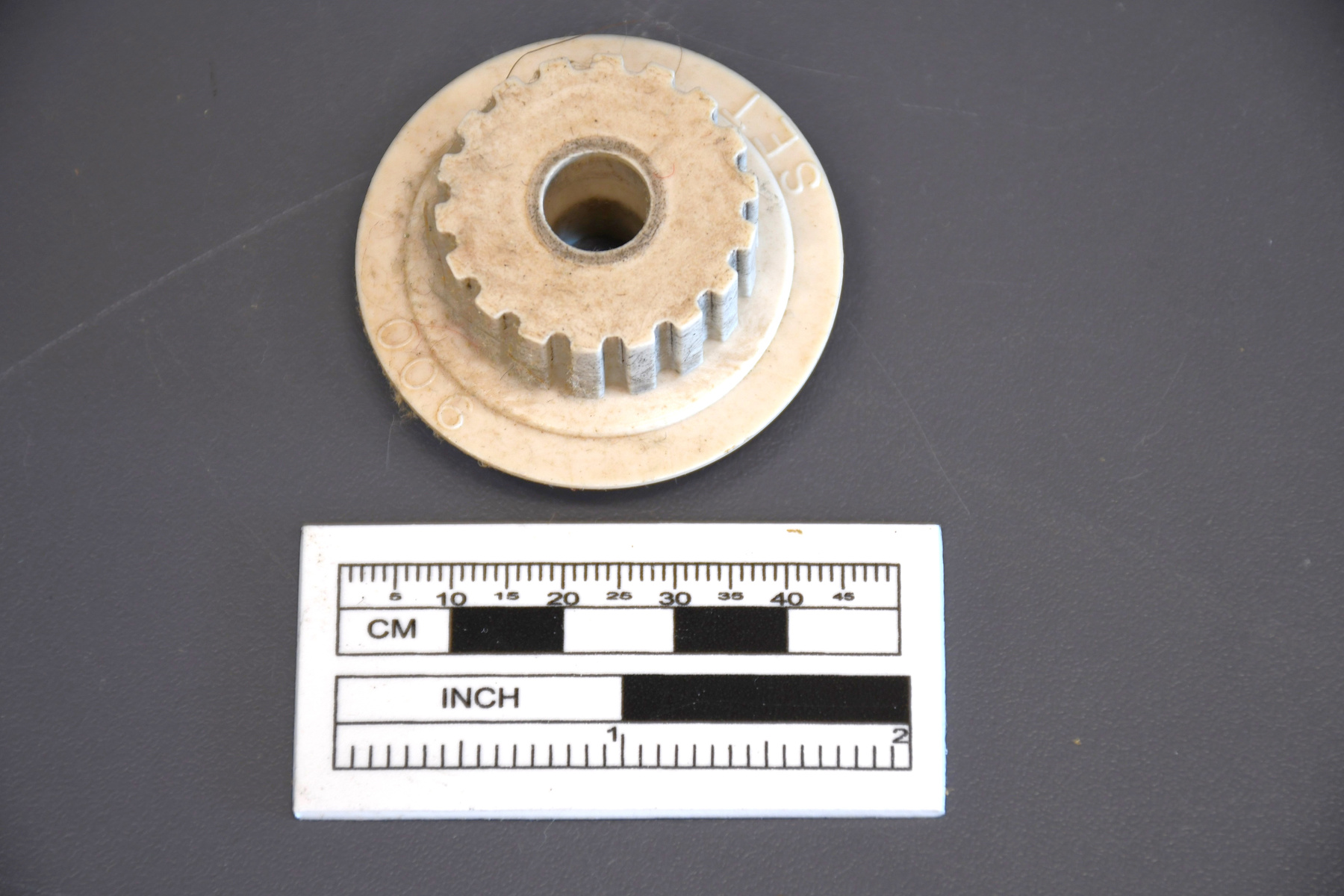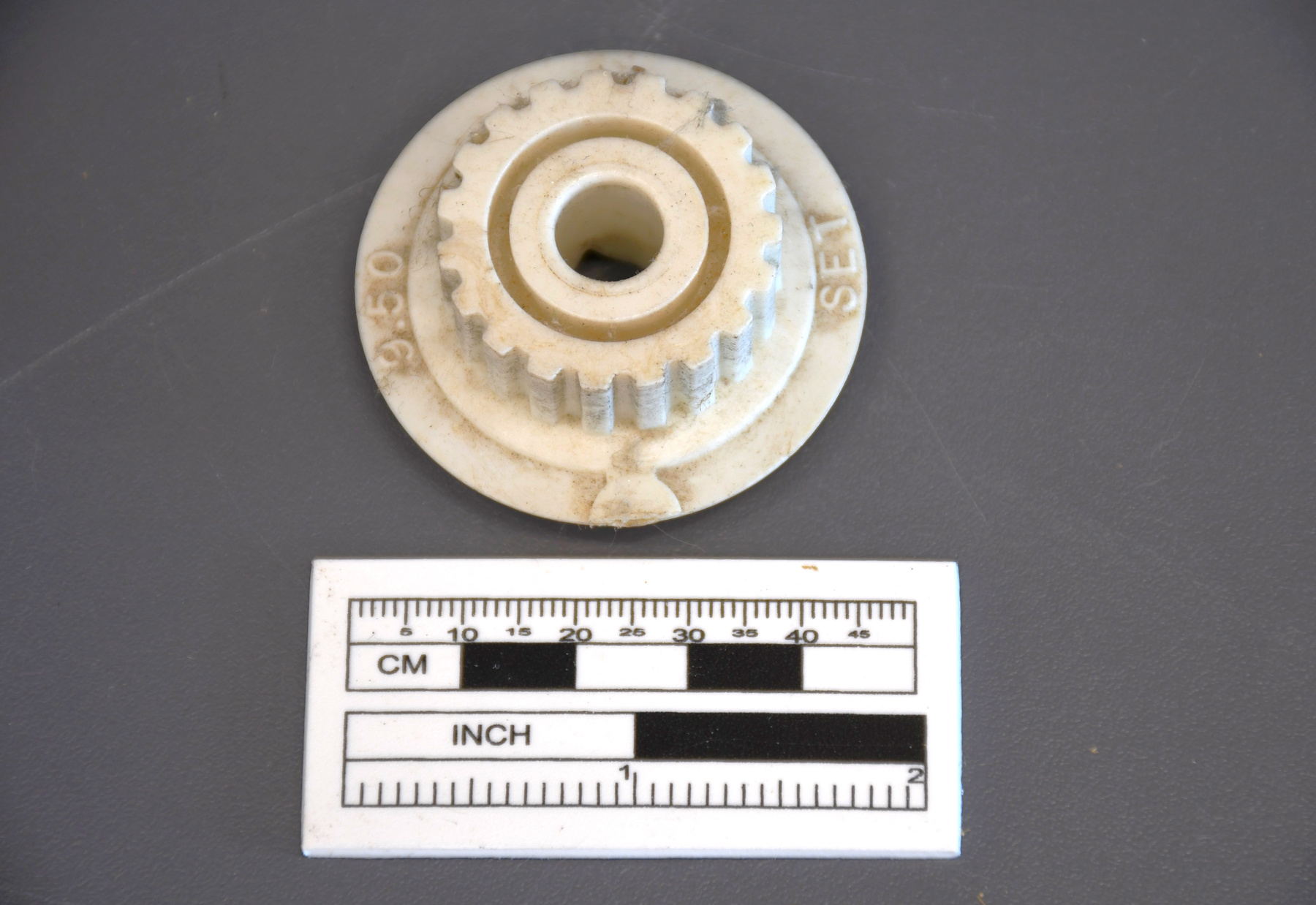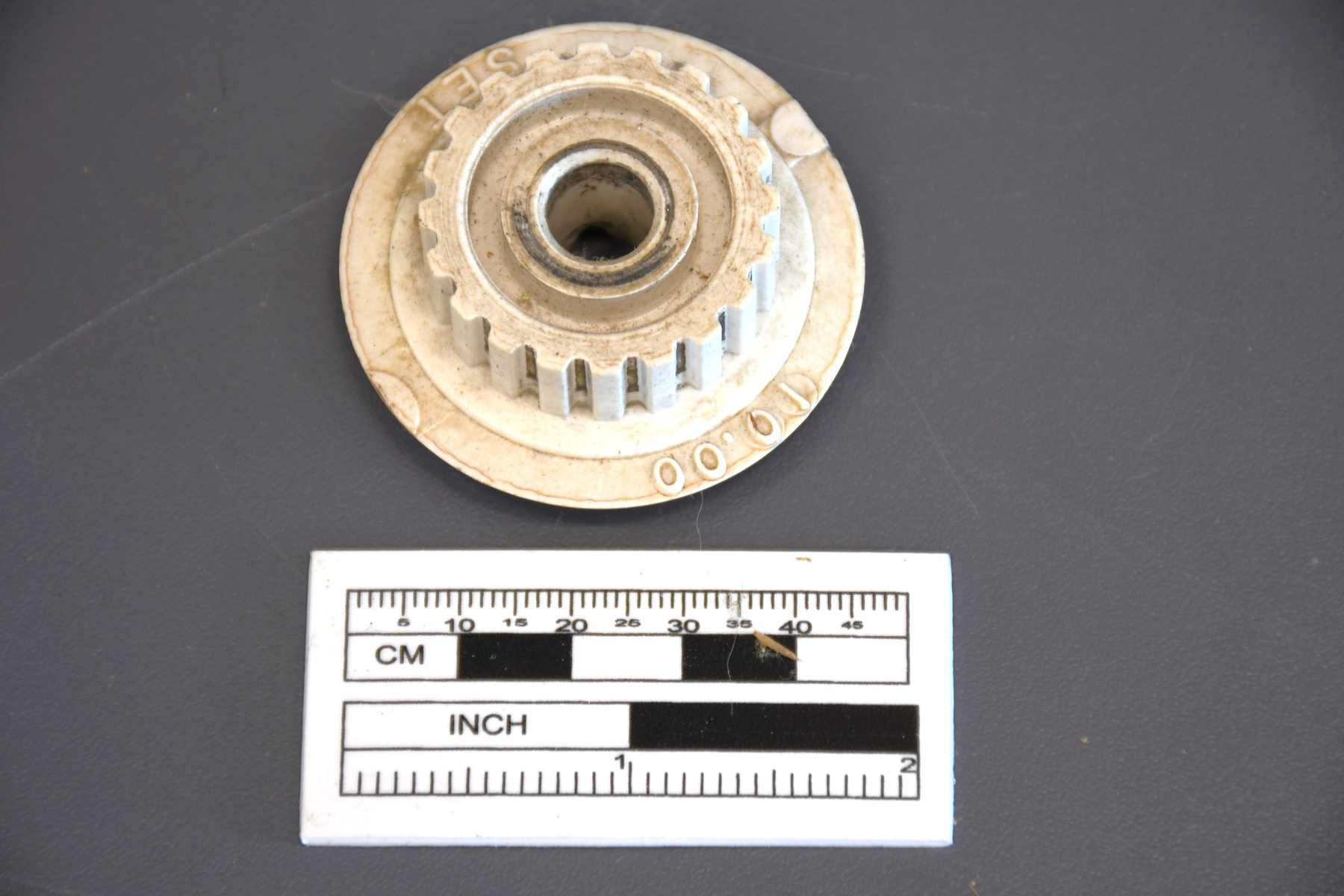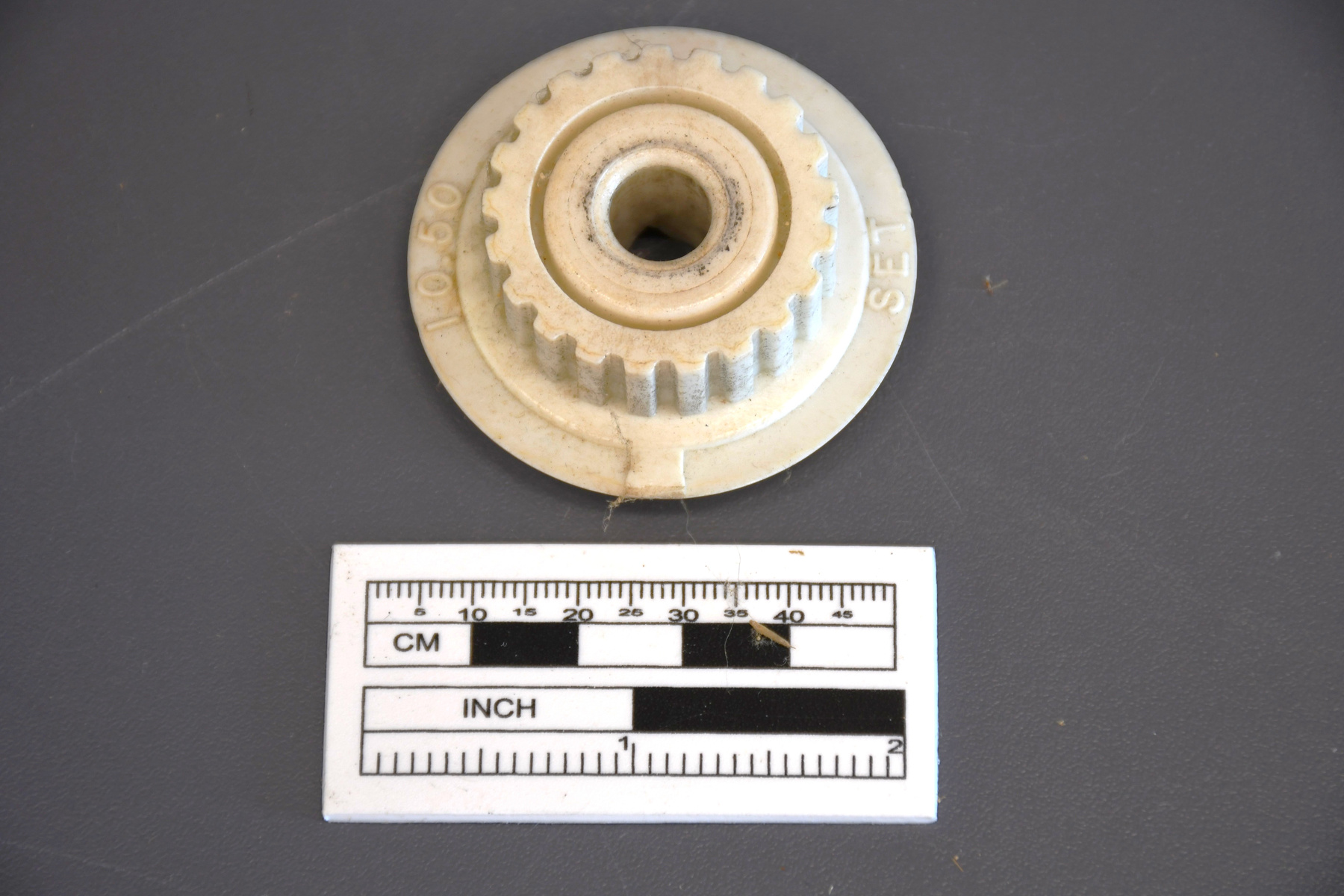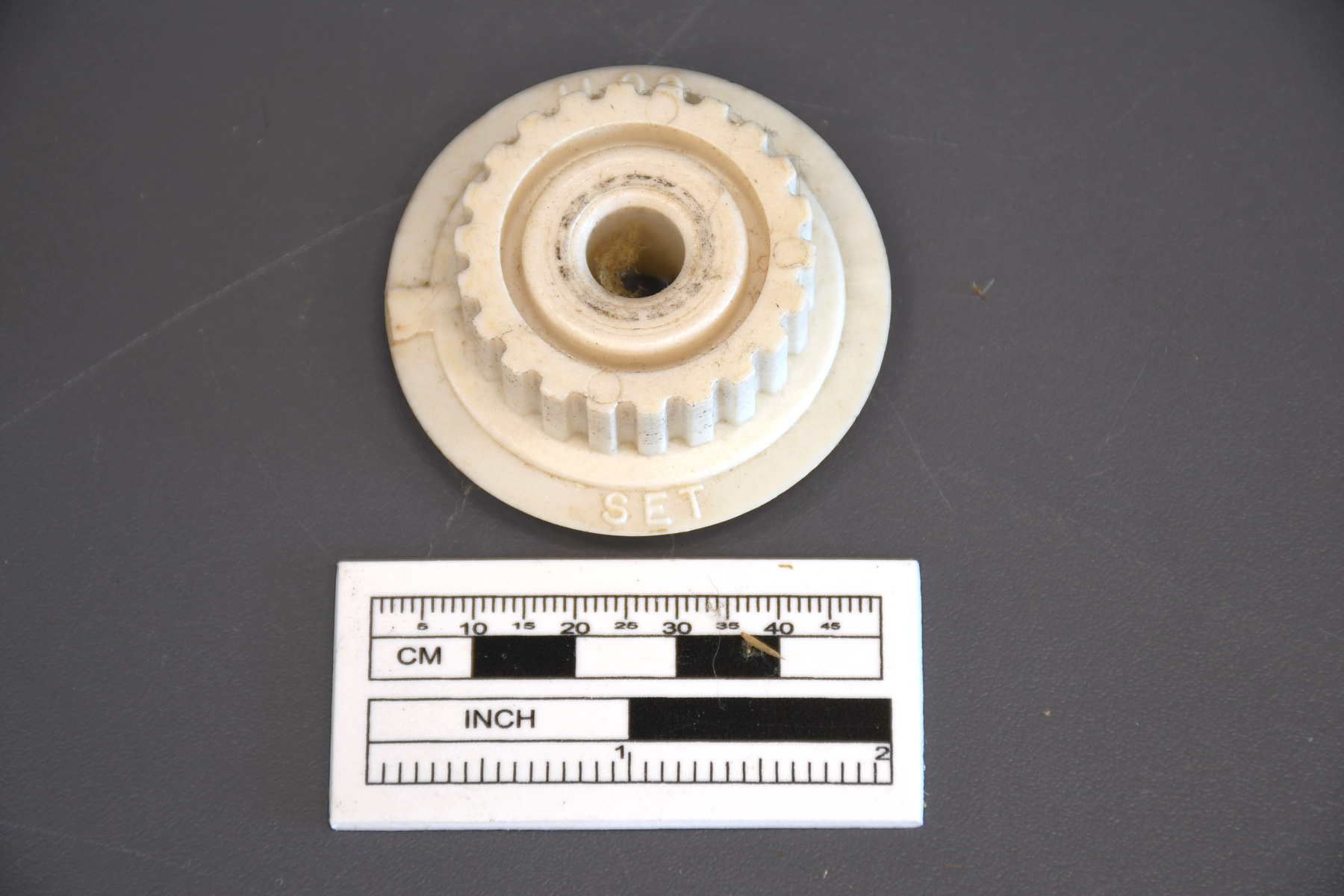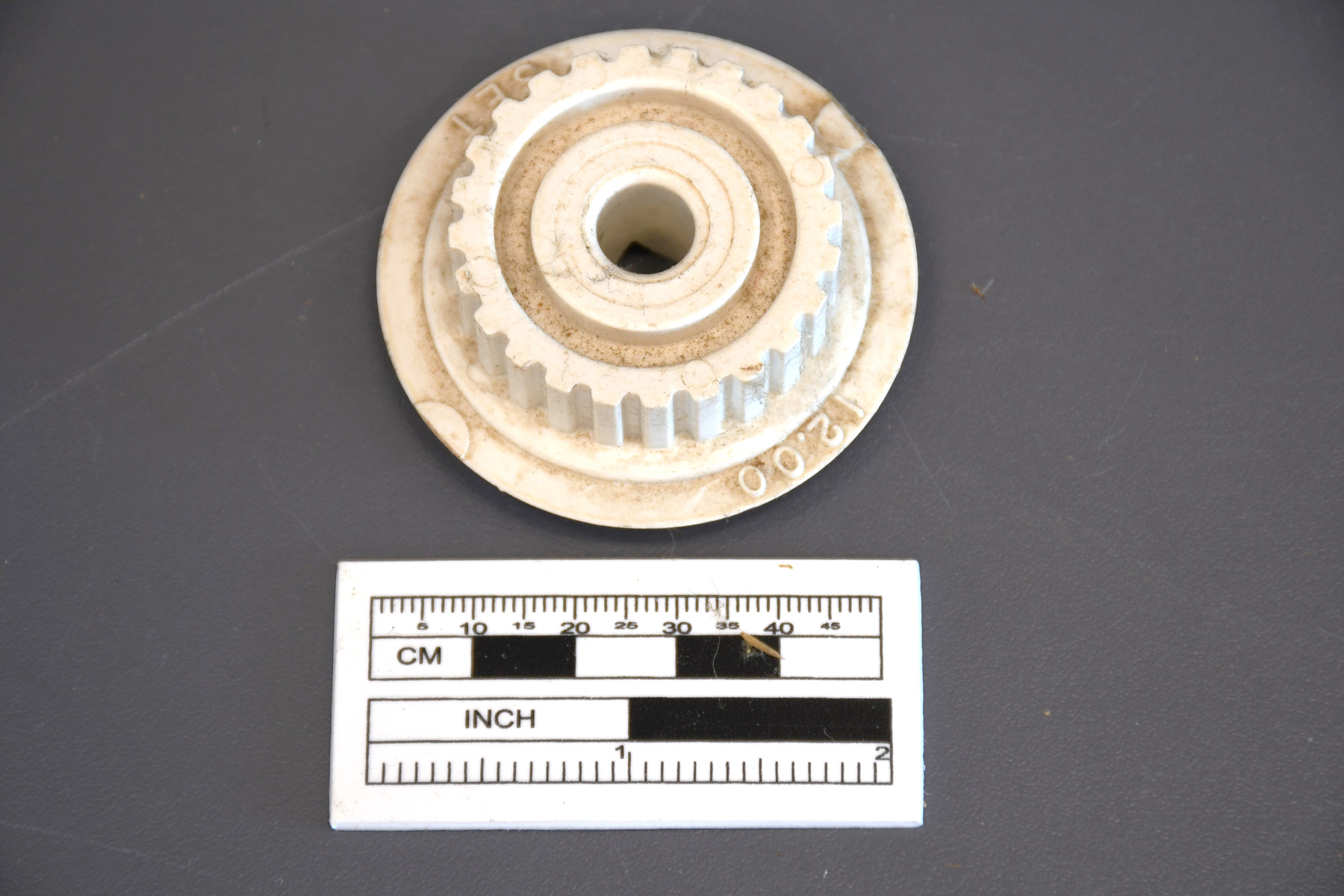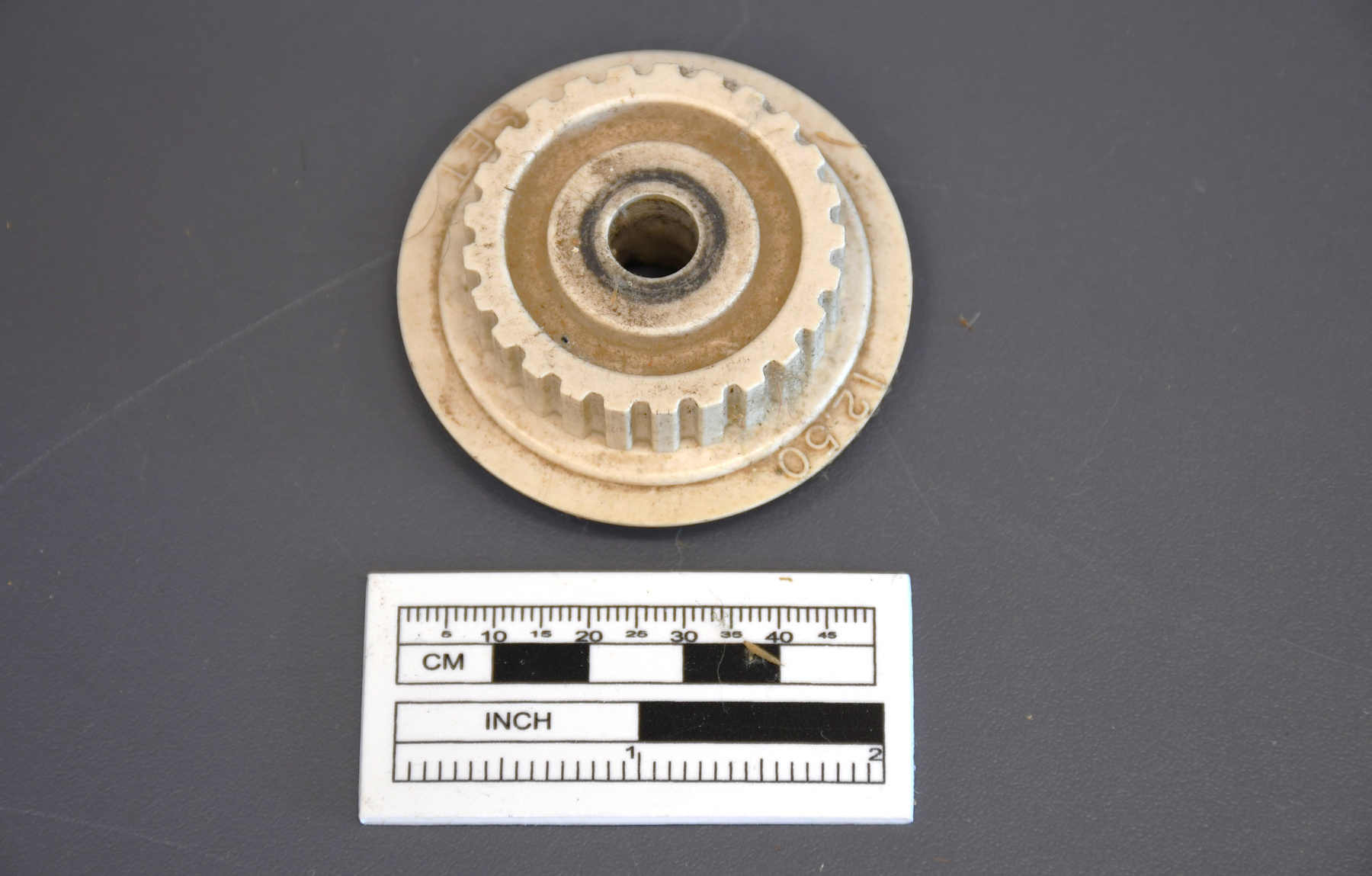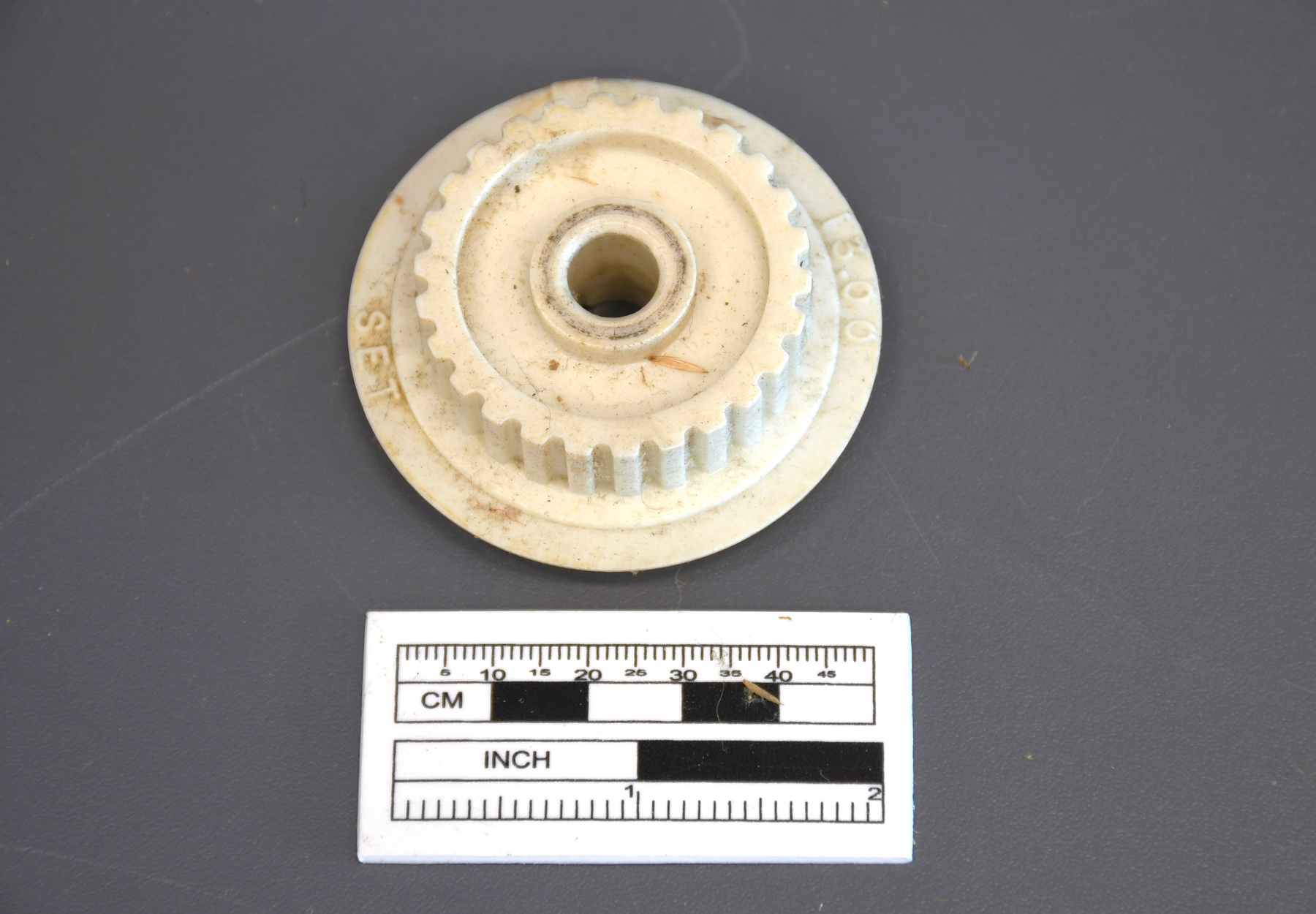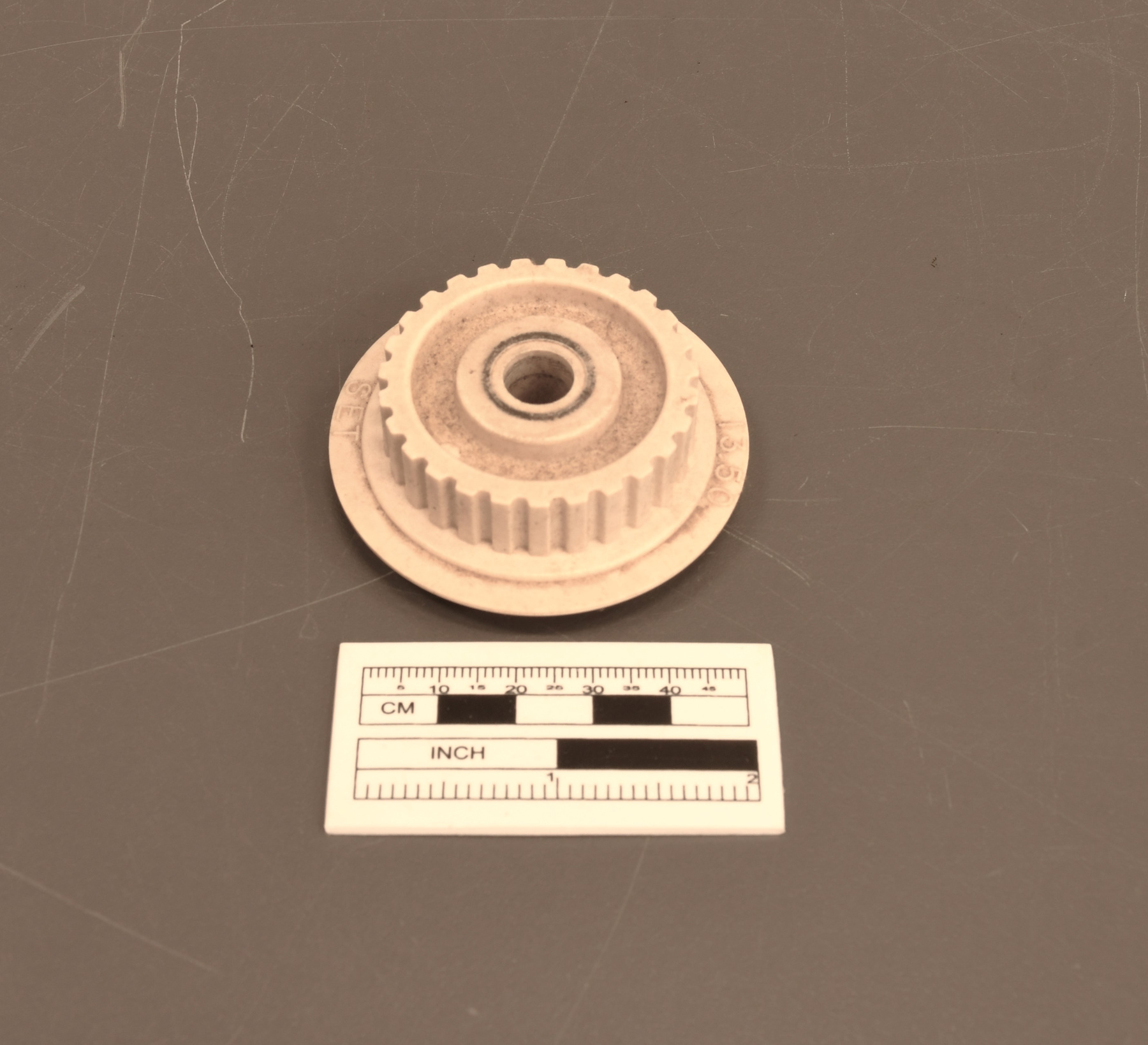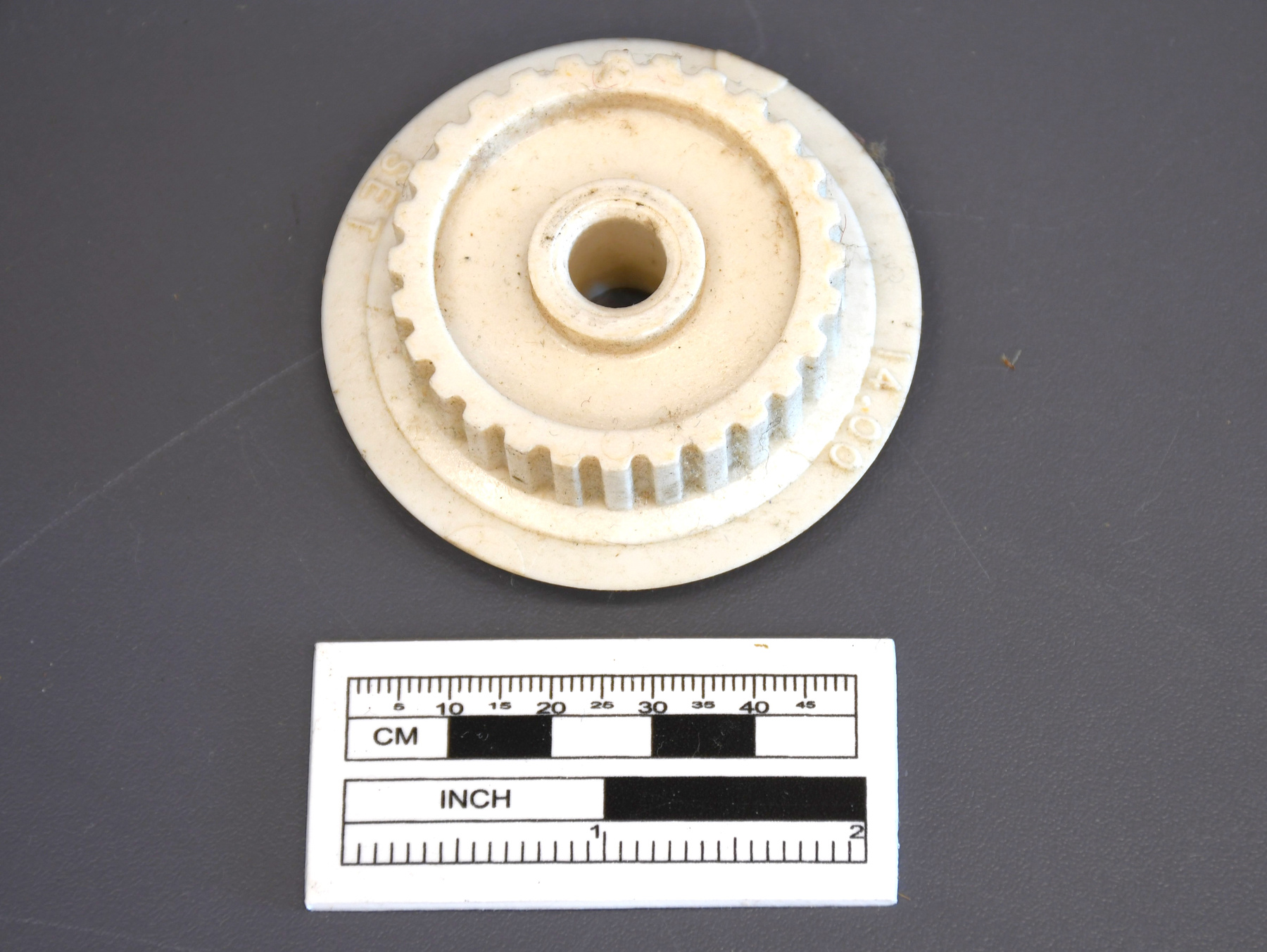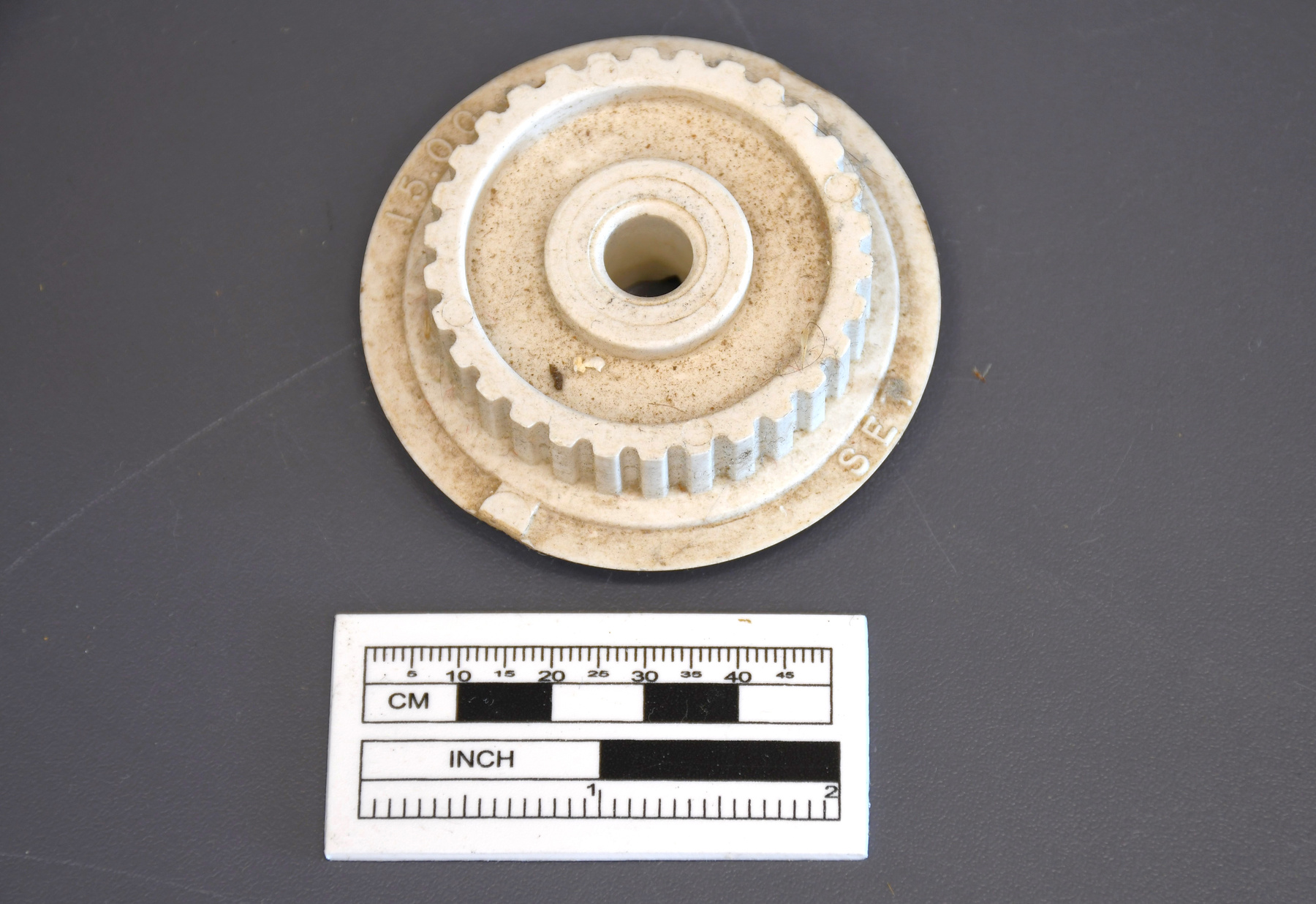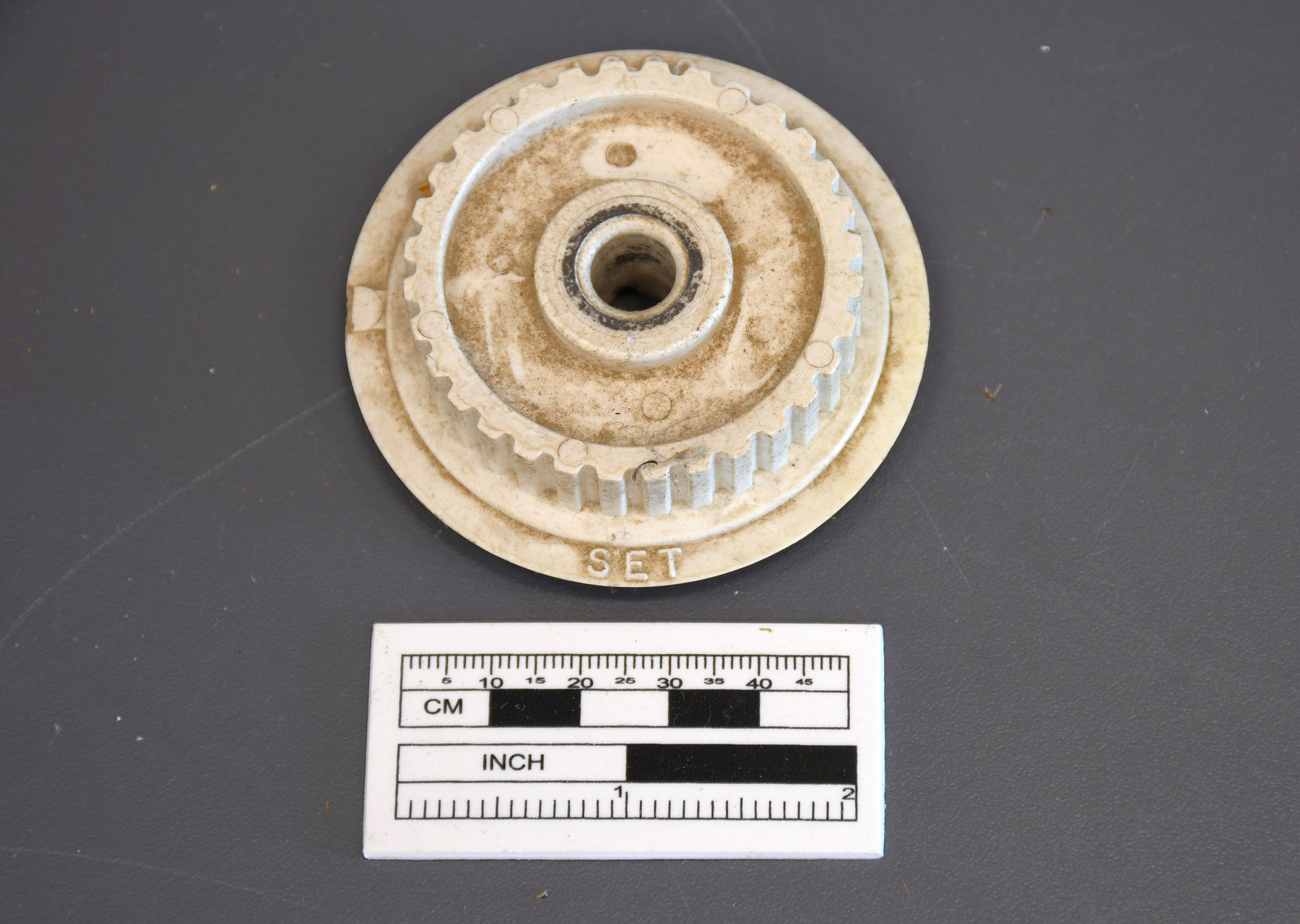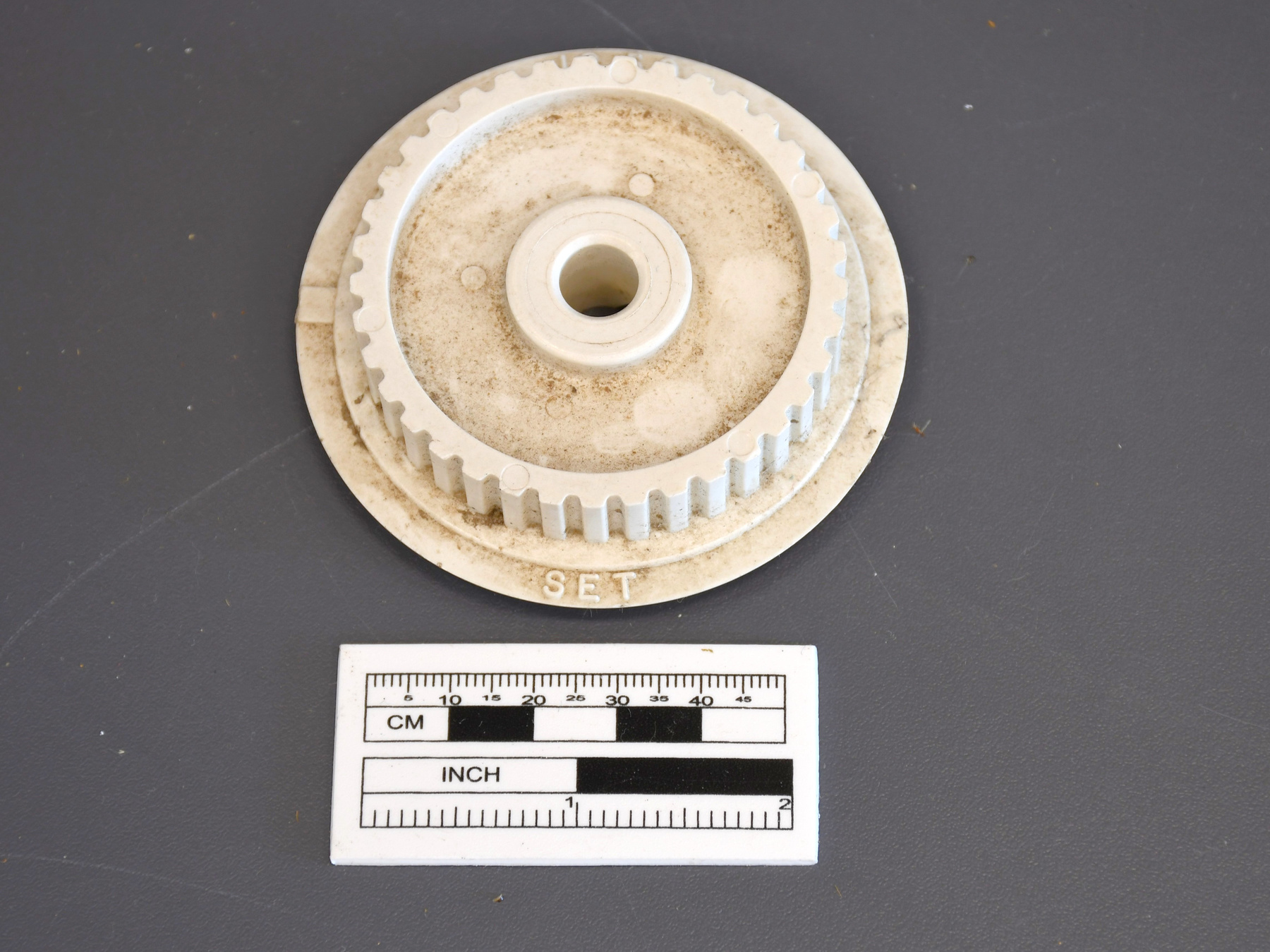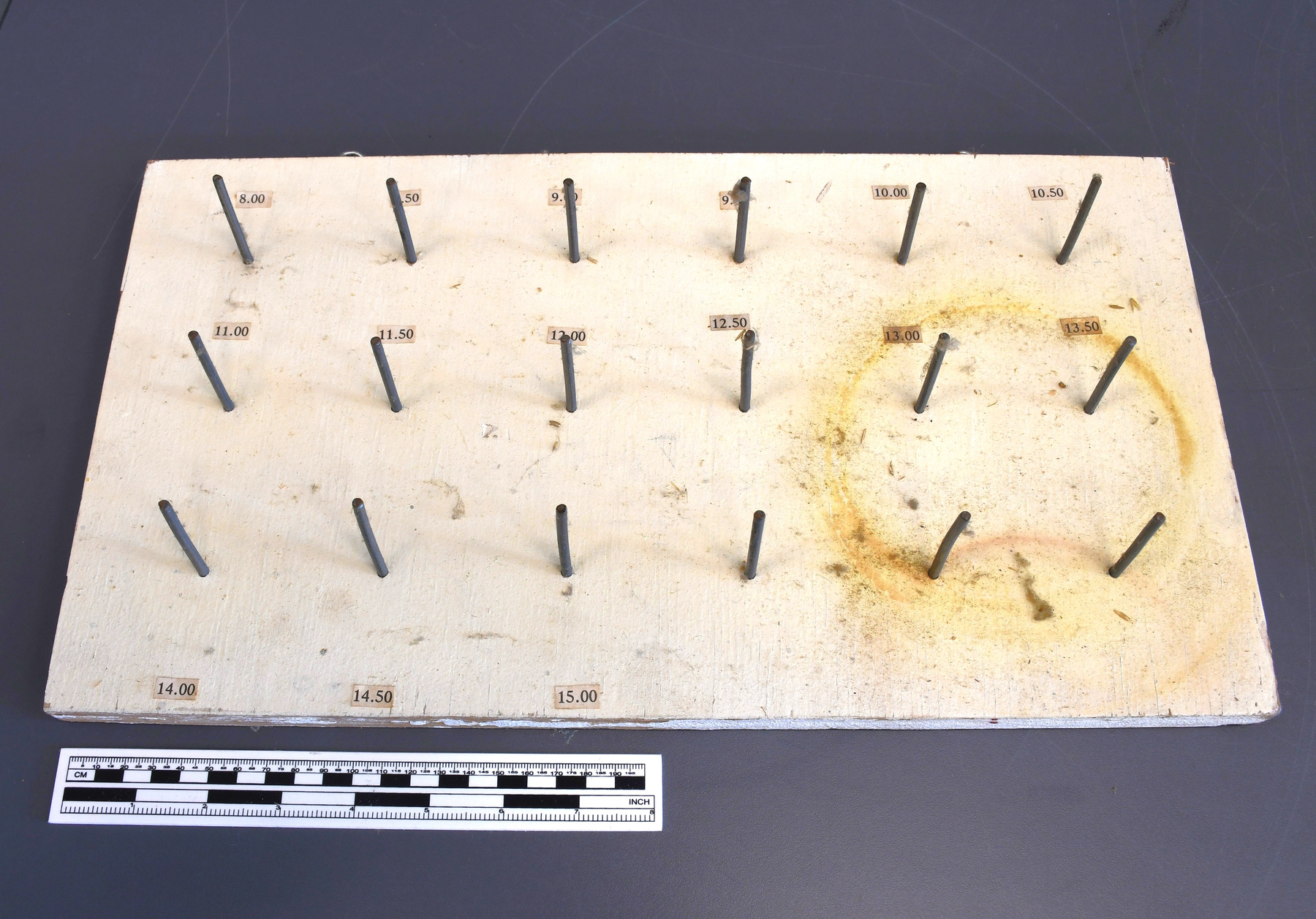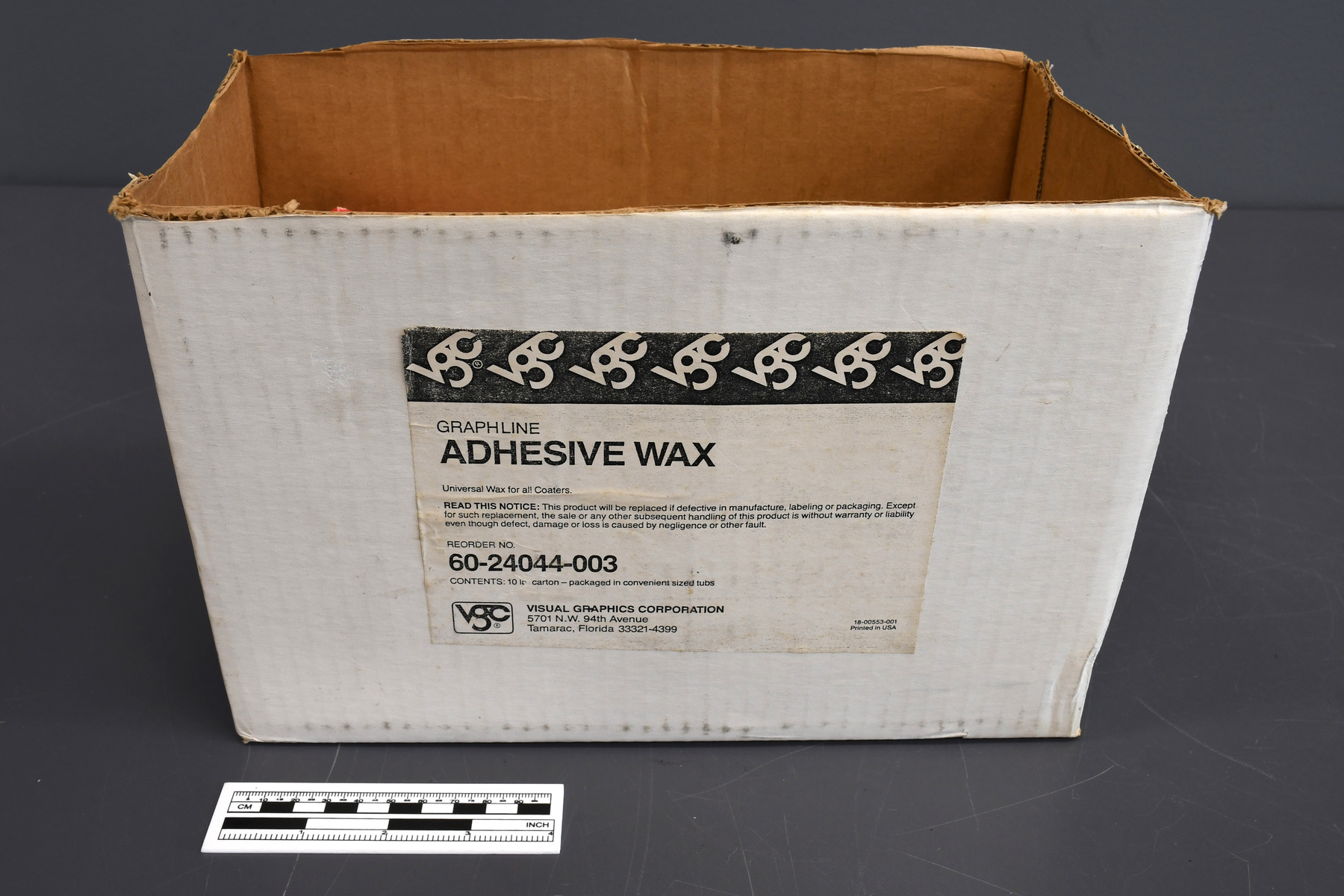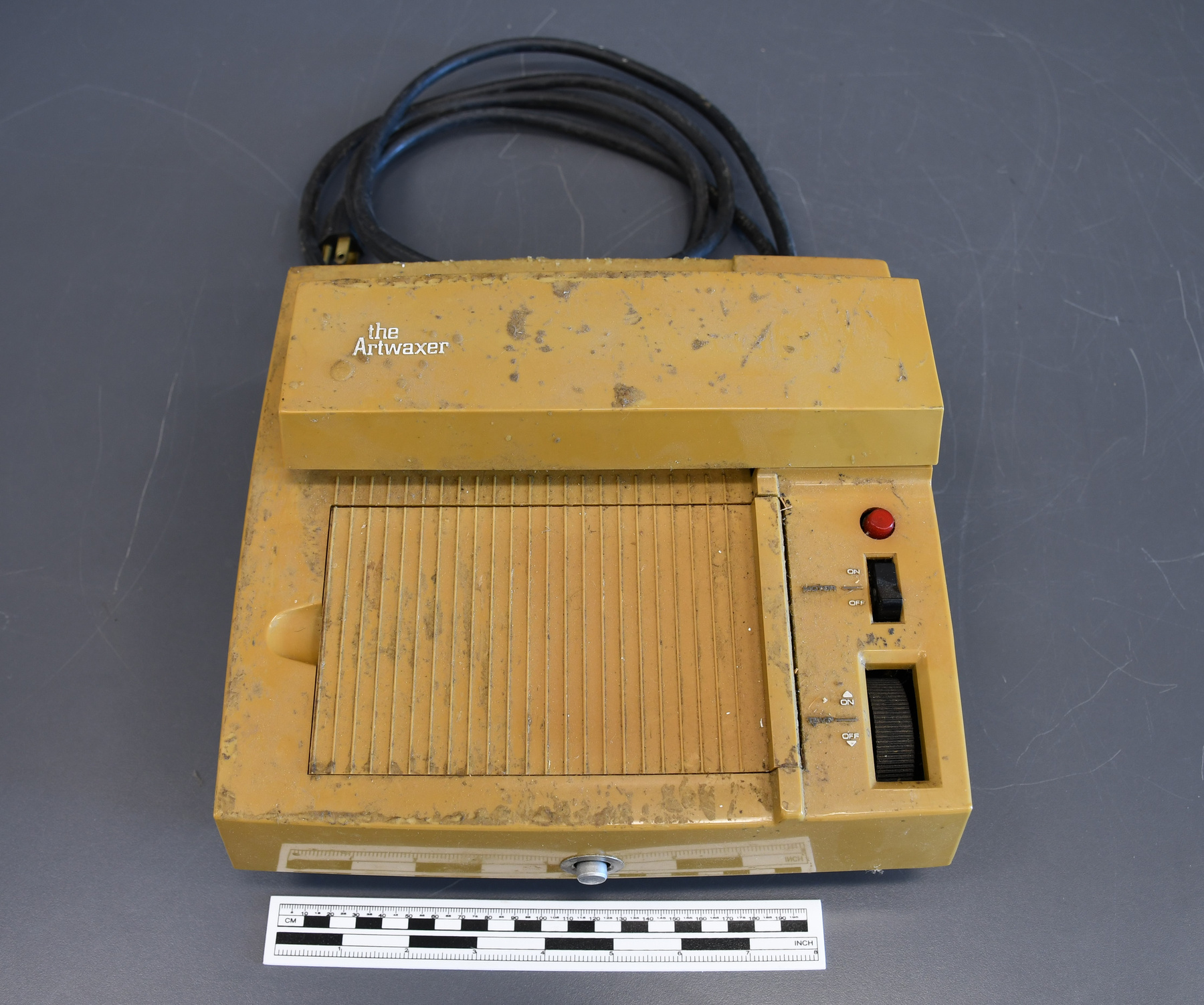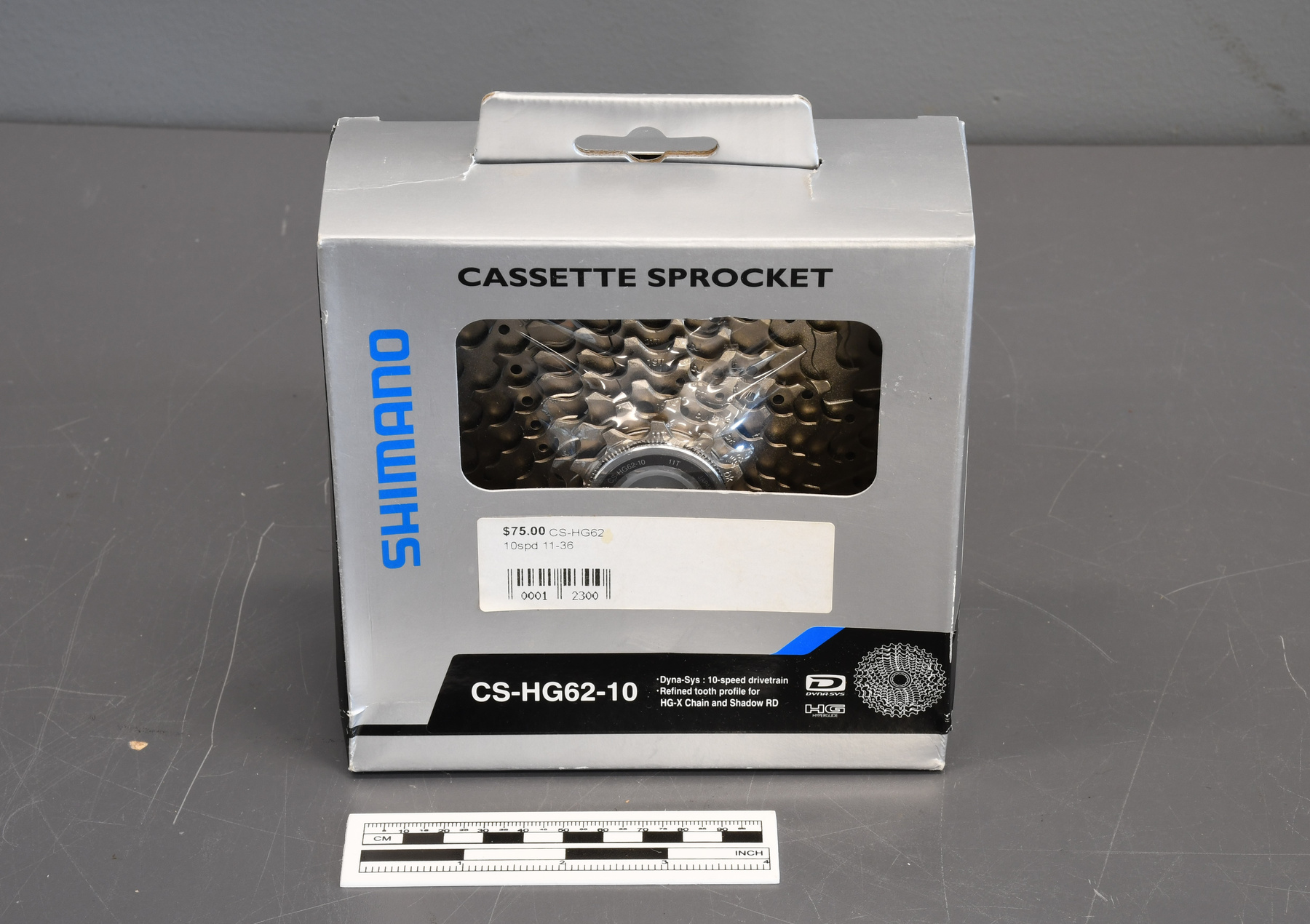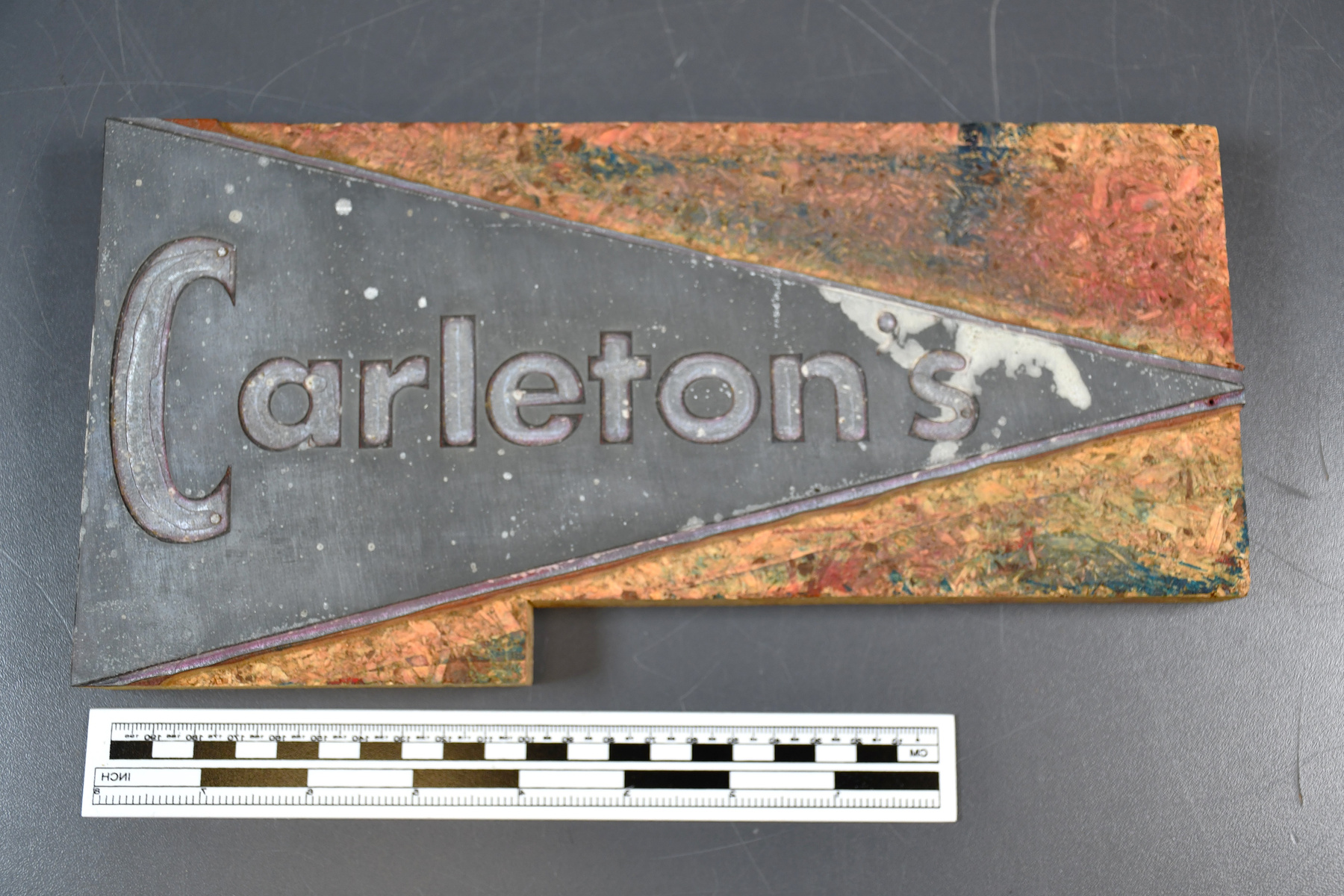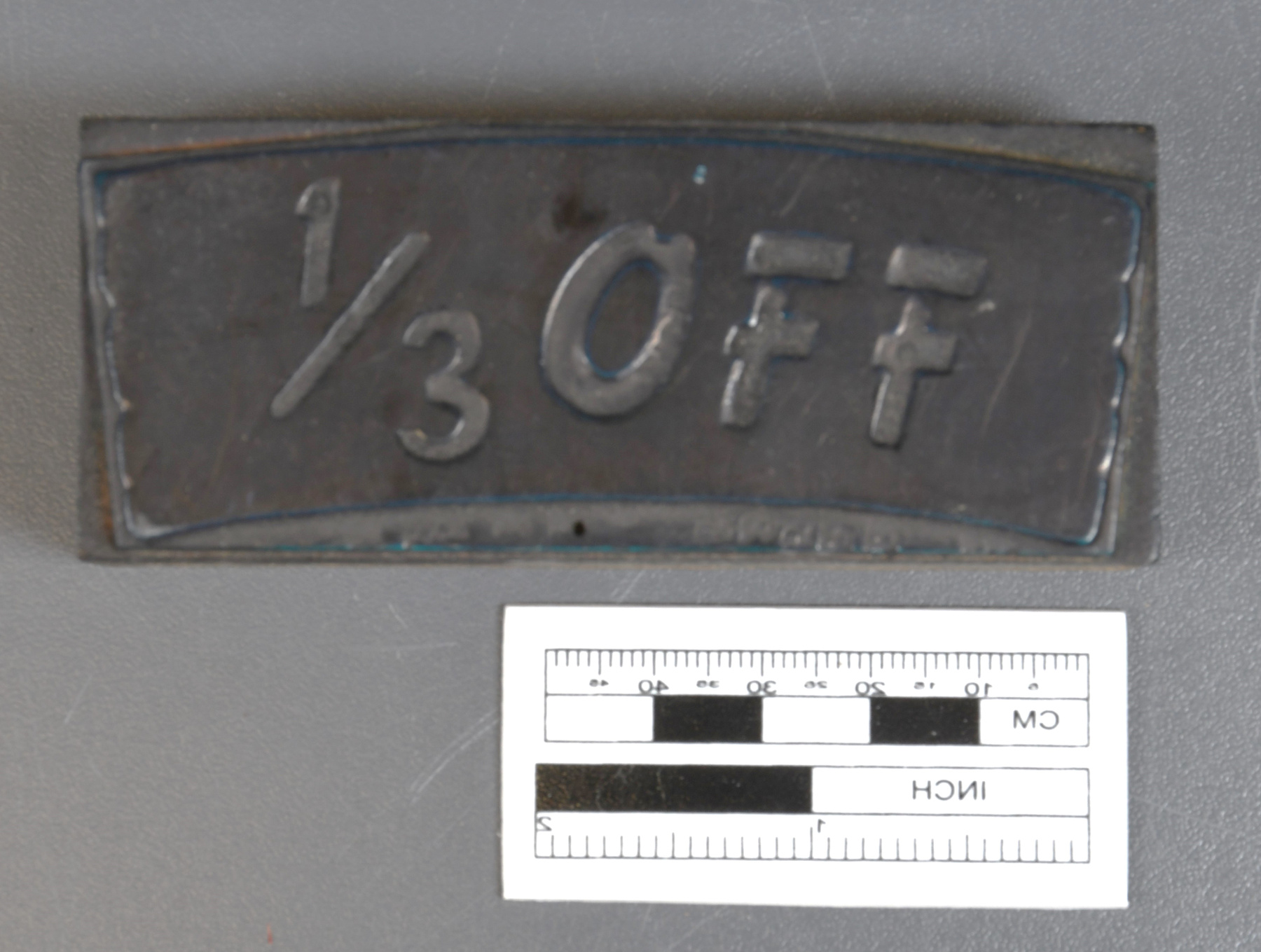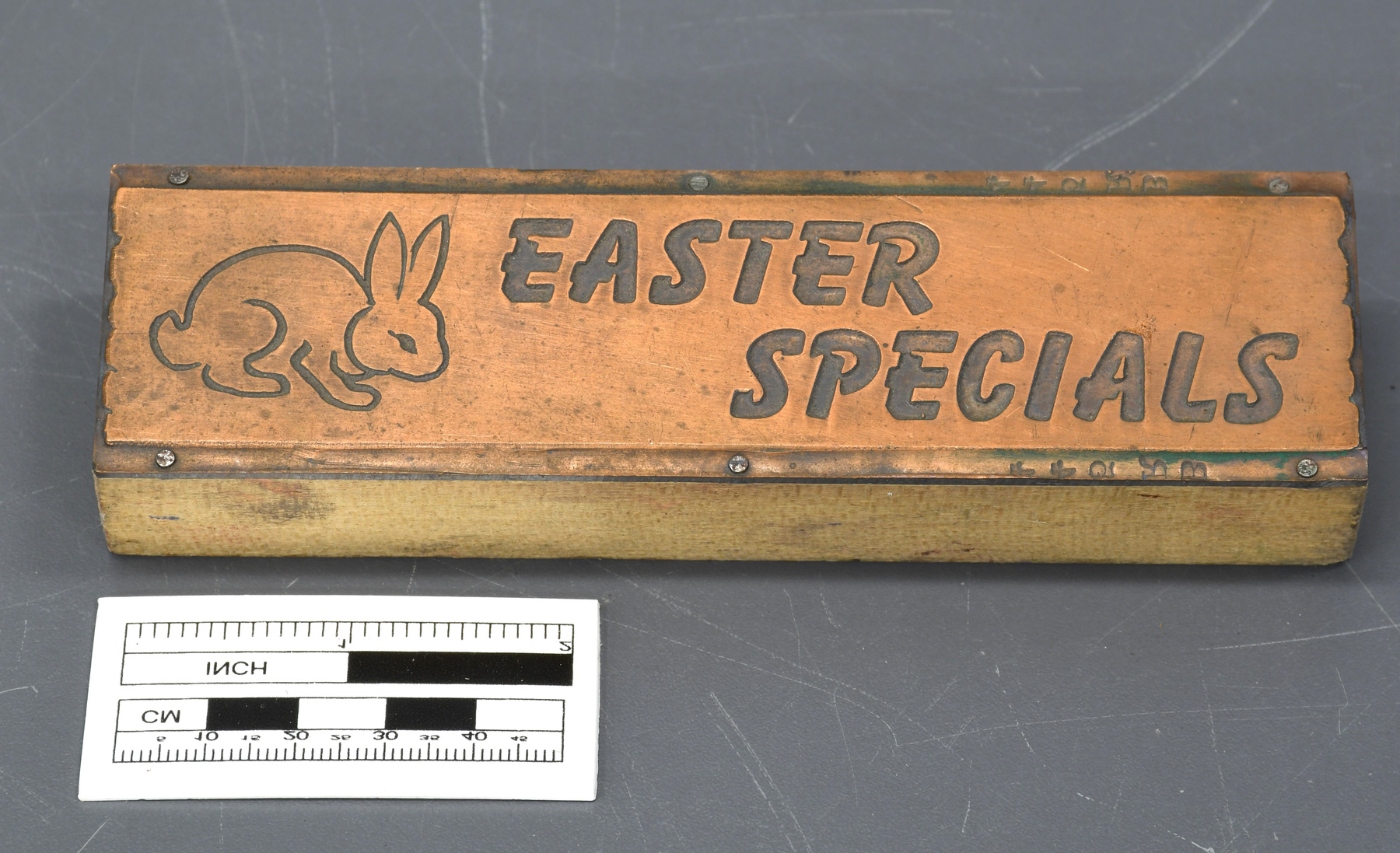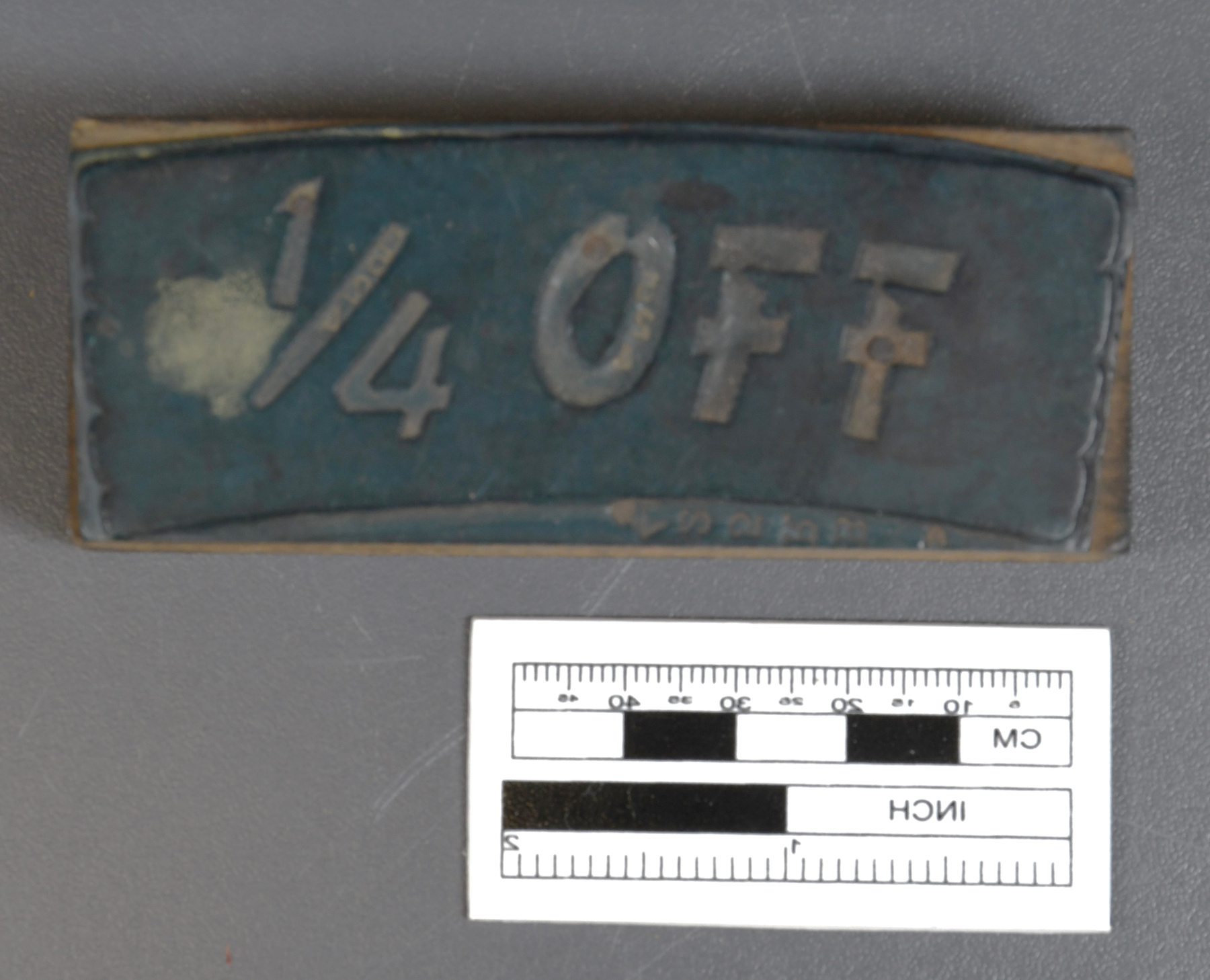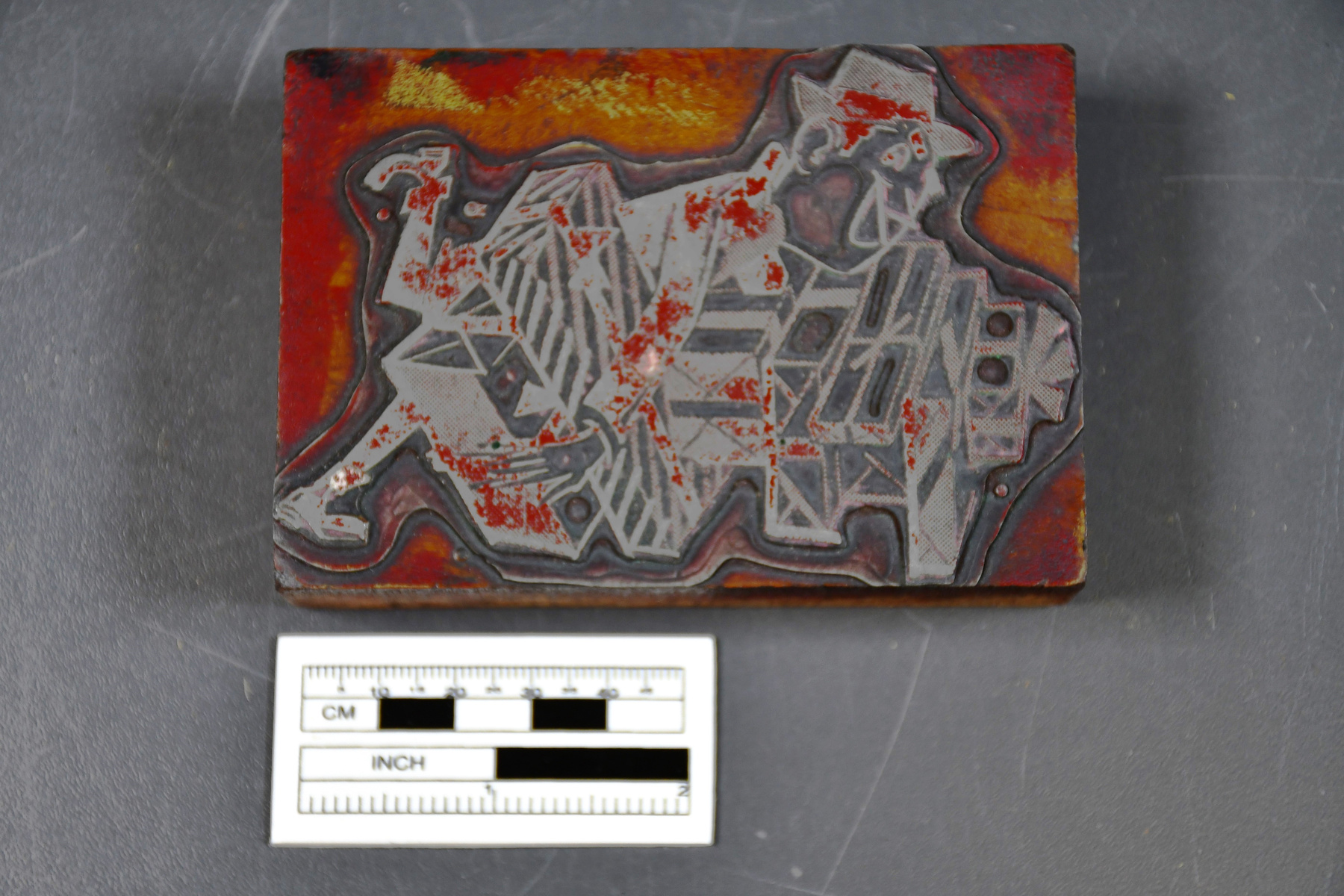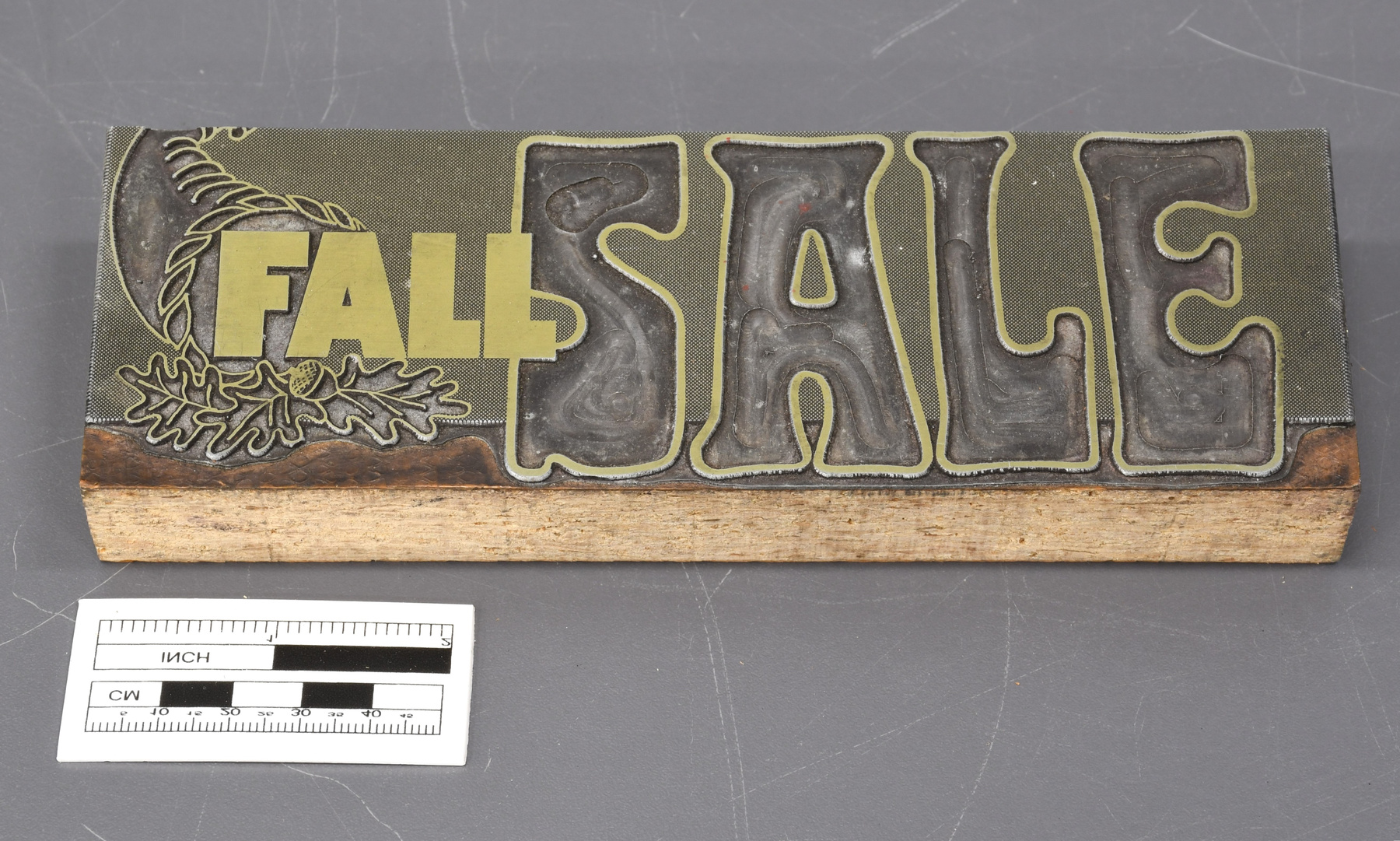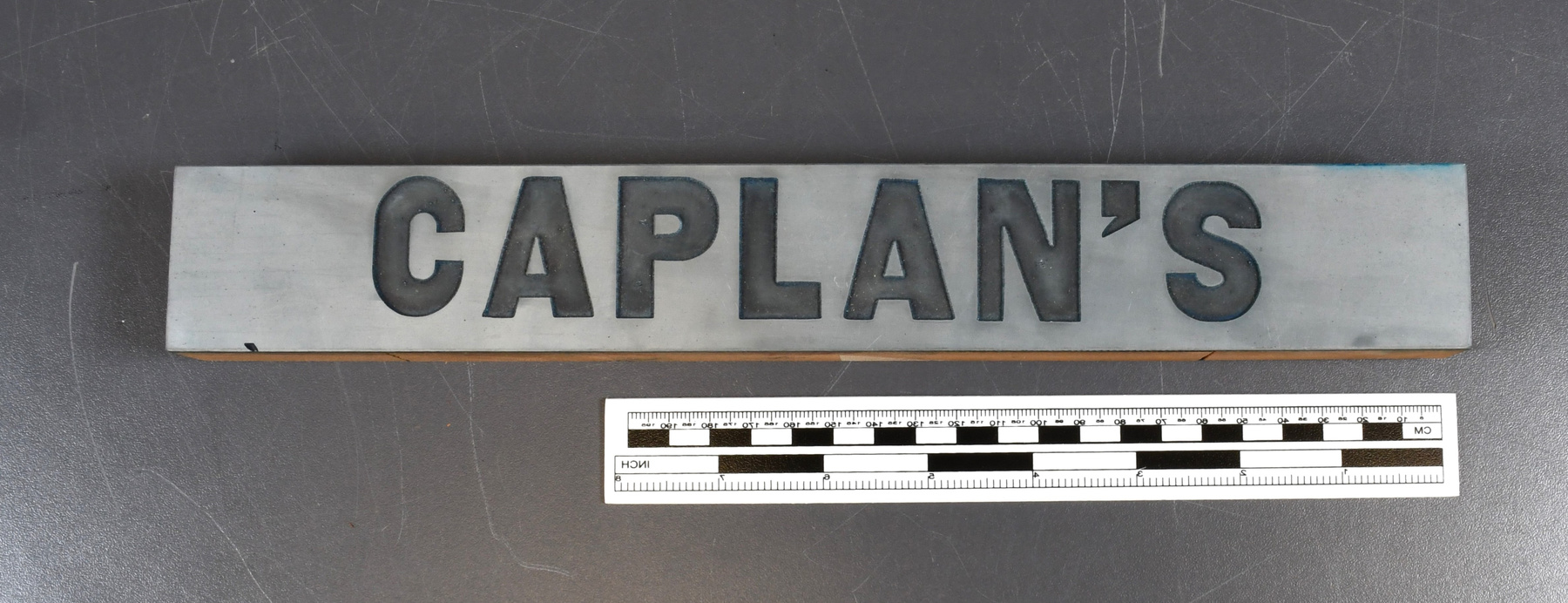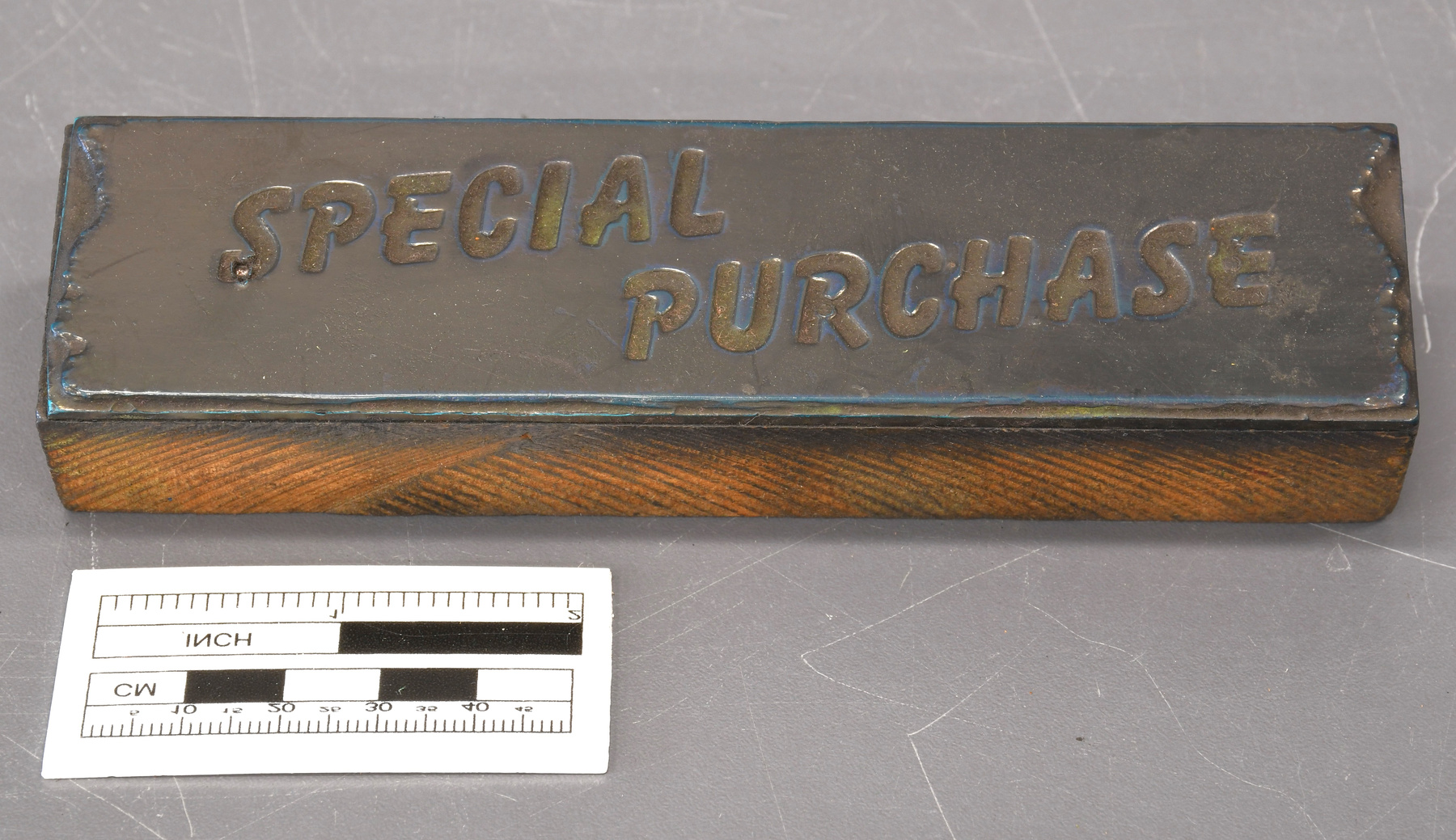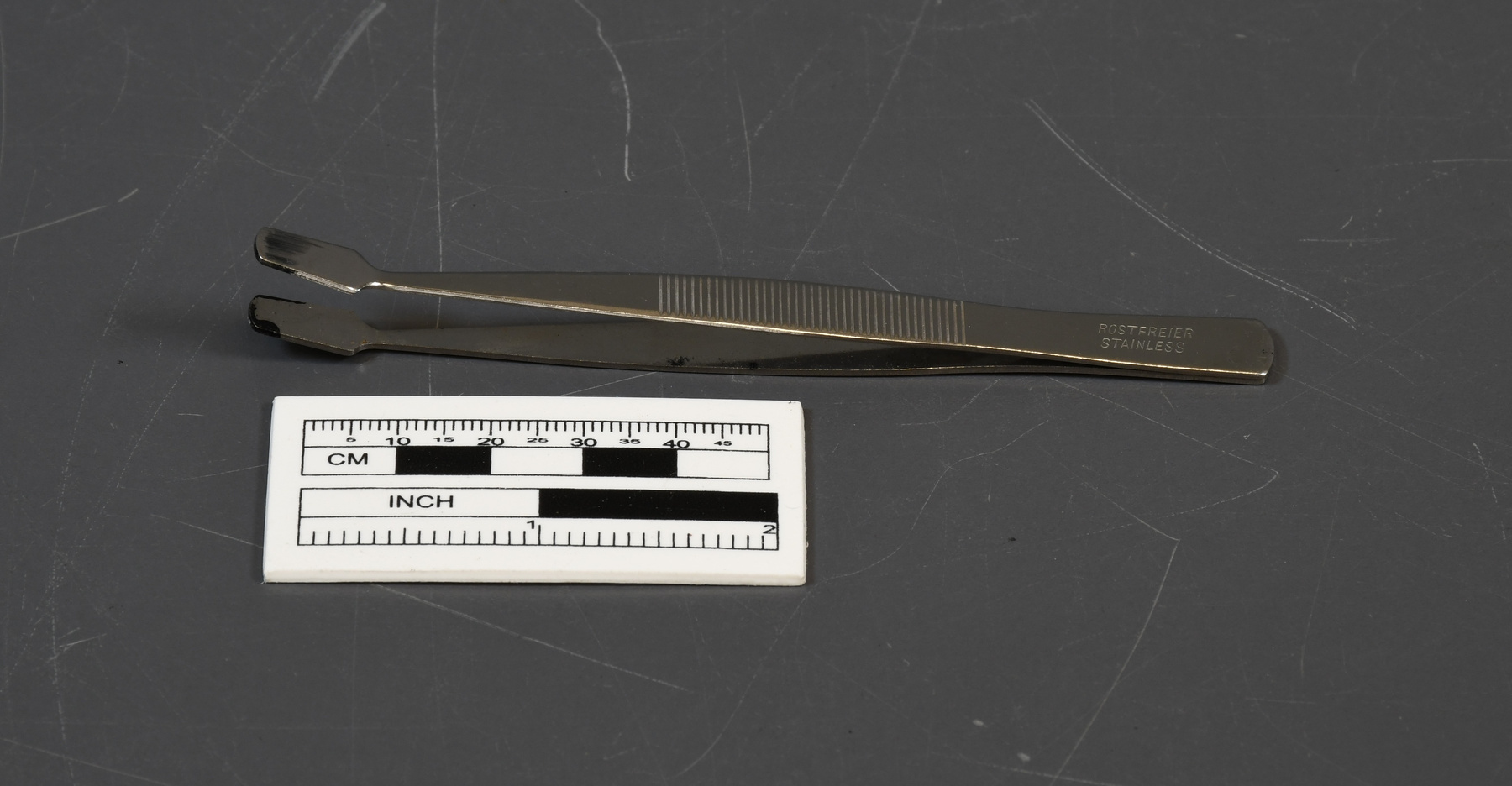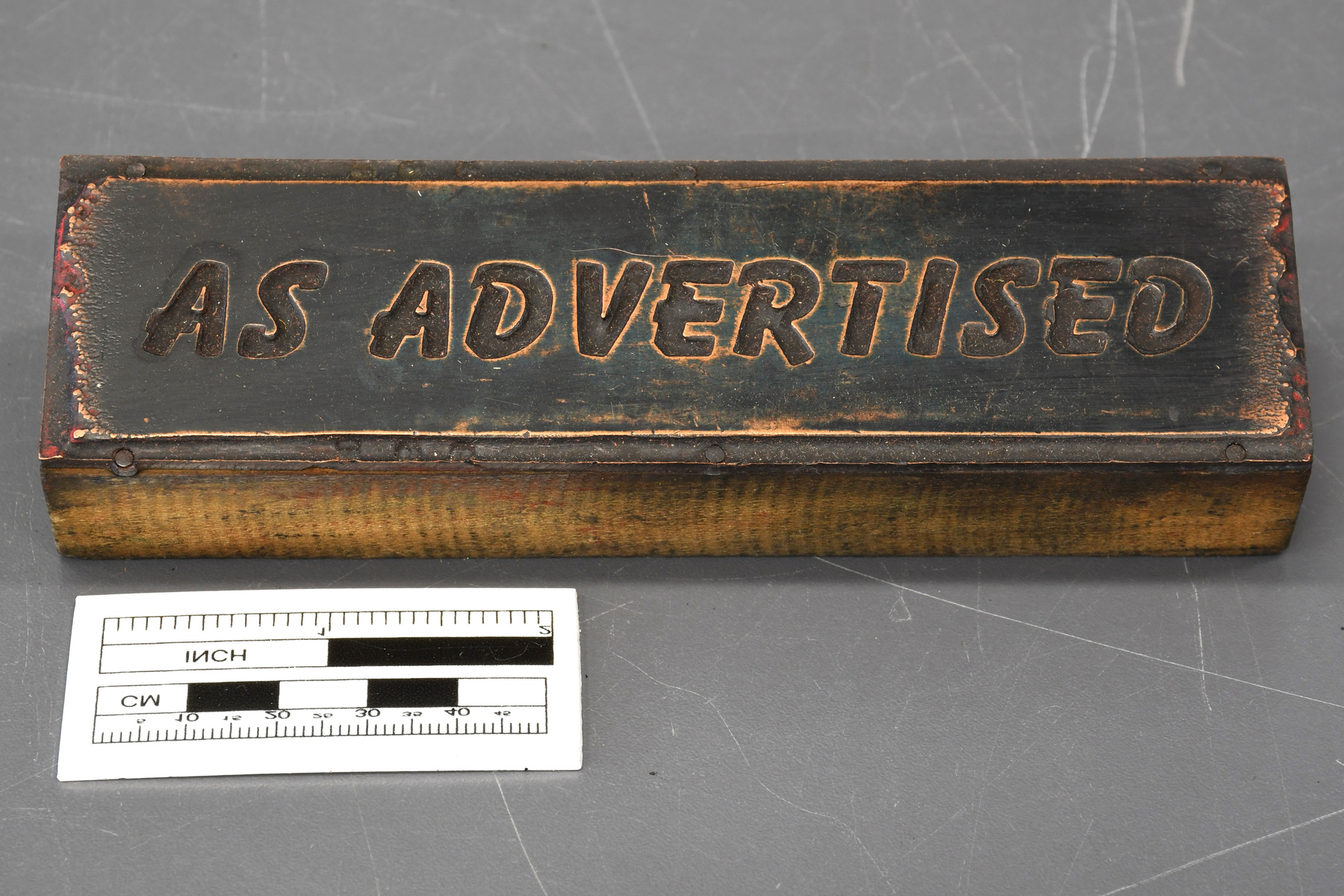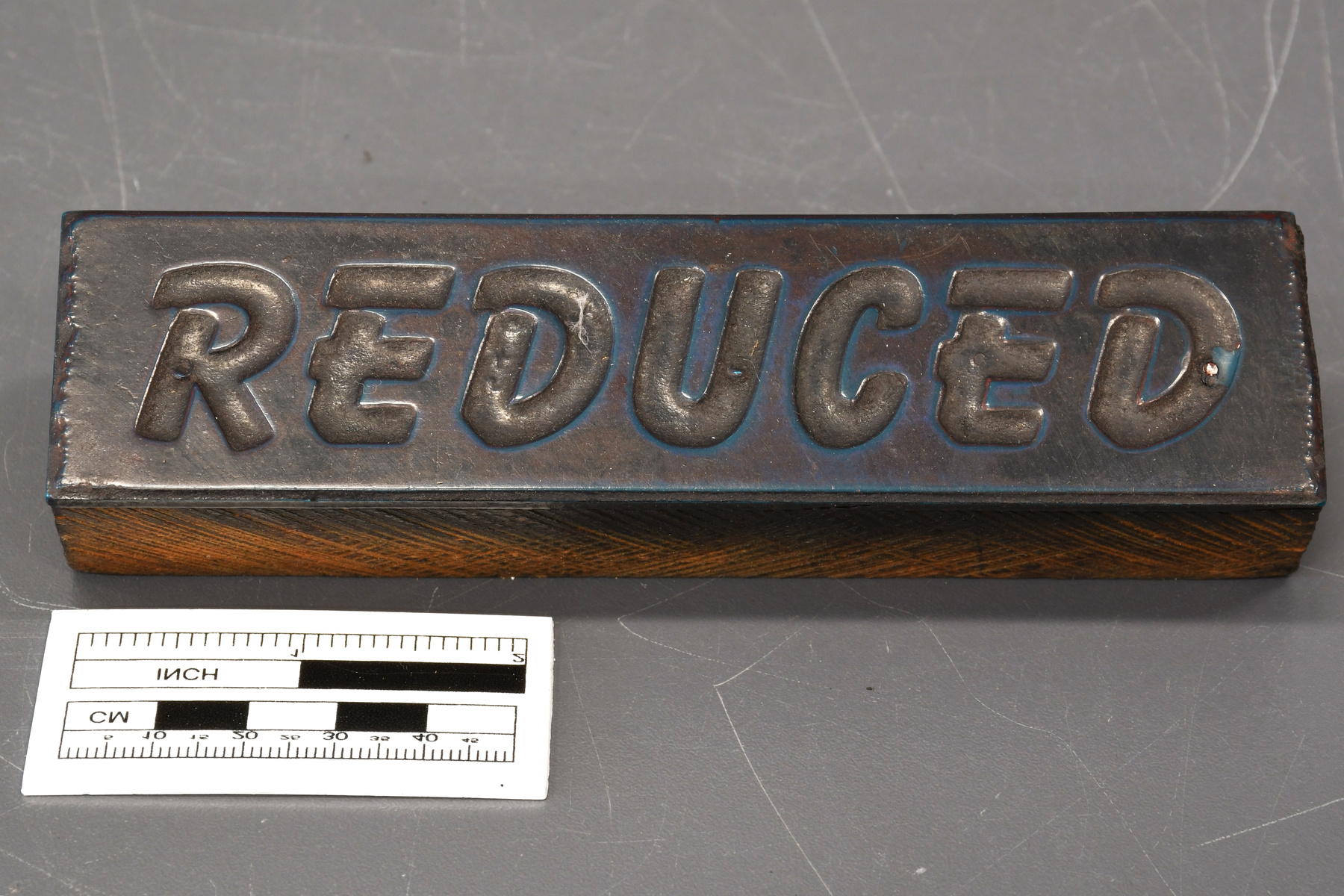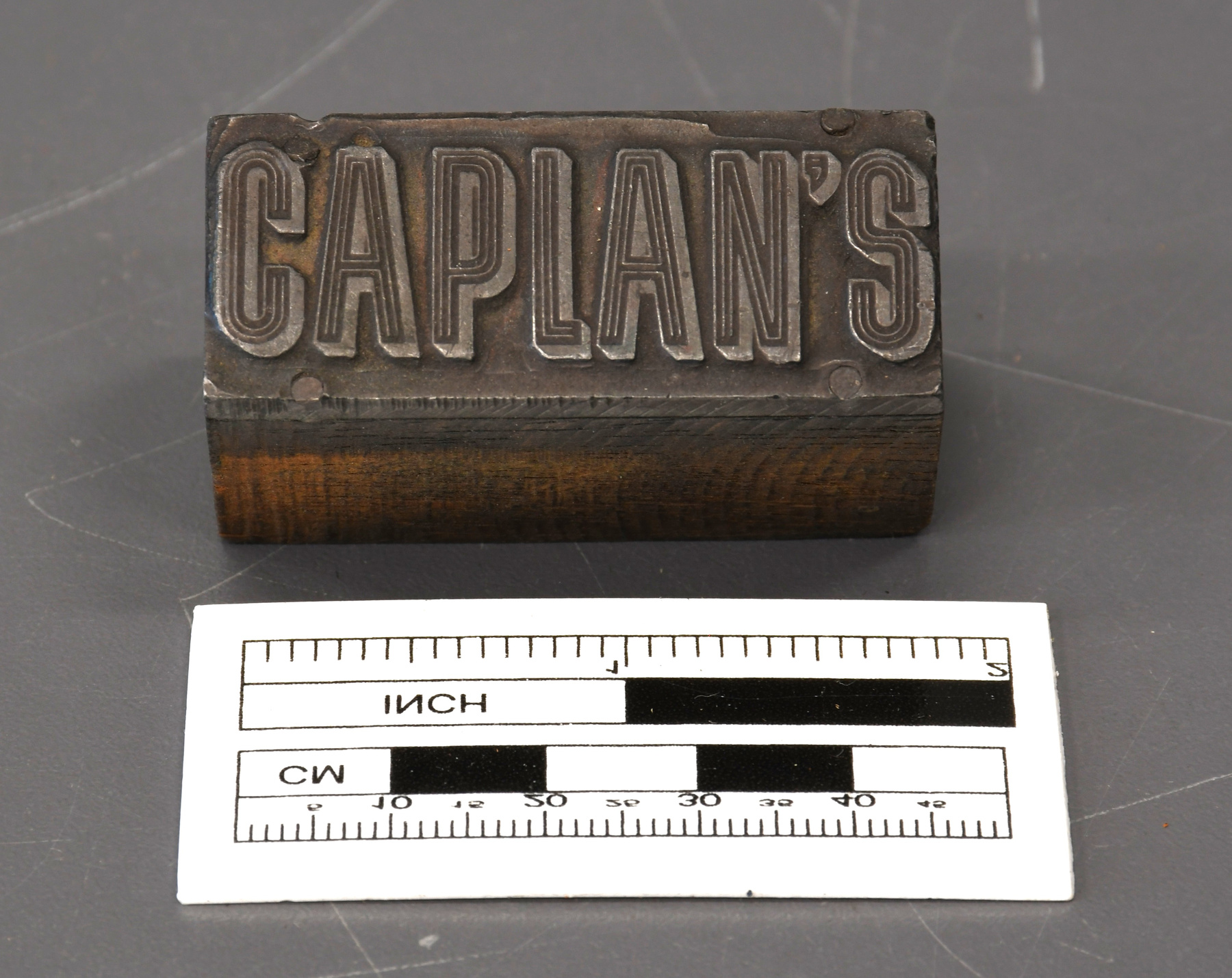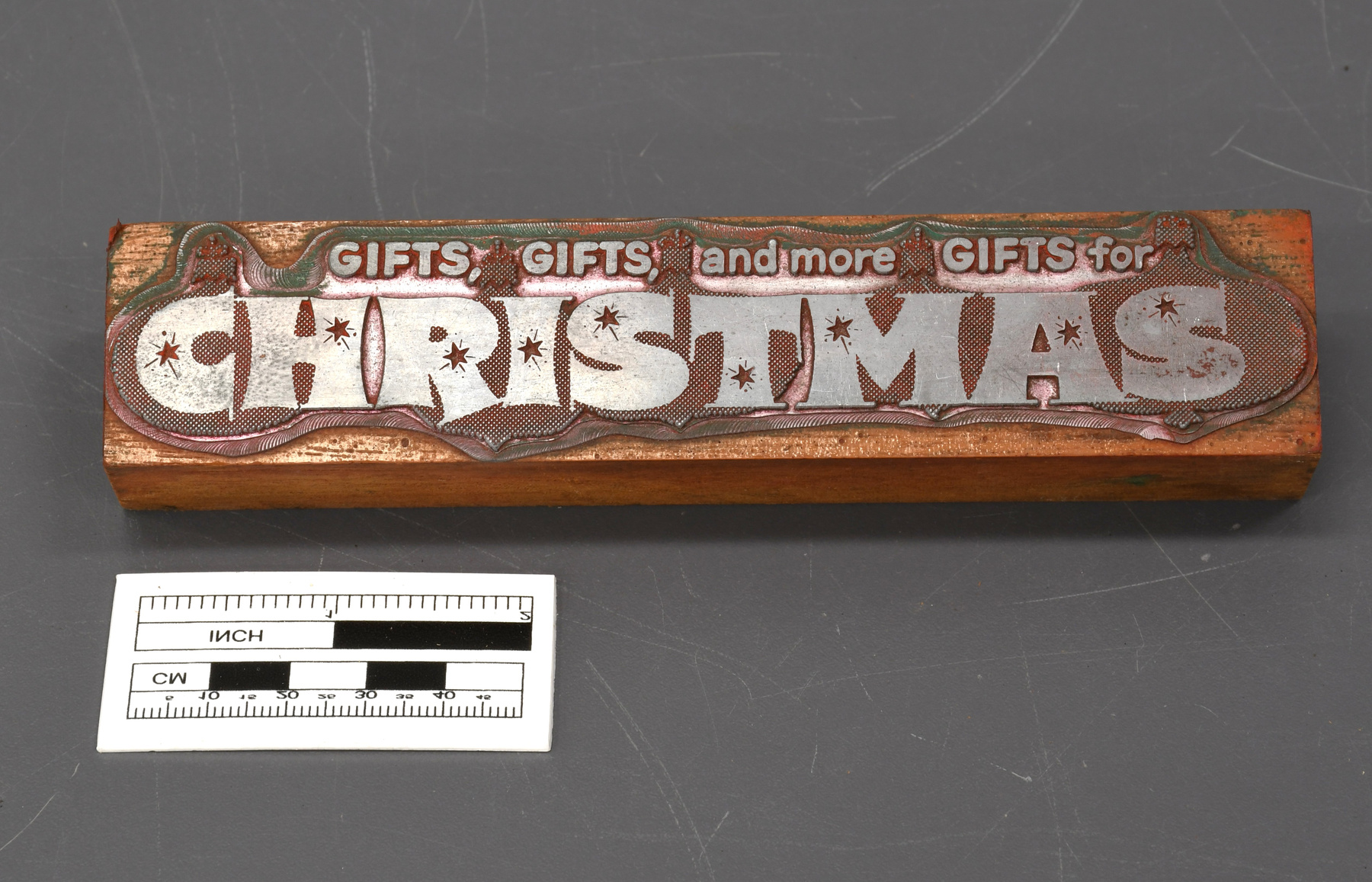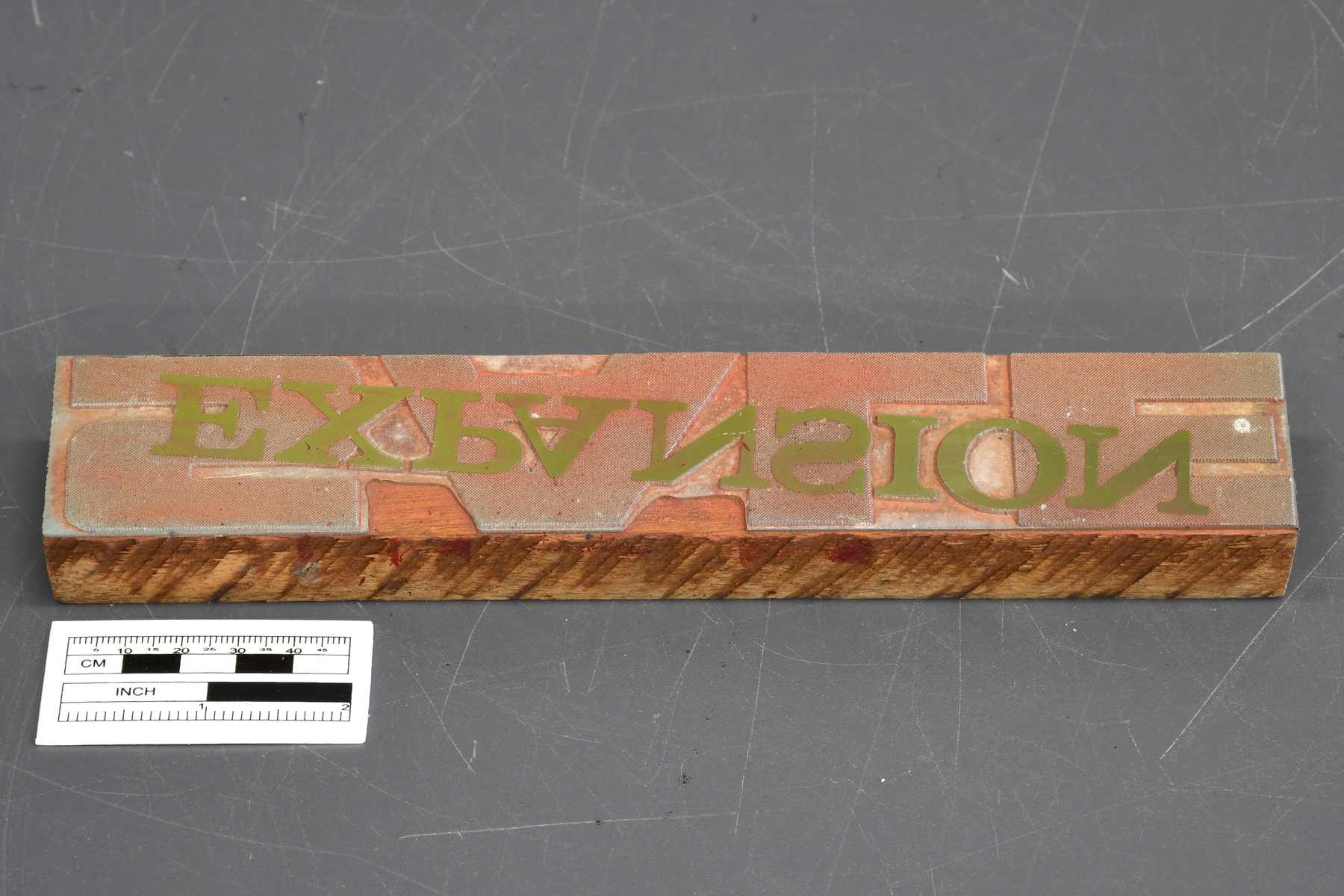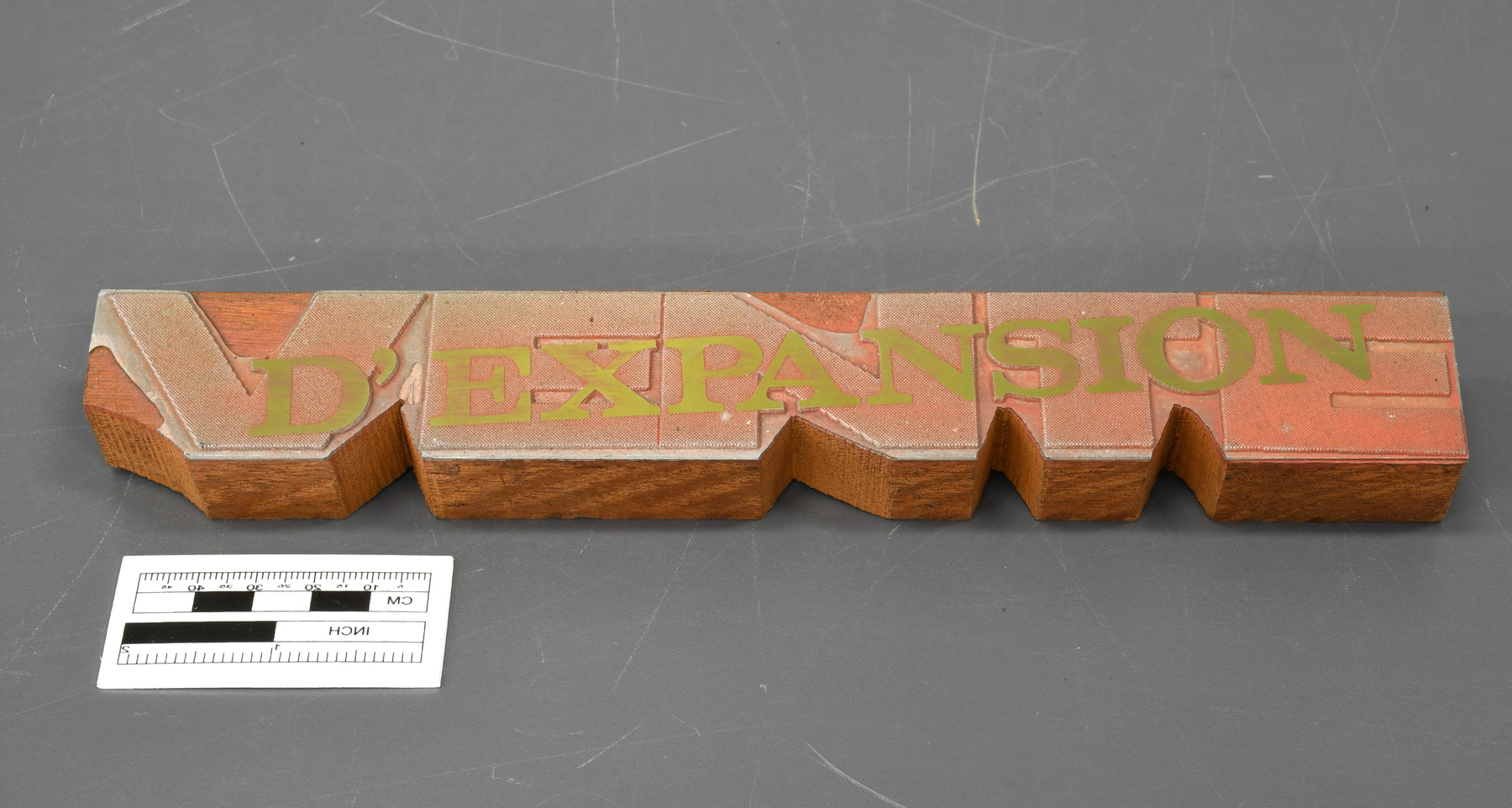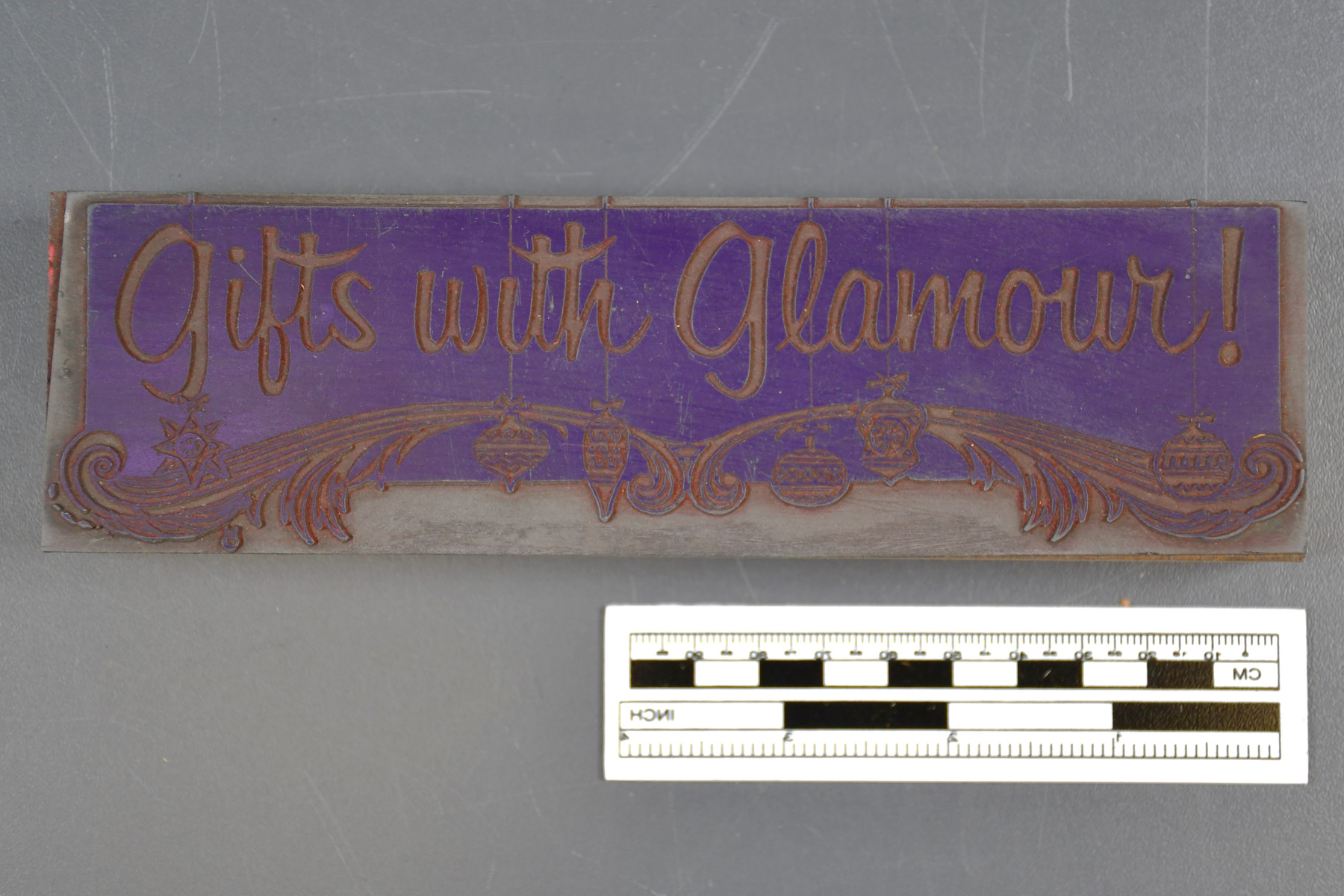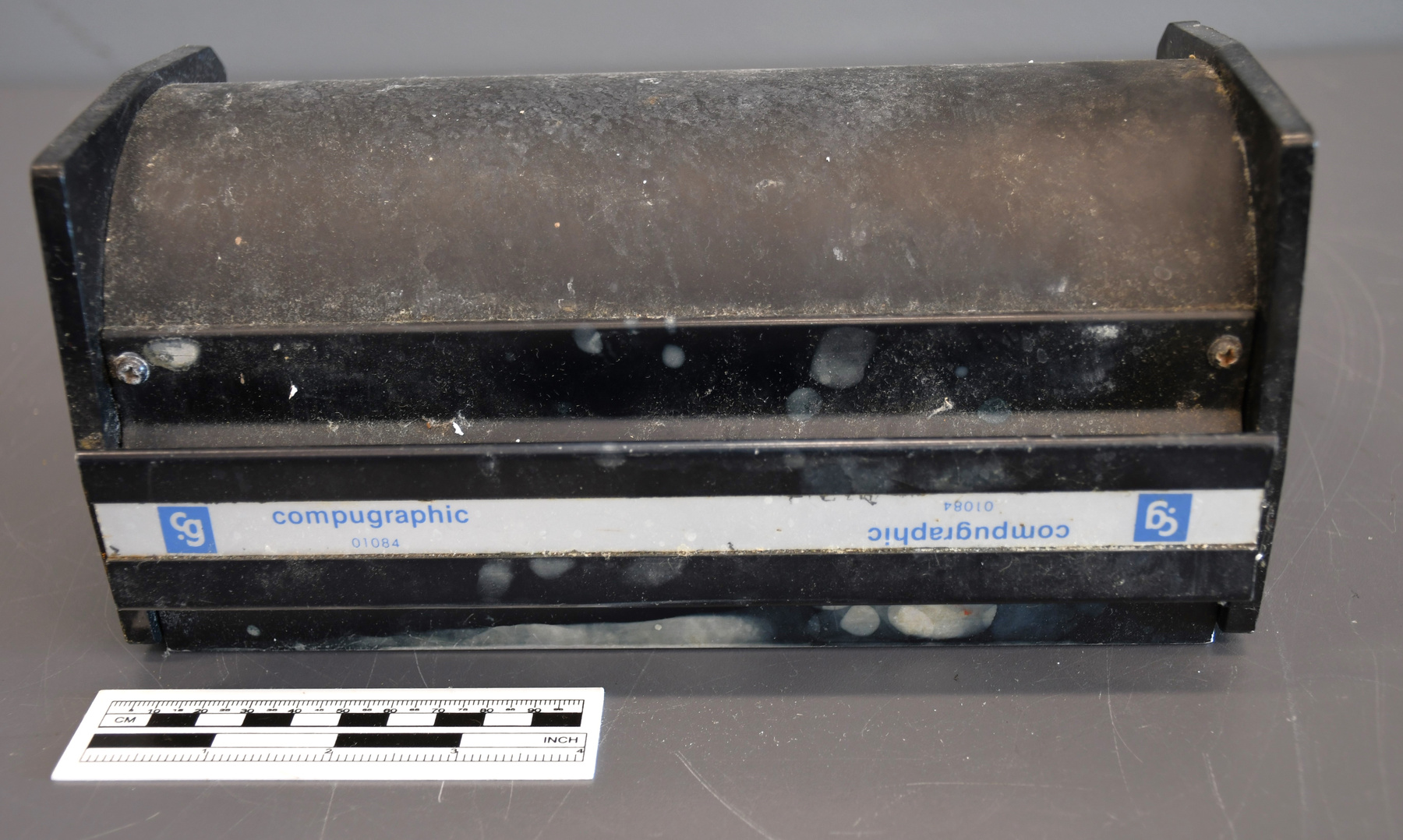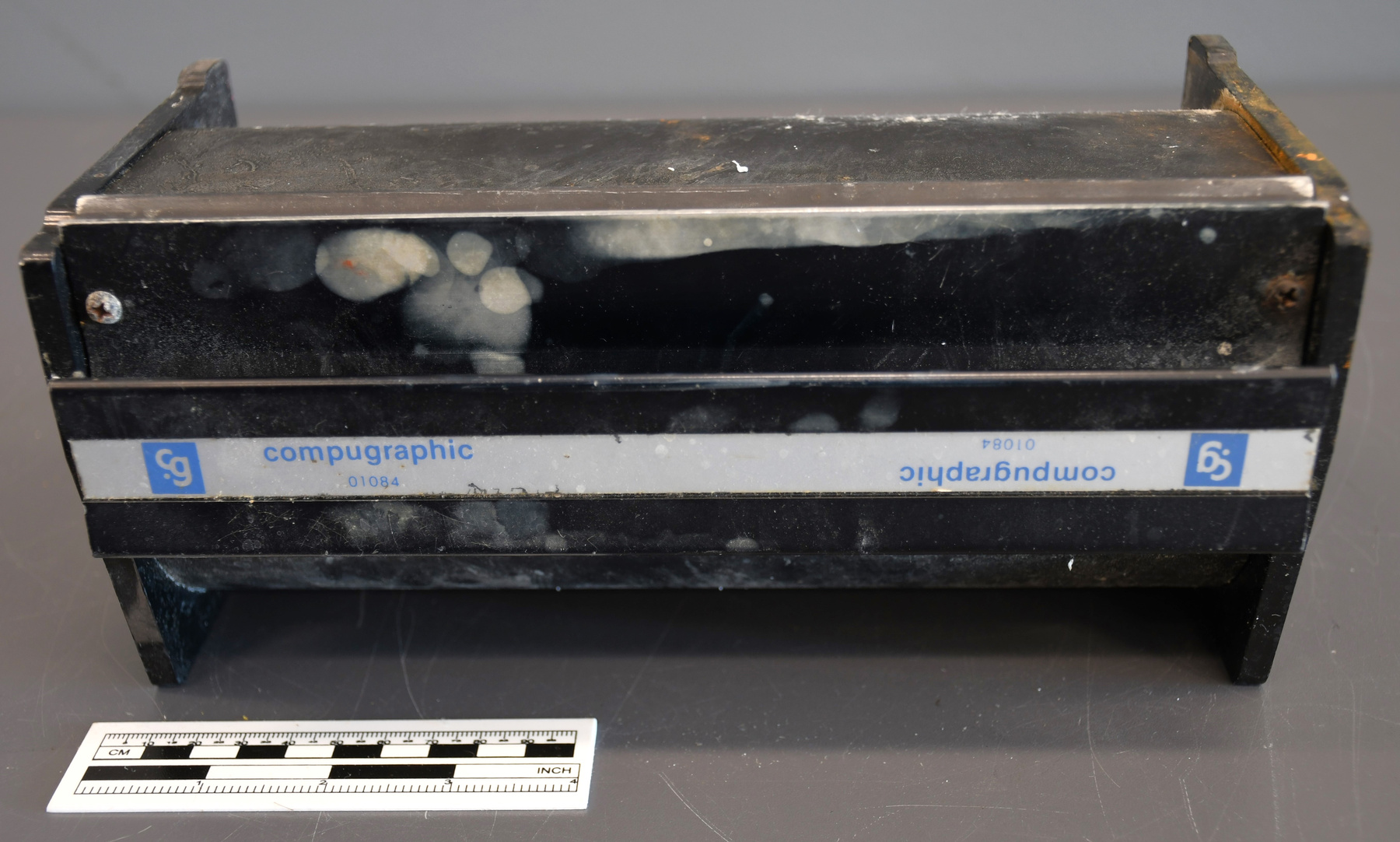Cassette
Use this image
Can I reuse this image without permission? Yes
Object images on the Ingenium Collection’s portal have the following Creative Commons license:
Copyright Ingenium / CC BY-NC-ND (Attribution-NonCommercial 4.0 International (CC BY-NC 4.0)
ATTRIBUTE THIS IMAGE
Ingenium,
2003.1167.004
Permalink:
Ingenium is releasing this image under the Creative Commons licensing framework, and encourages downloading and reuse for non-commercial purposes. Please acknowledge Ingenium and cite the artifact number.
DOWNLOAD IMAGEPURCHASE THIS IMAGE
This image is free for non-commercial use.
For commercial use, please consult our Reproduction Fees and contact us to purchase the image.
- OBJECT TYPE
- typesetter
- DATE
- 1971–1975
- ARTIFACT NUMBER
- 2003.1167.004
- MANUFACTURER
- Compugraphic Corp.
- MODEL
- Unknown
- LOCATION
- Wilmington, Massachusetts, United States of America
More Information
General Information
- Serial #
- N/A
- Part Number
- 4
- Total Parts
- 8
- AKA
- N/A
- Patents
- N/A
- General Description
- An object comprised of metal and synthetic material/Un objet fait avec des éléments en métal et synthétique.
Dimensions
Note: These reflect the general size for storage and are not necessarily representative of the object's true dimensions.
- Length
- 12.7 cm
- Width
- 24.1 cm
- Height
- 11.2 cm
- Thickness
- N/A
- Weight
- N/A
- Diameter
- N/A
- Volume
- N/A
Lexicon
- Group
- Printing
- Category
- Typesetting
- Sub-Category
- N/A
Manufacturer
- AKA
- Compugraphic
- Country
- United States of America
- State/Province
- Massachusetts
- City
- Wilmington
Context
- Country
- Canada
- State/Province
- Ontario
- Period
- This artifact was purchased in the early to mid 1970s.
- Canada
-
The CompuWriter was the first inexpensive direct-entry text phototypesetter incorporating an integrated keyboard. There was no need for paper tape or other intermediate technology. Justification, character width, line length and other values were all set on the console with little need to key in coding. Film strips were installed on a rotating drum and brought before a lens for exposure. The output of a machine was paper file which, after processing, could be used for camera-ready paste-up. Le CompuWriter était le premier photocompositeur à entrer des données directes qui incorporait un clavier. Il ne nécessitait pas l'utilisation d'un ruban de composition ou d'autre technologie pour l'assister dans son travail. La largeur des caractères, la longueur des lignes, la justification et d'autres spécifications pouvaient être prédéterminés sur la console avec peu d'obligation de programmation manuelle. Des bandes de films étaient installés sur un tambour rotatif et ils étaient apportés en avant d’une lentille pour une durée d'exposition. La sortie de la machine produisait un fichier en papier qui pouvait être utilisé pour des montages des prêts-photos. - Function
-
This cassette was designed to store a roll of photographic paper after lines of typed font had been recorded on it. Once the cassette was removed from the typesetter the paper could be placed in a photographic processor in a darkroom to develop the type. Ce chargeur est conçu pour tenir un rouleau de papier photographique après que des liges de caractères ont été inscrit comme commande sur une composeuse avec un clavier. Quand le chargeur est enlevé de la composeuse le papier pouvait être placé dans une chambre noire pour développer les caractères avec l'aide d'un préposé au traitement de films photographiques. - Technical
-
This artifact was purchased by the donor in the 1970’s for typesetting in his publishing business, Museum Restoration Service (military history). The publishing business was situated in Bloomfield, Ontario. “For the first time in history the small printing and typesetting companies could participate in the use of new electronic technology for a manageable investment”. This factor was one of many that led to the donor acquiring his typesetter. He paid approximately 5,000$ and the cheapest competitor had its model starting at 30, 000$. It was claimed that Compugraphic and the CompuWriter in particular altered both the perceptions and expectations of the printing industry, establishing photosetting as a common industrial process. Cet artefact a été acheté par le donateur dans les années 1970s pour la composition avec son entreprise d'édition nommée ‟Museum Restoration Service” situé à Bloomfield en Ontario. “Pour la première fois dans l'histoire les petites entreprises d'imprimerie et d'édition avaient l'occasion de faire partie dune nouvelle vague de technologie électronique qui nécessitait un investissement plutôt minimal”. Pour cette raison le donateur a acquis sa composeuse. Il a payé $5000 tandis que modèle le moins cher du compétiteur était $30,000. Le Compugraphic et le CompuWriter ont modifier les perceptions et les attentes de l'industrie d'imprimerie et a établi la photocomposition comme une activité commune dans ce processus. - Area Notes
-
Unknown
Details
- Markings
- The manufacturing sticker reads/L'autocollant du manufacturier lit:"cg,compugraphic/01084, cg,compugraphic/01084,
- Missing
- Appears complete/L'objet a toutes les pièces.
- Finish
- A black cylindrical object made of metal. It has a synthetic cover on either end of the object that are held in place with metal screws. The object has a flat base and a white sticker on its front face that has blue lettering. Un objet cylindrique qui est faite en métal qui est peinturé noir. Il a un couvercle fait en matériel synthétique de la même couleur sur chaque bout de l'artefact. Les couvercles sont tenus en place avec des vis en métal. L'objet a une base aplatie et un autocollant blanc sur son devant qui possède du lettrage bleu.
- Decoration
- N/A
CITE THIS OBJECT
If you choose to share our information about this collection object, please cite:
Compugraphic Corp., Cassette, between 1971–1975, Artifact no. 2003.1167, Ingenium – Canada’s Museums of Science and Innovation, http://collections.ingeniumcanada.org/en/item/2003.1167.004/
FEEDBACK
Submit a question or comment about this artifact.
More Like This
